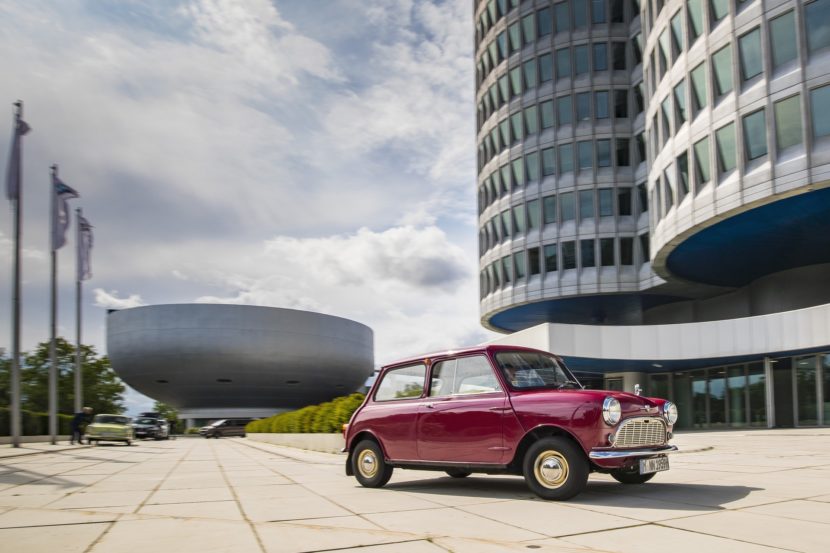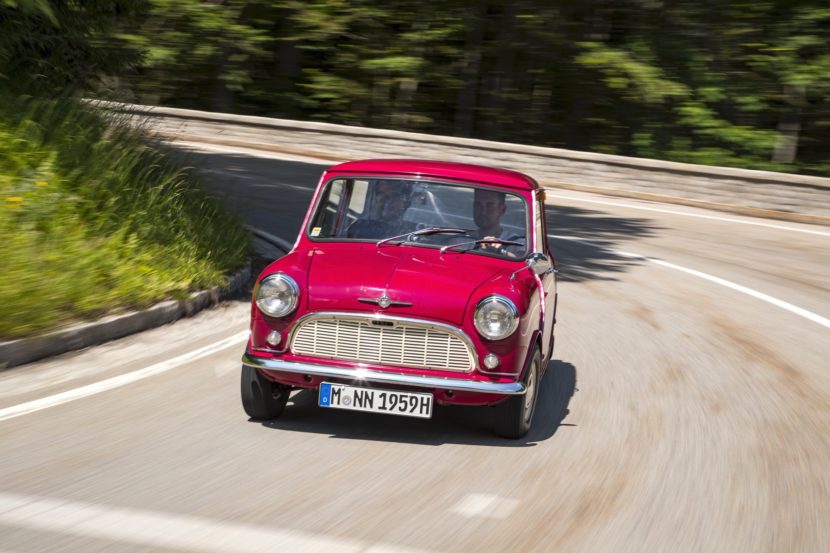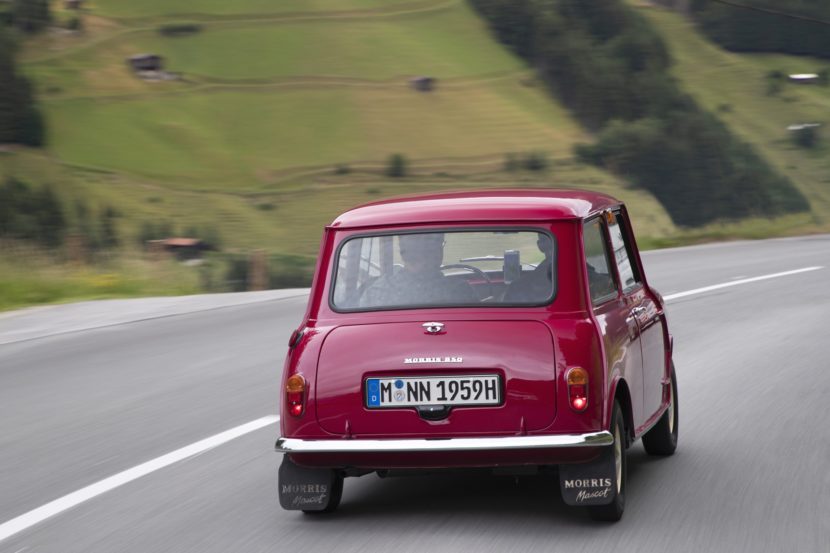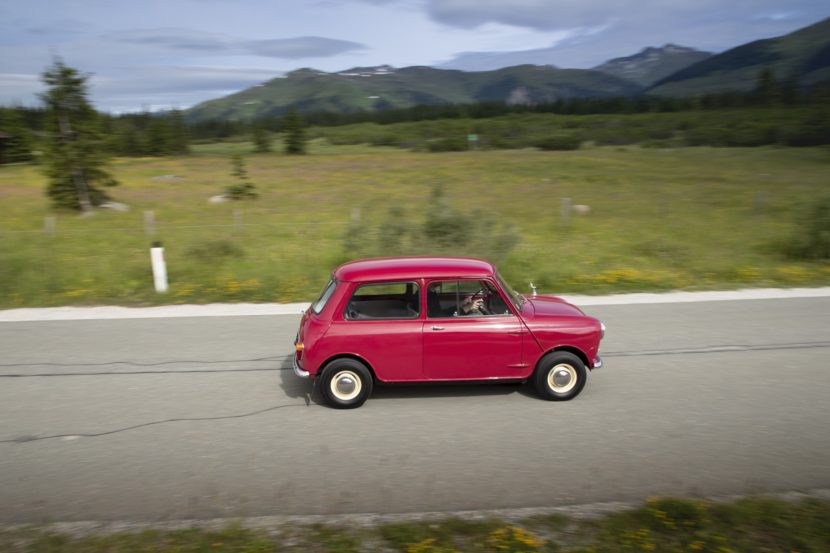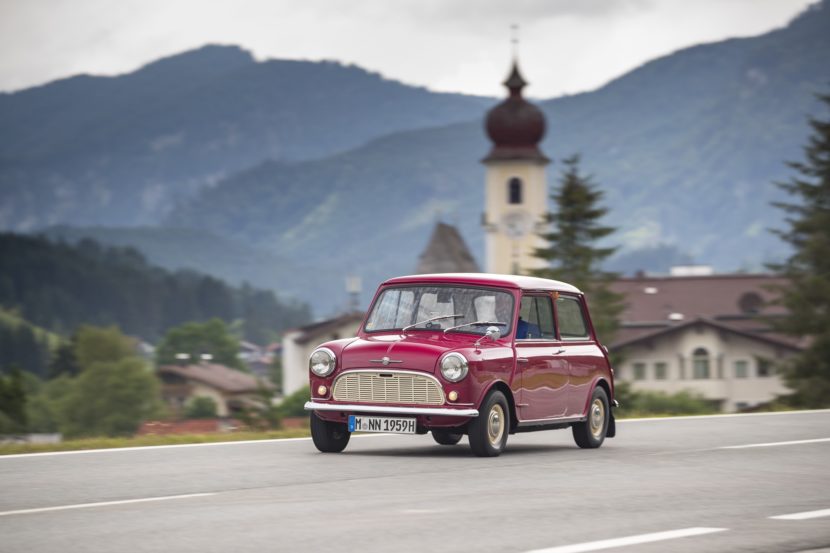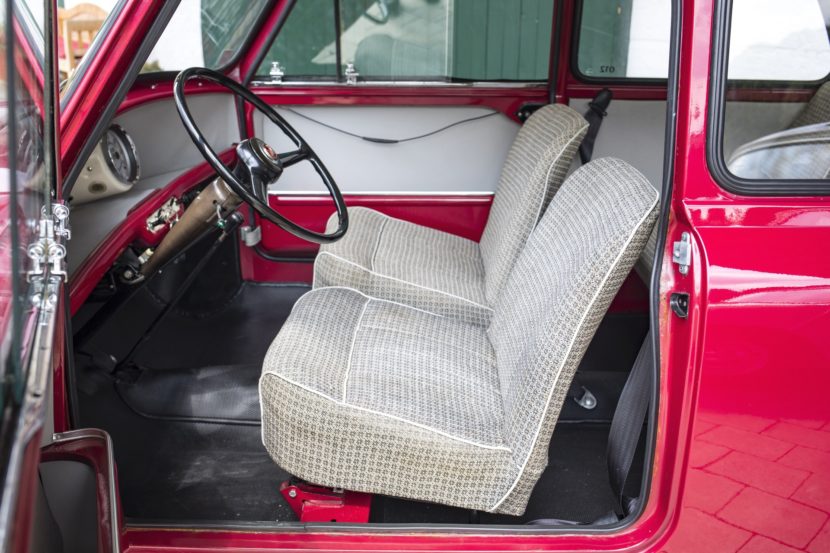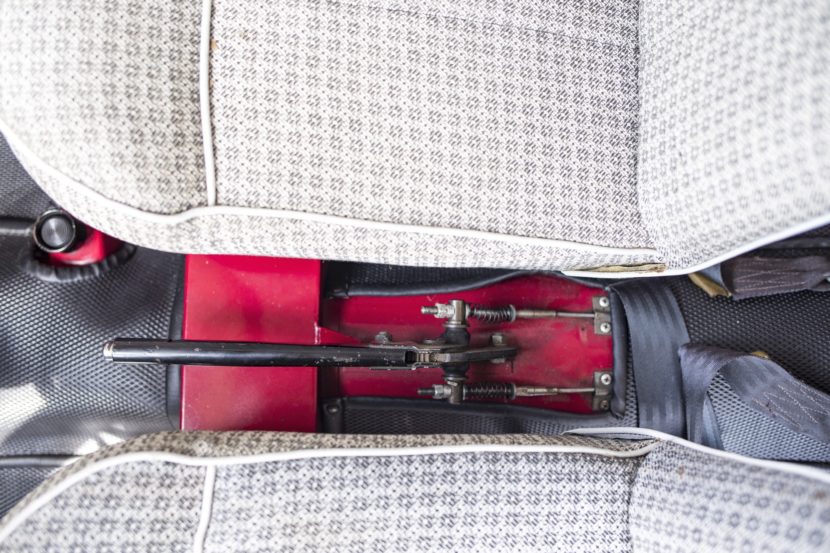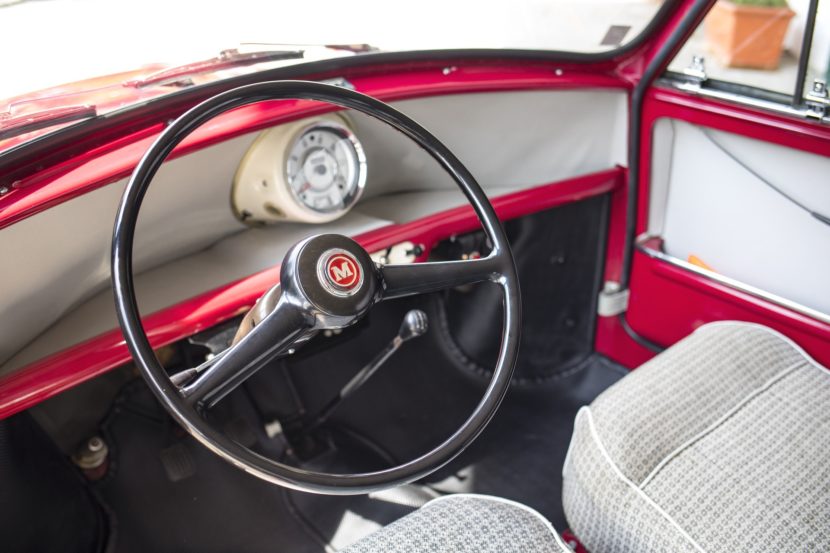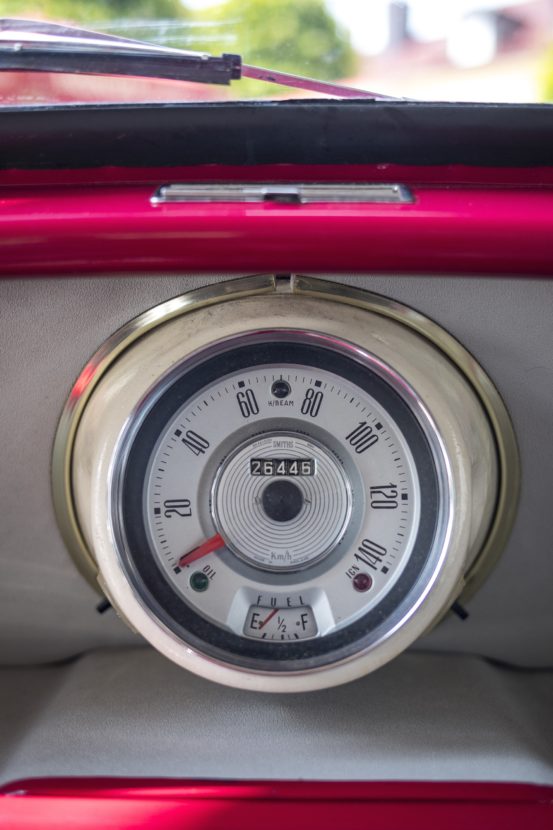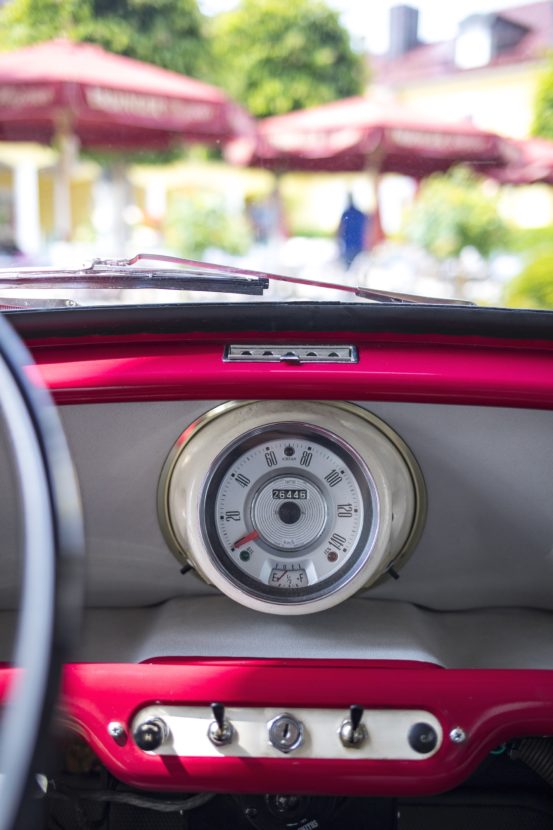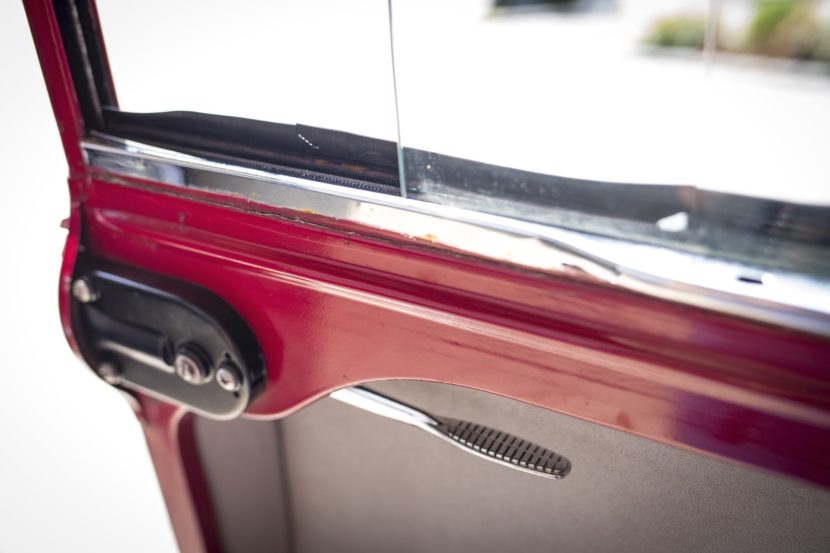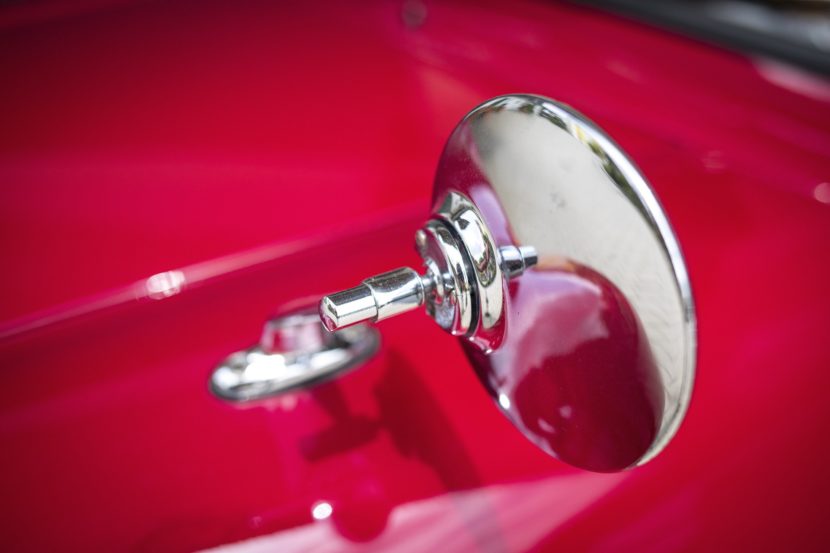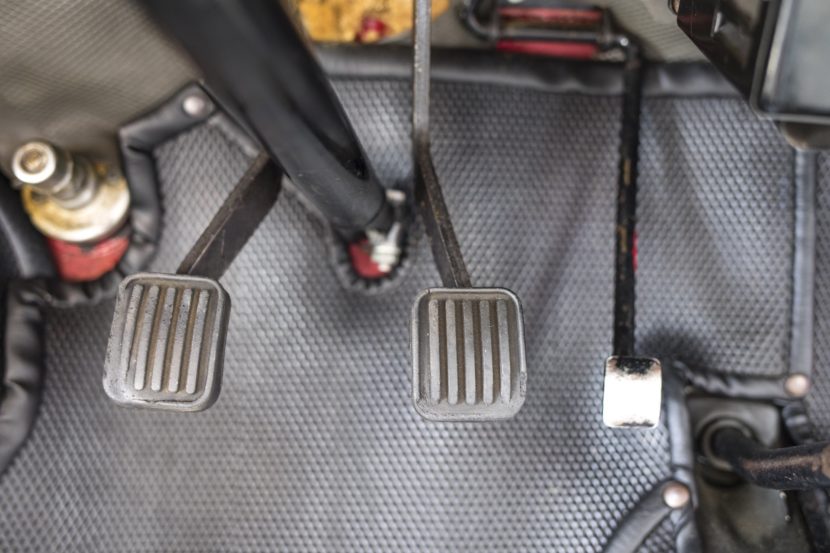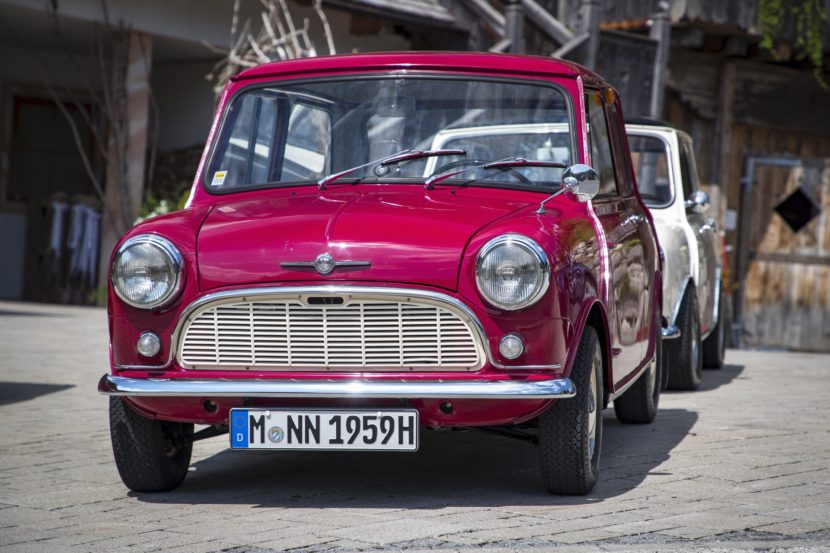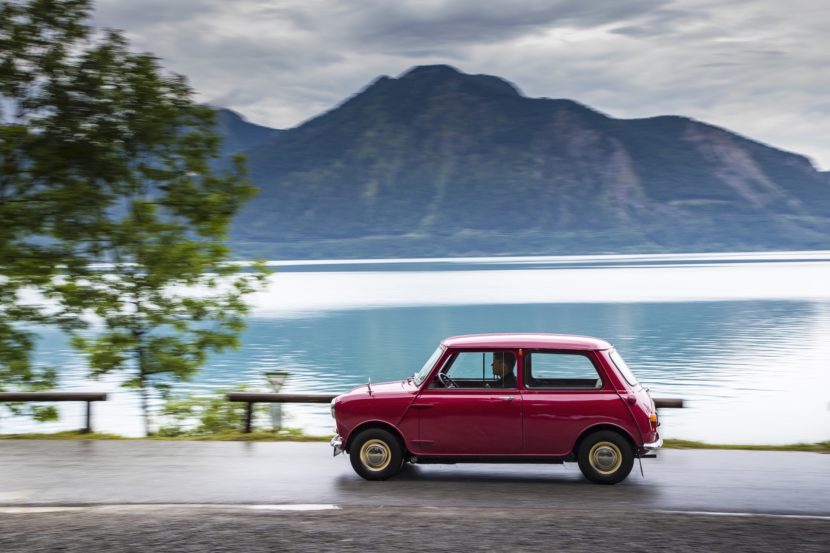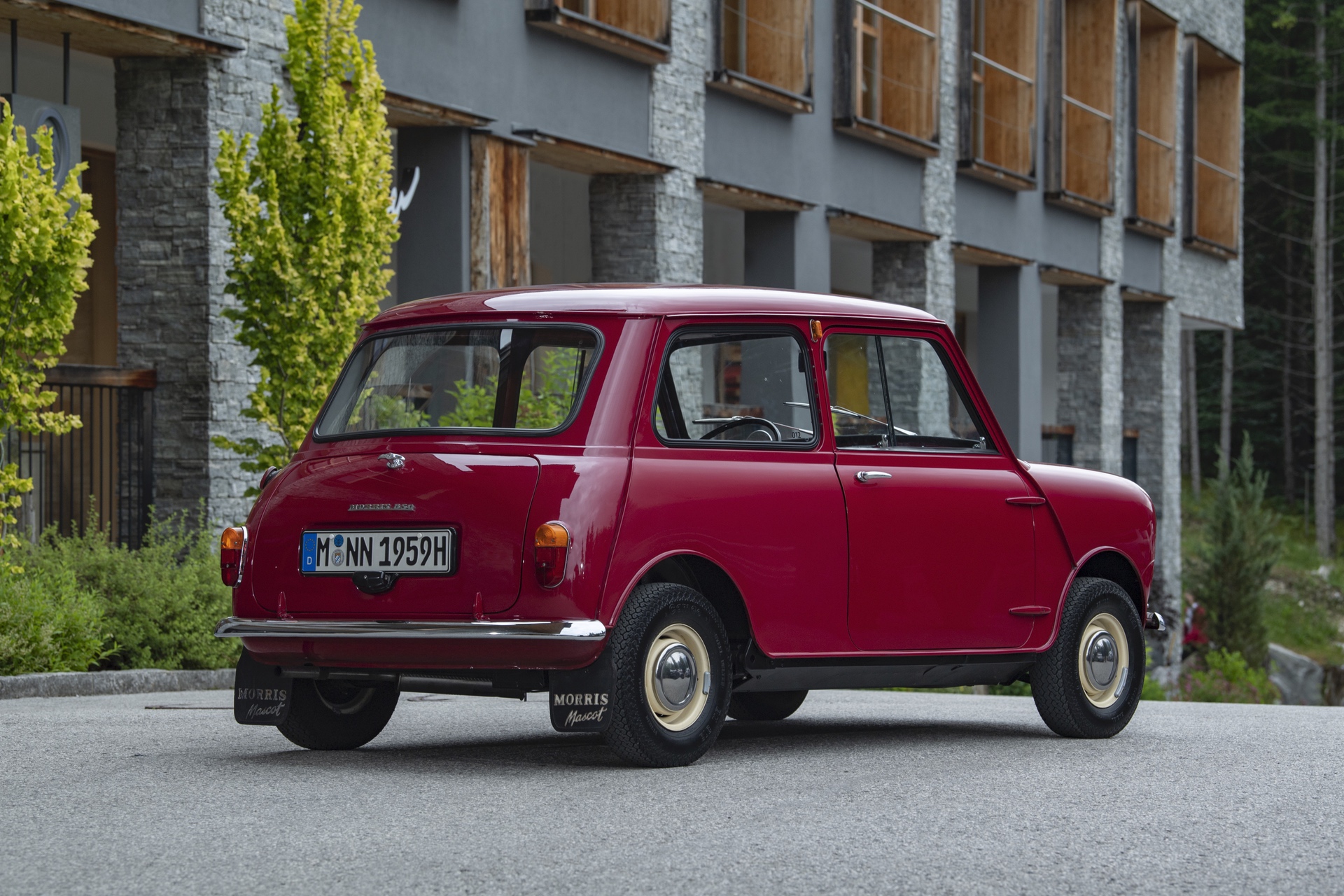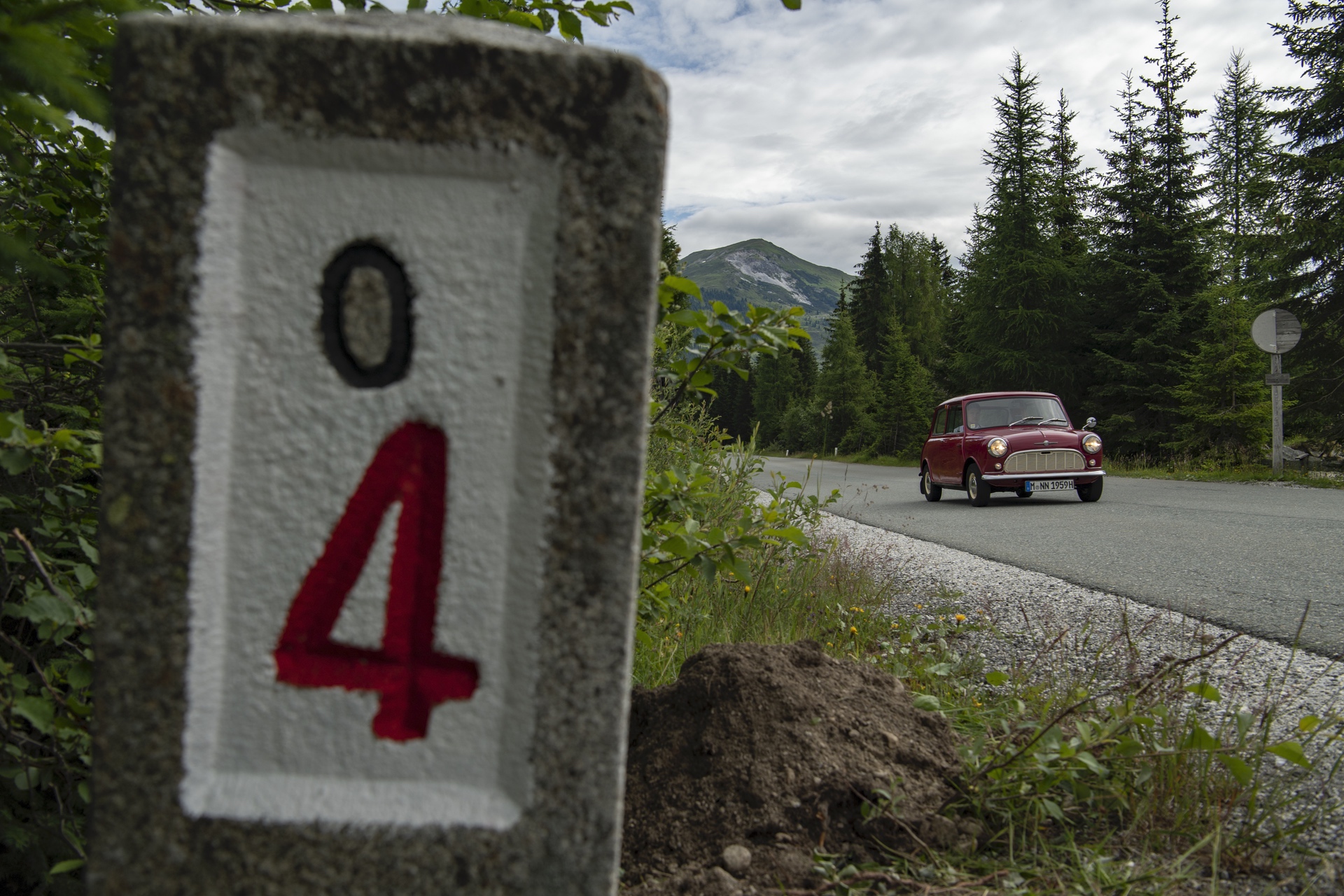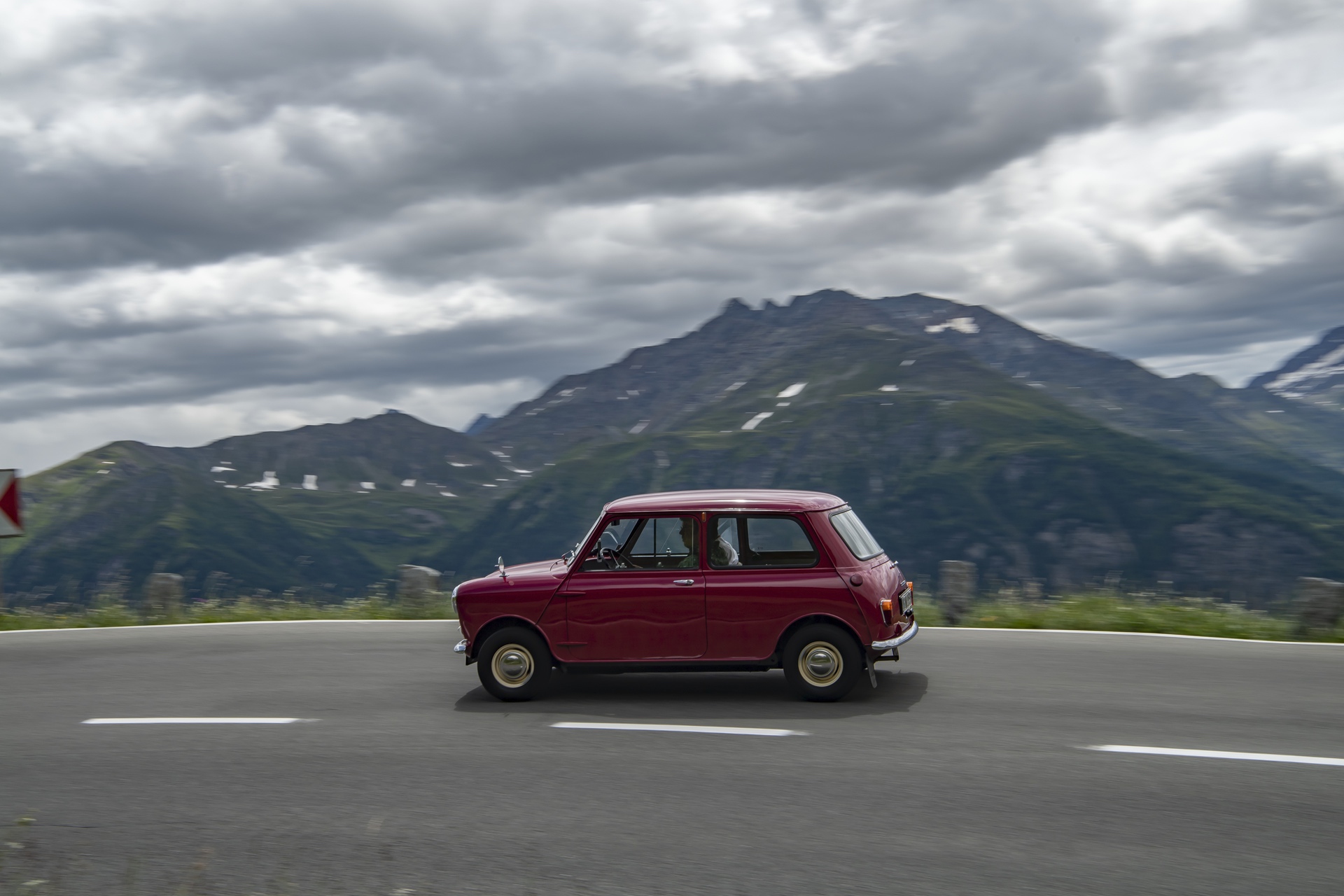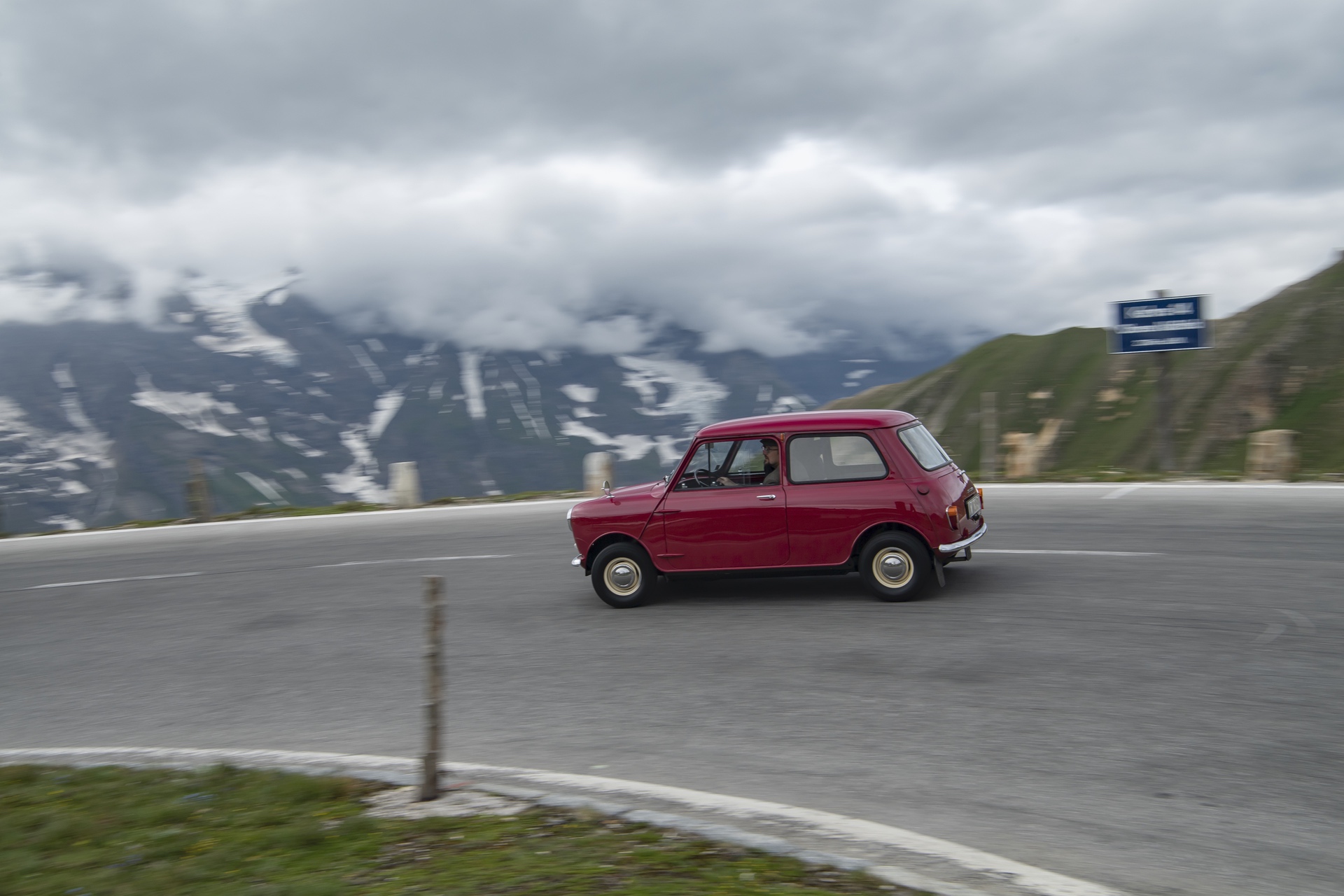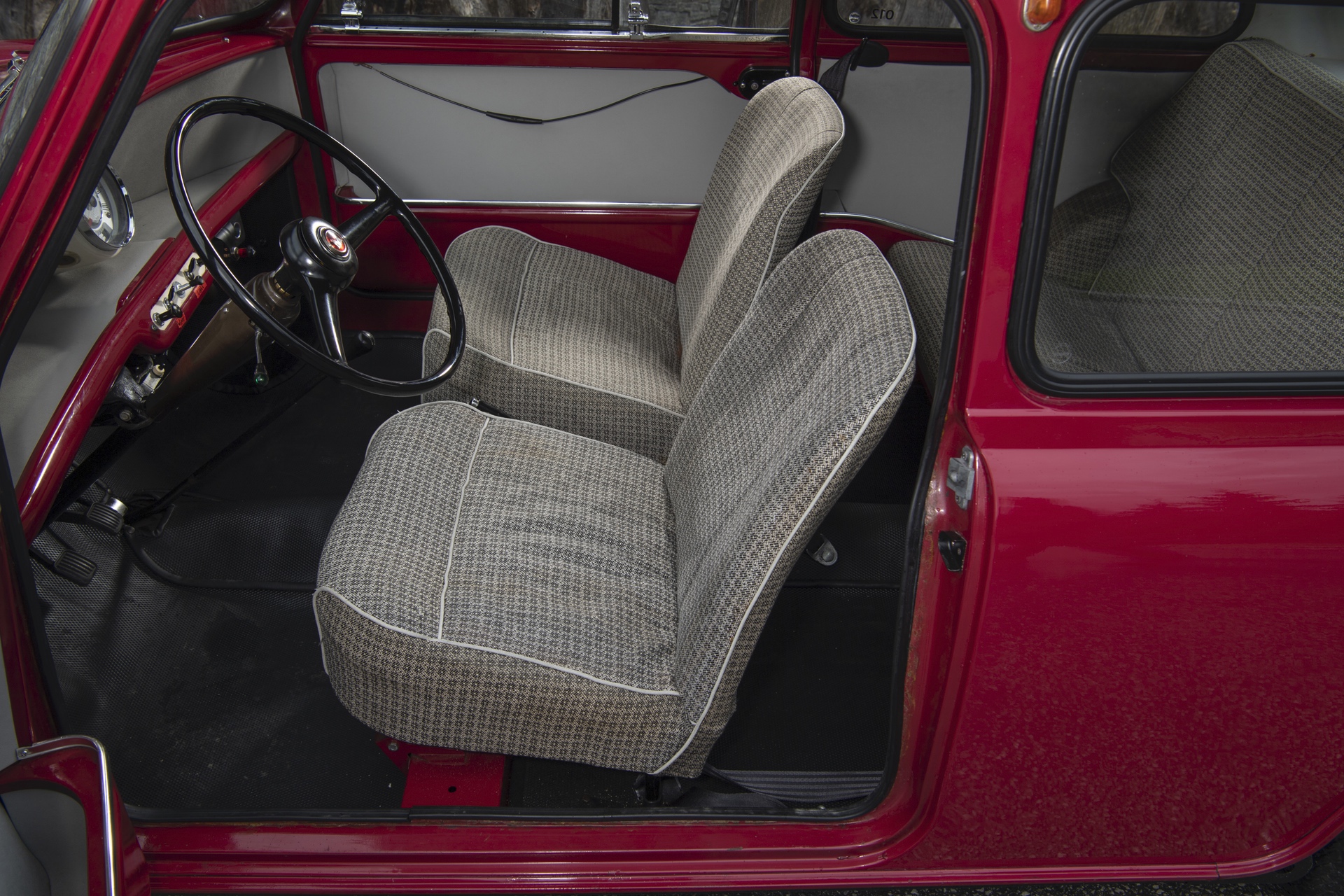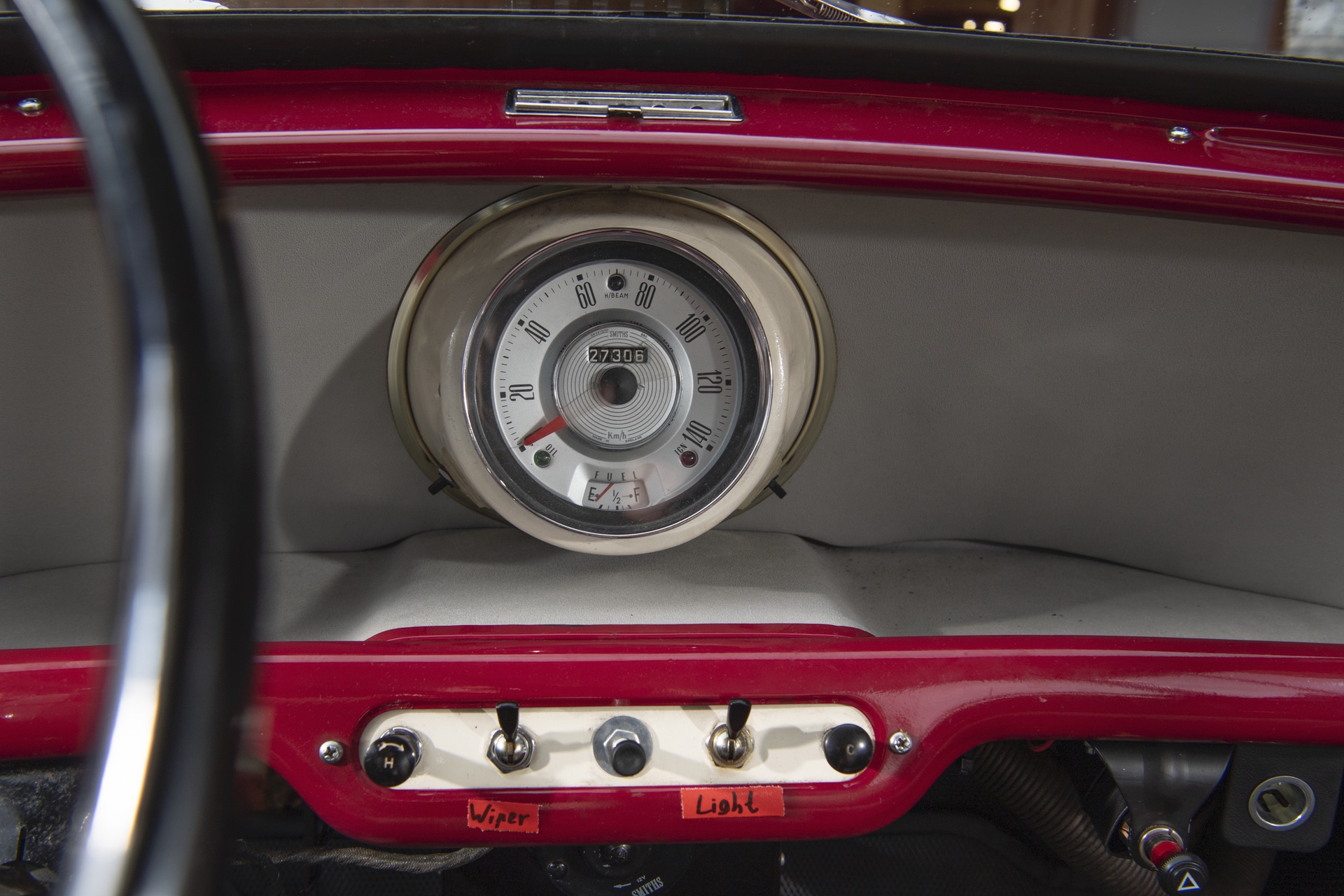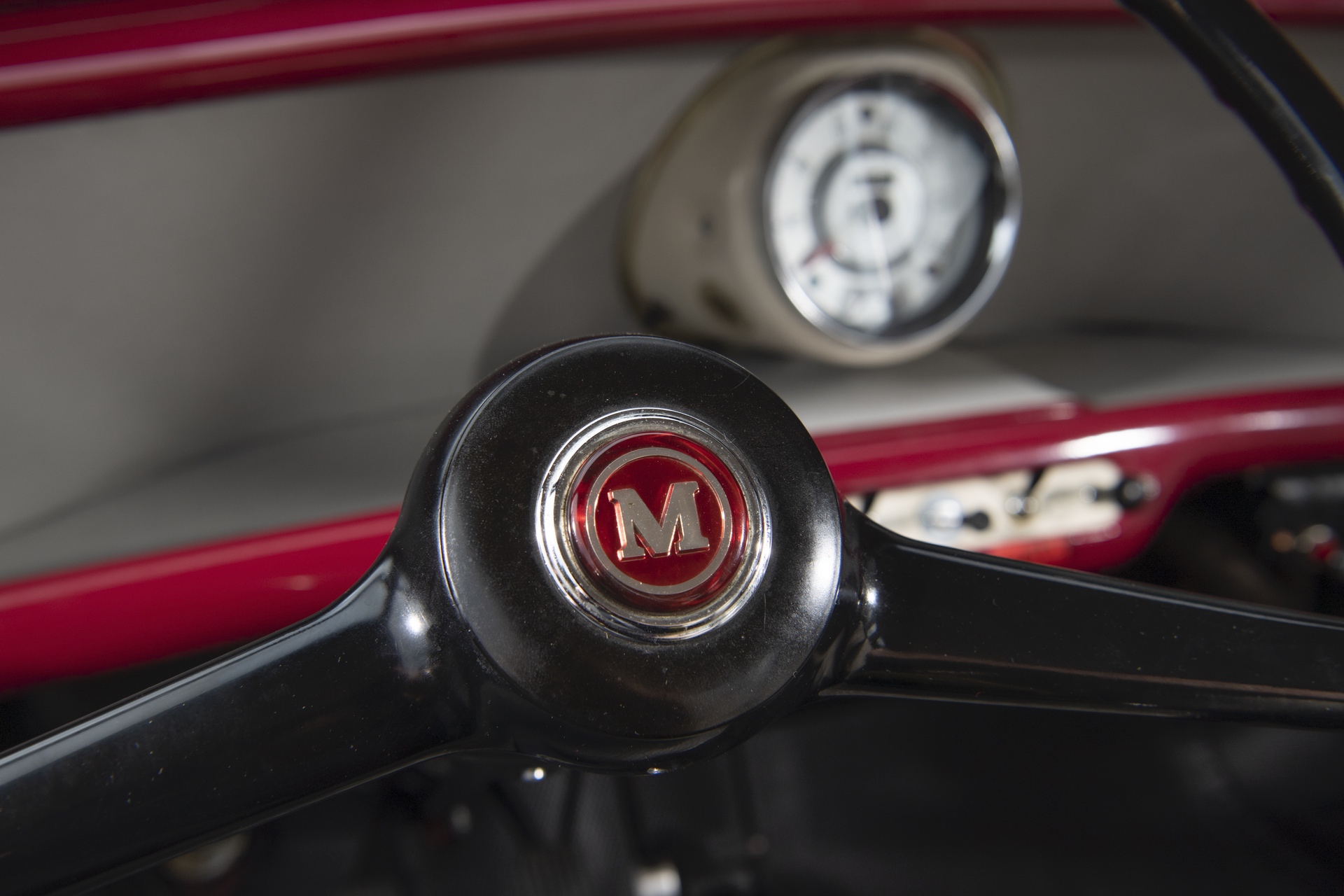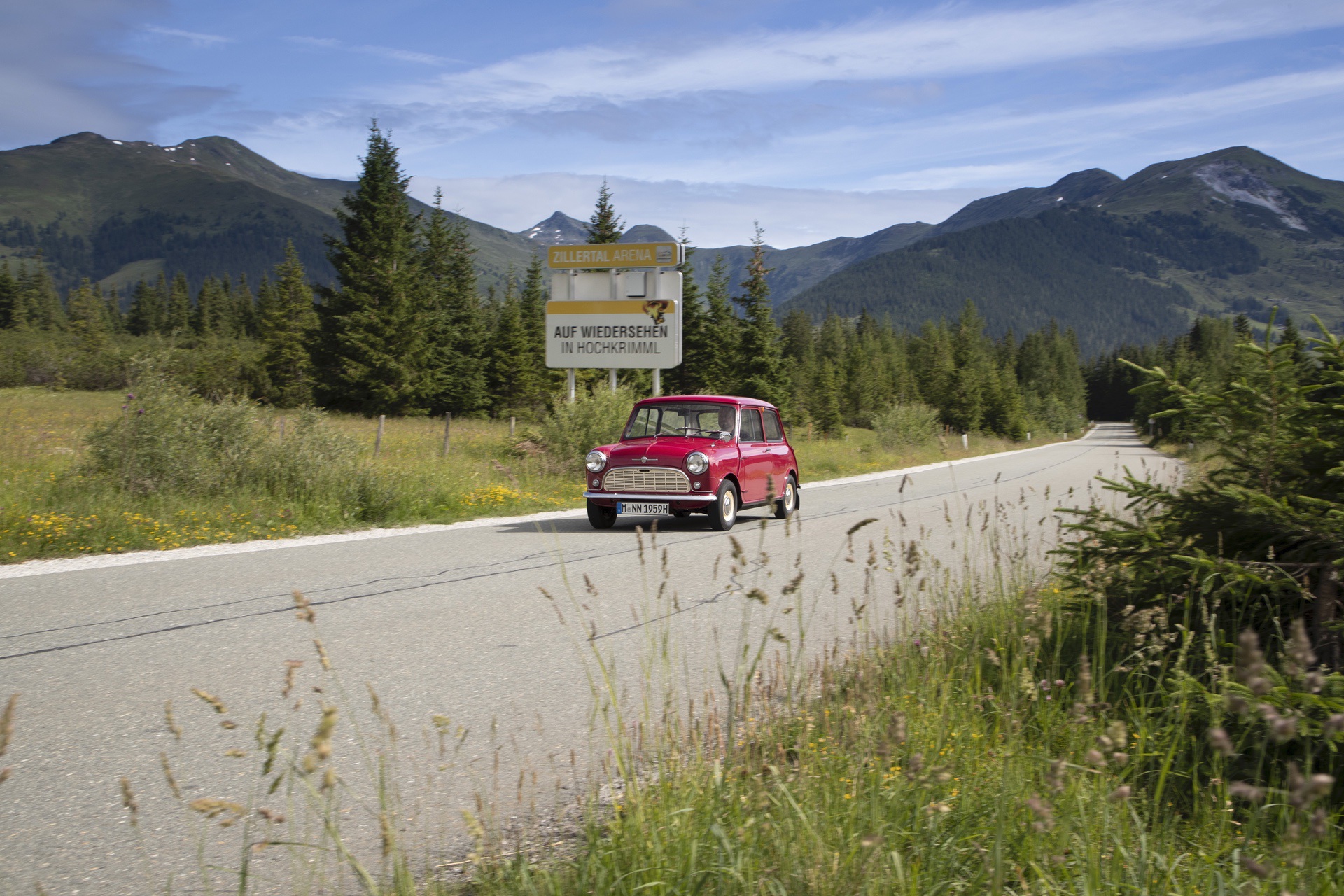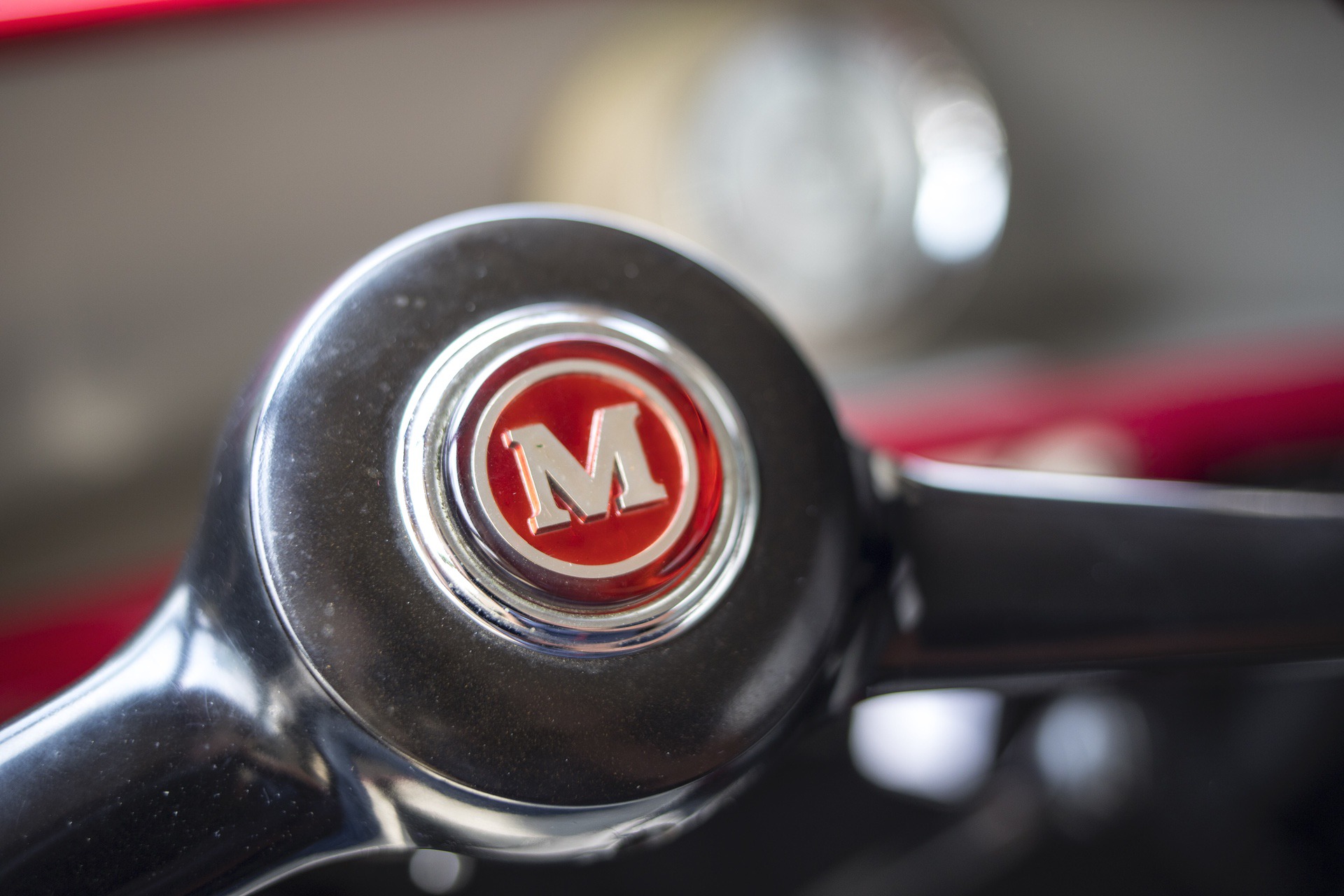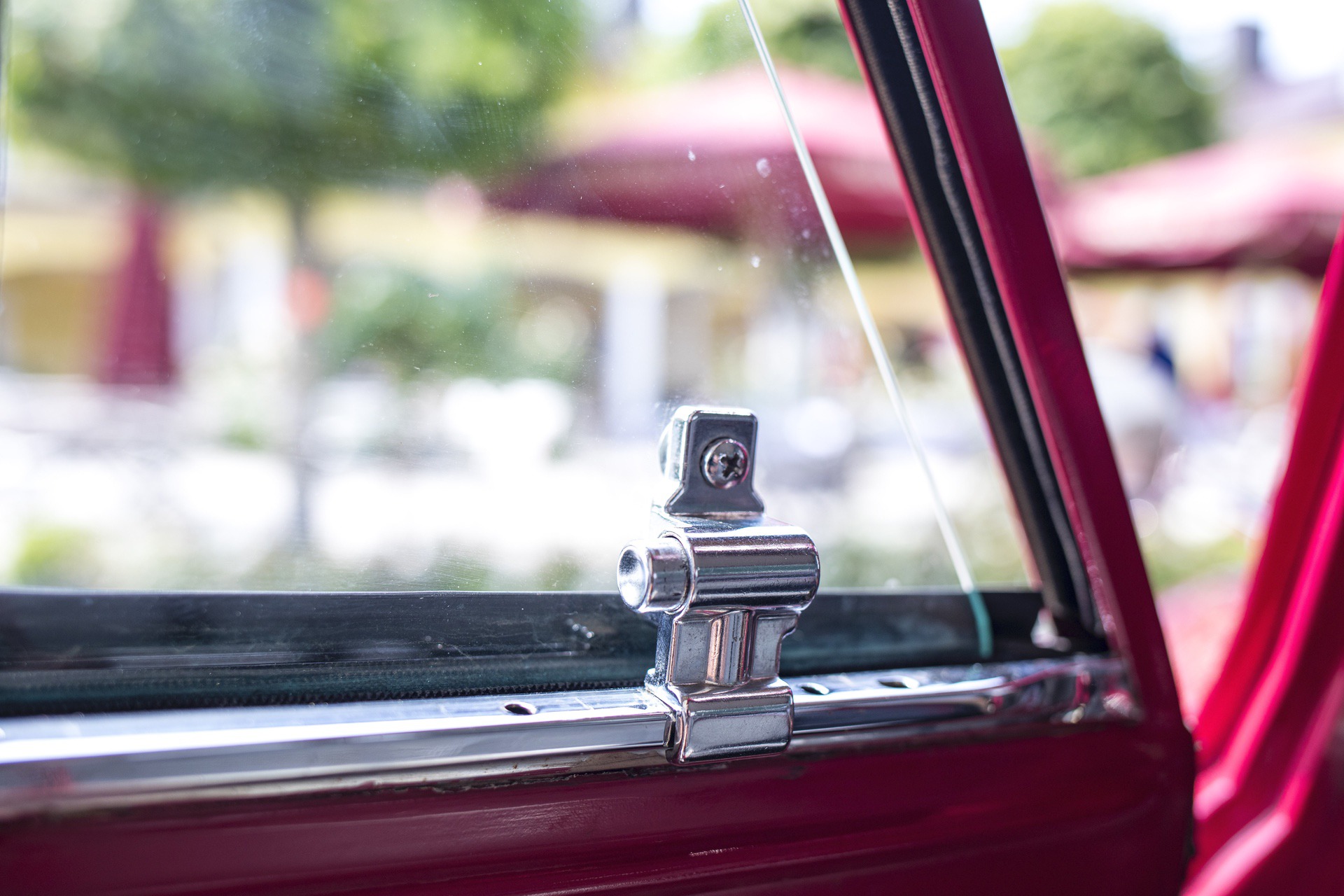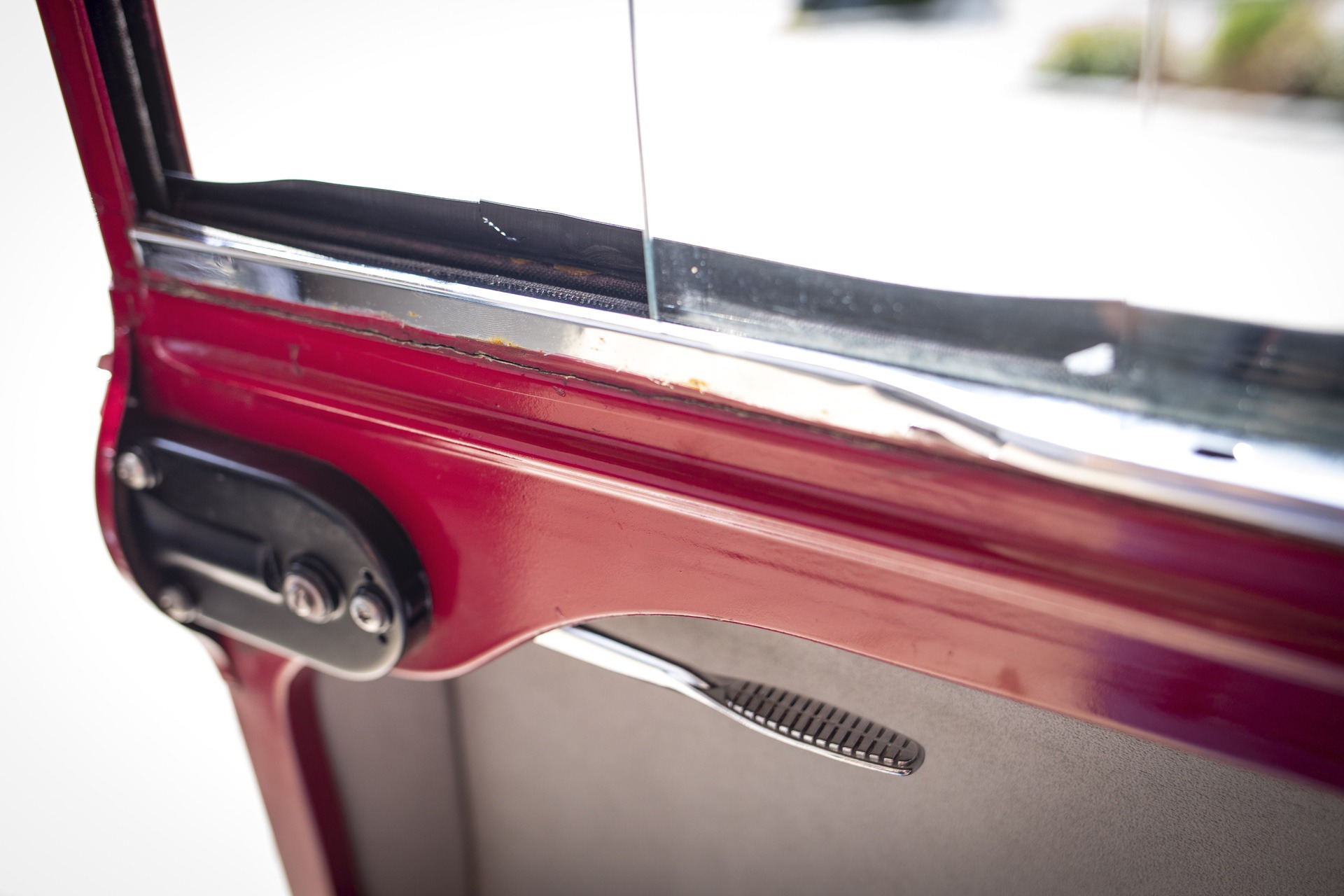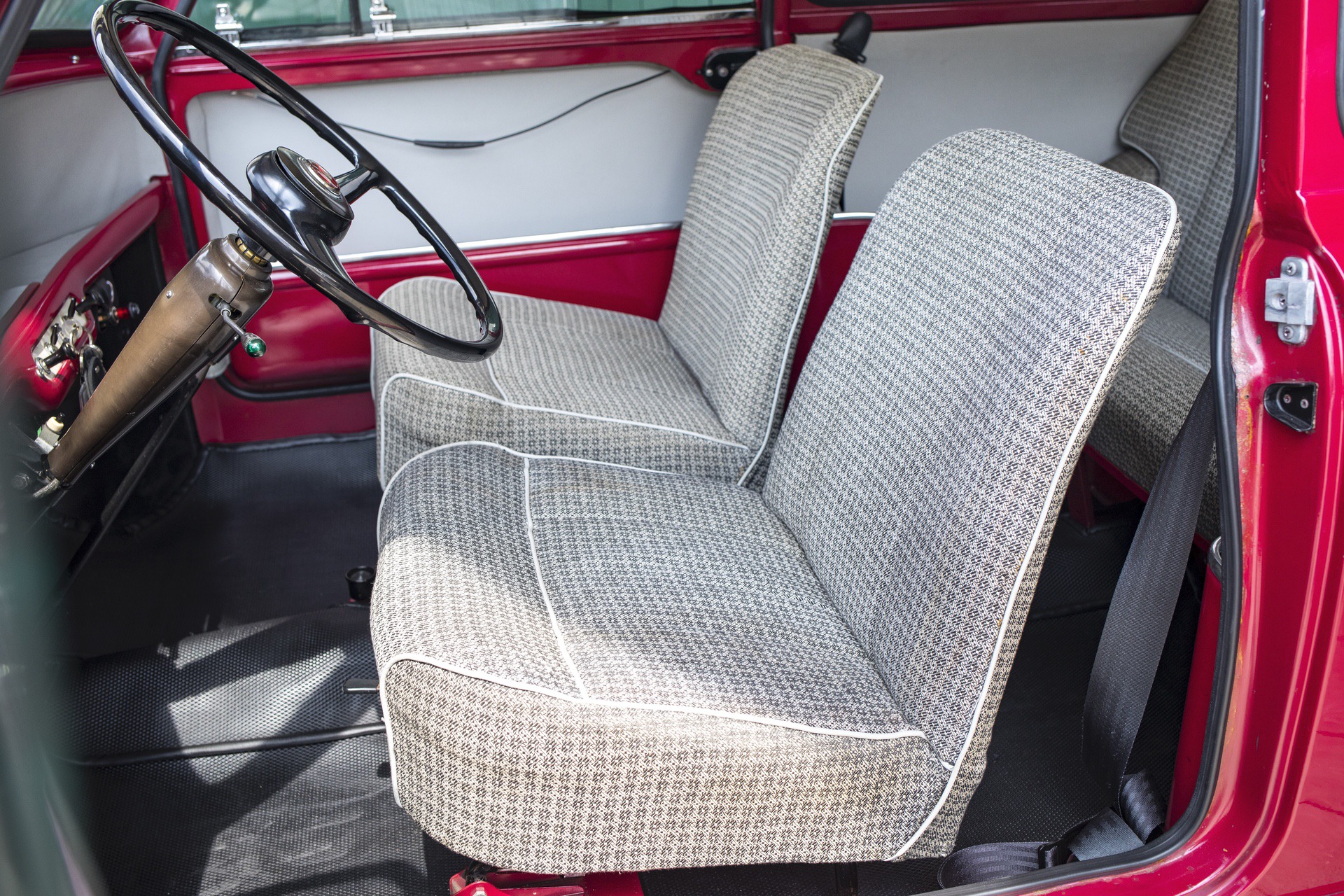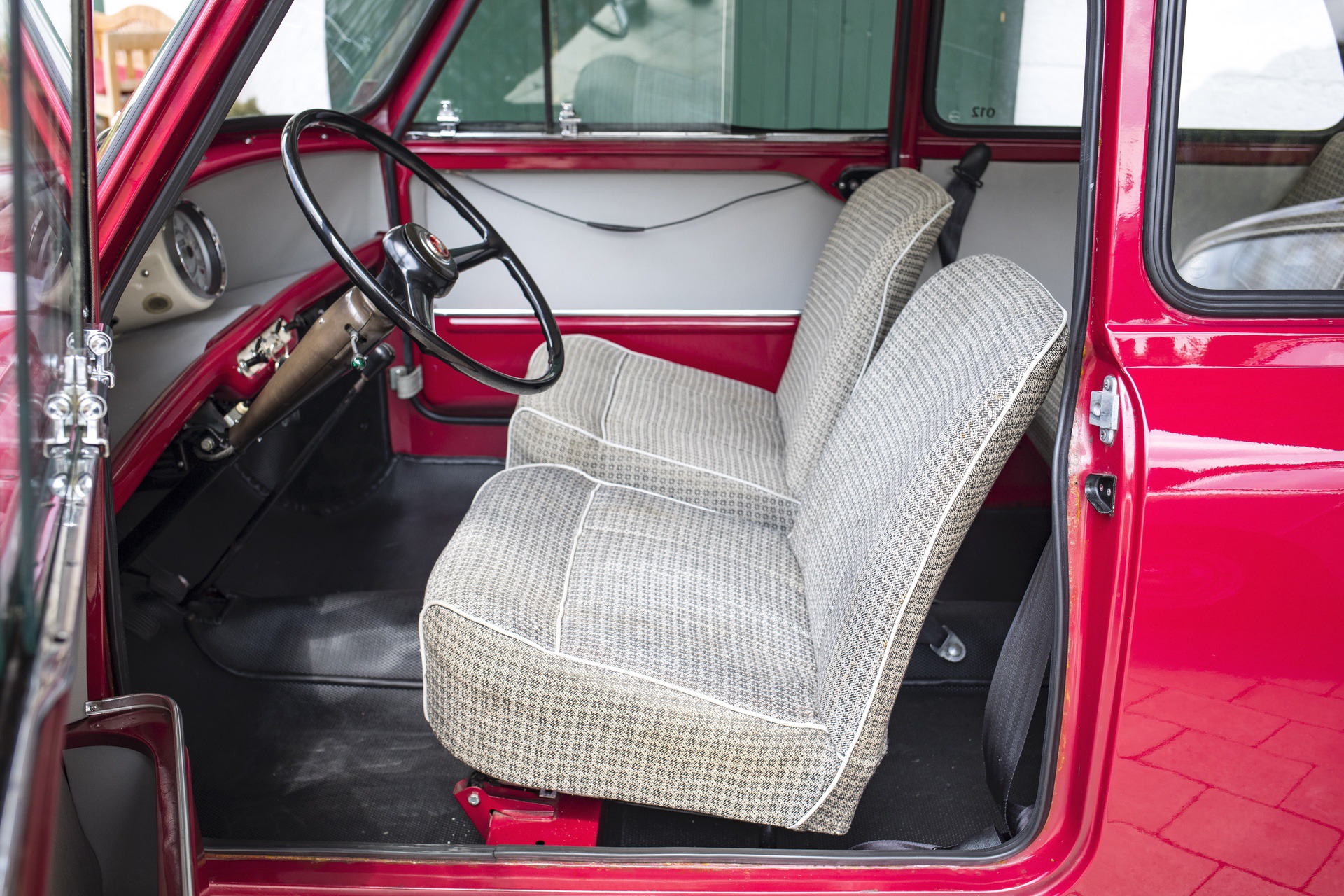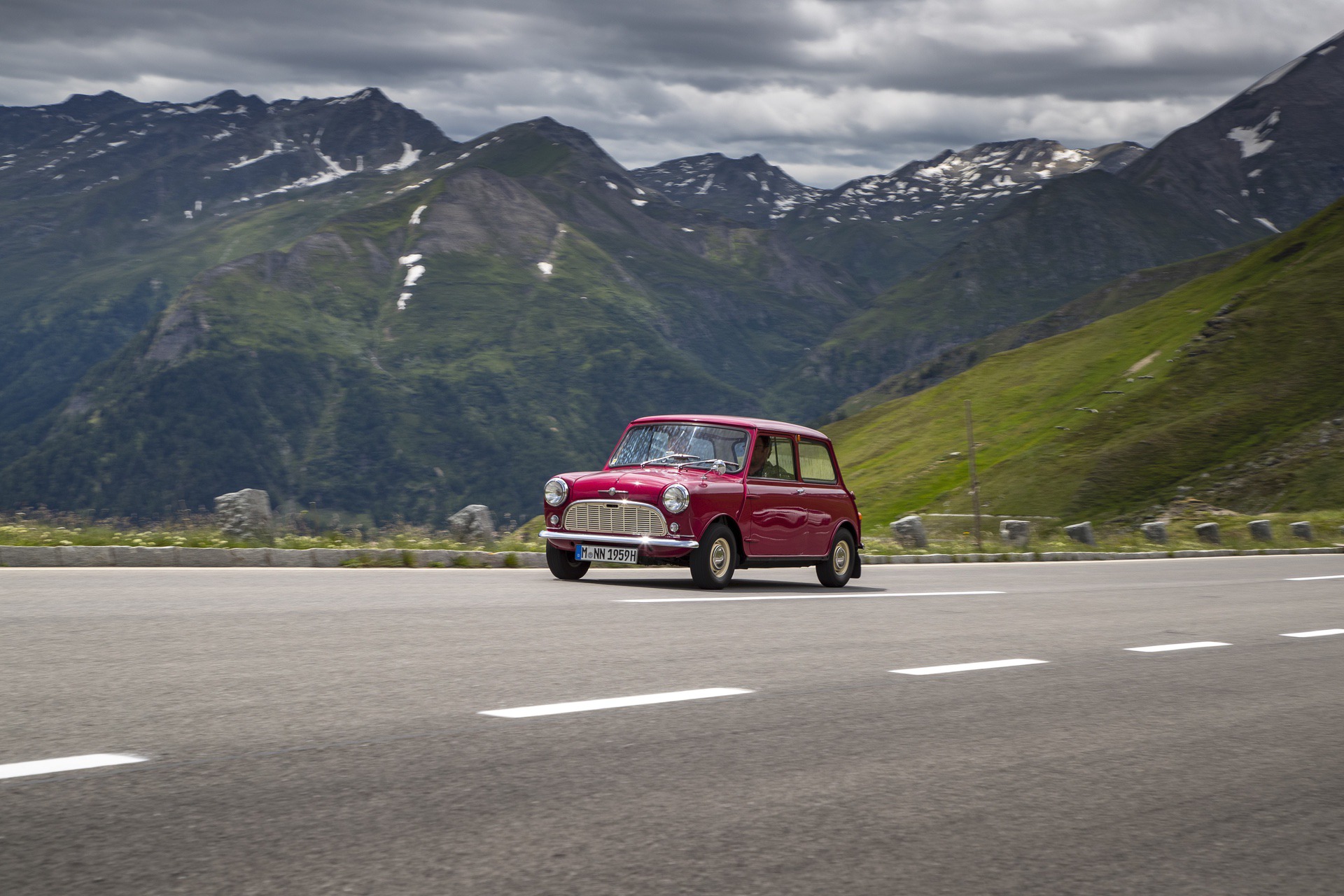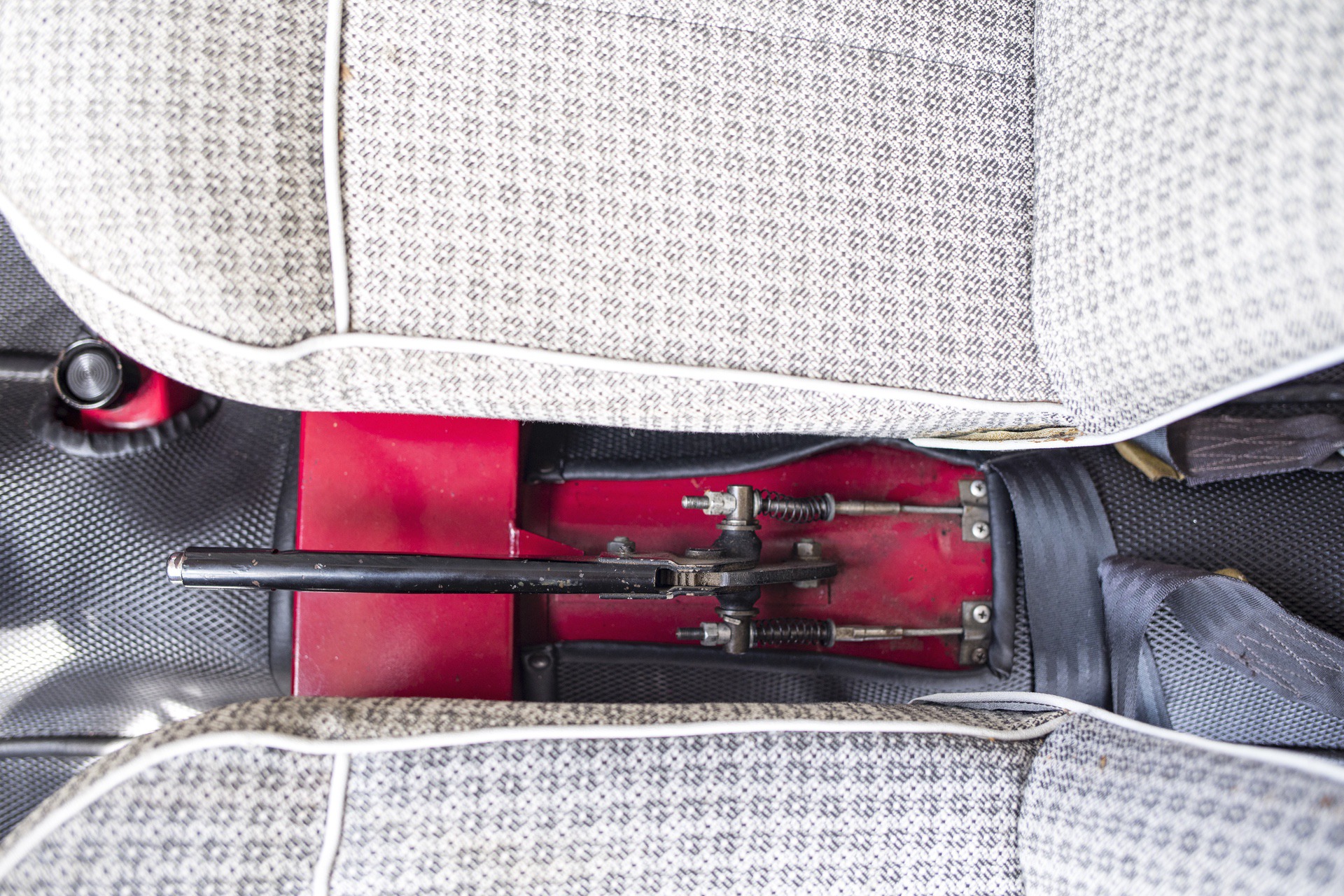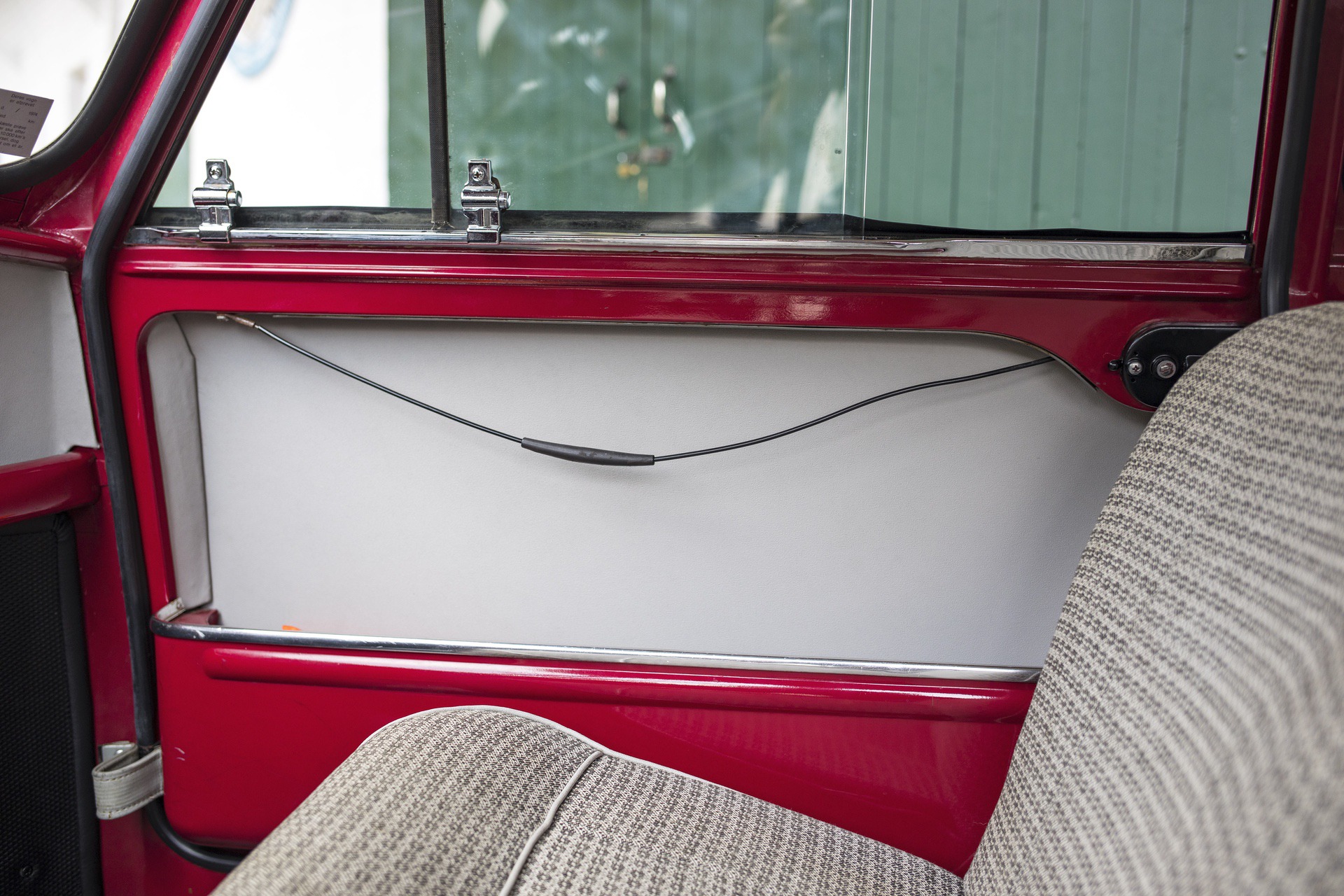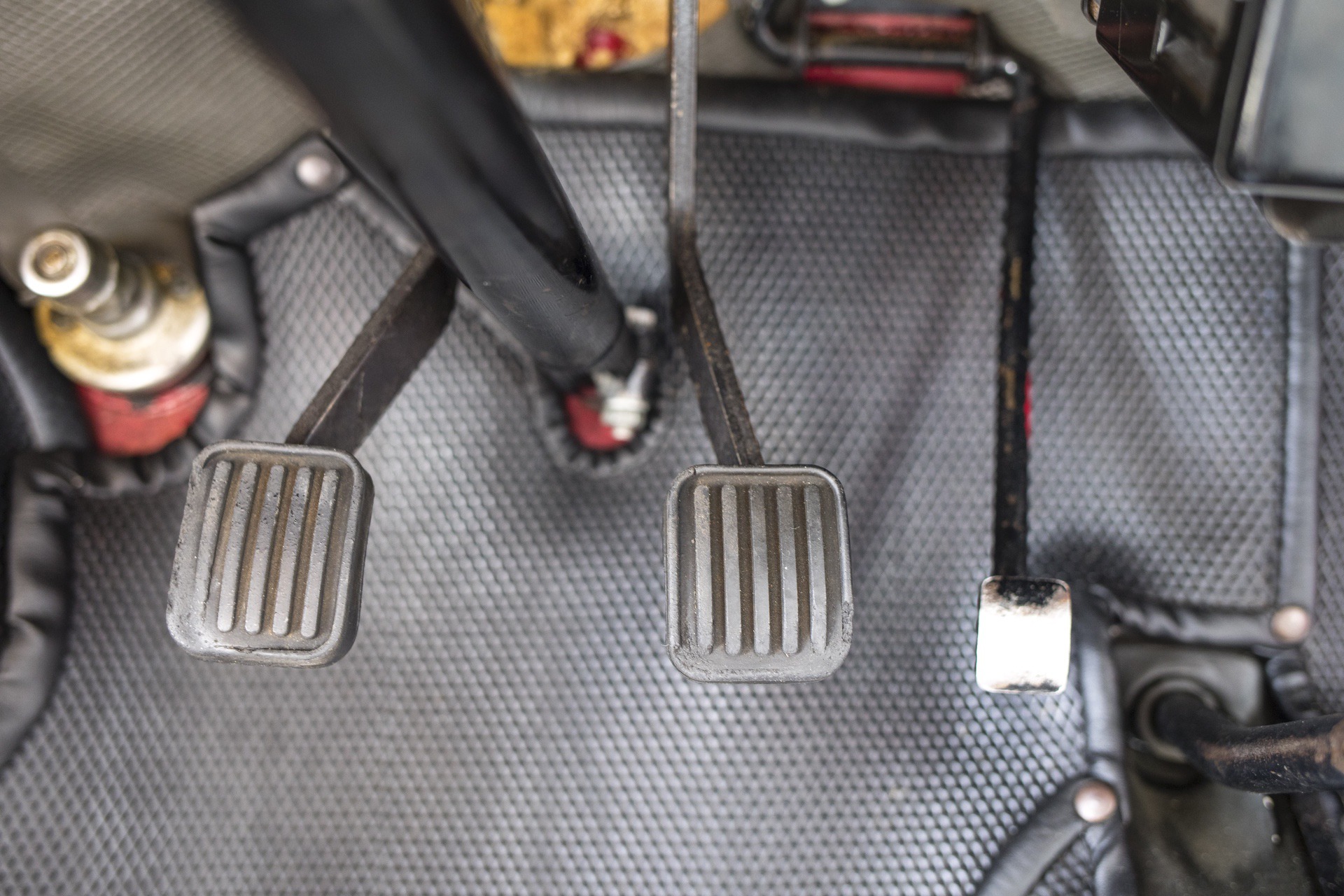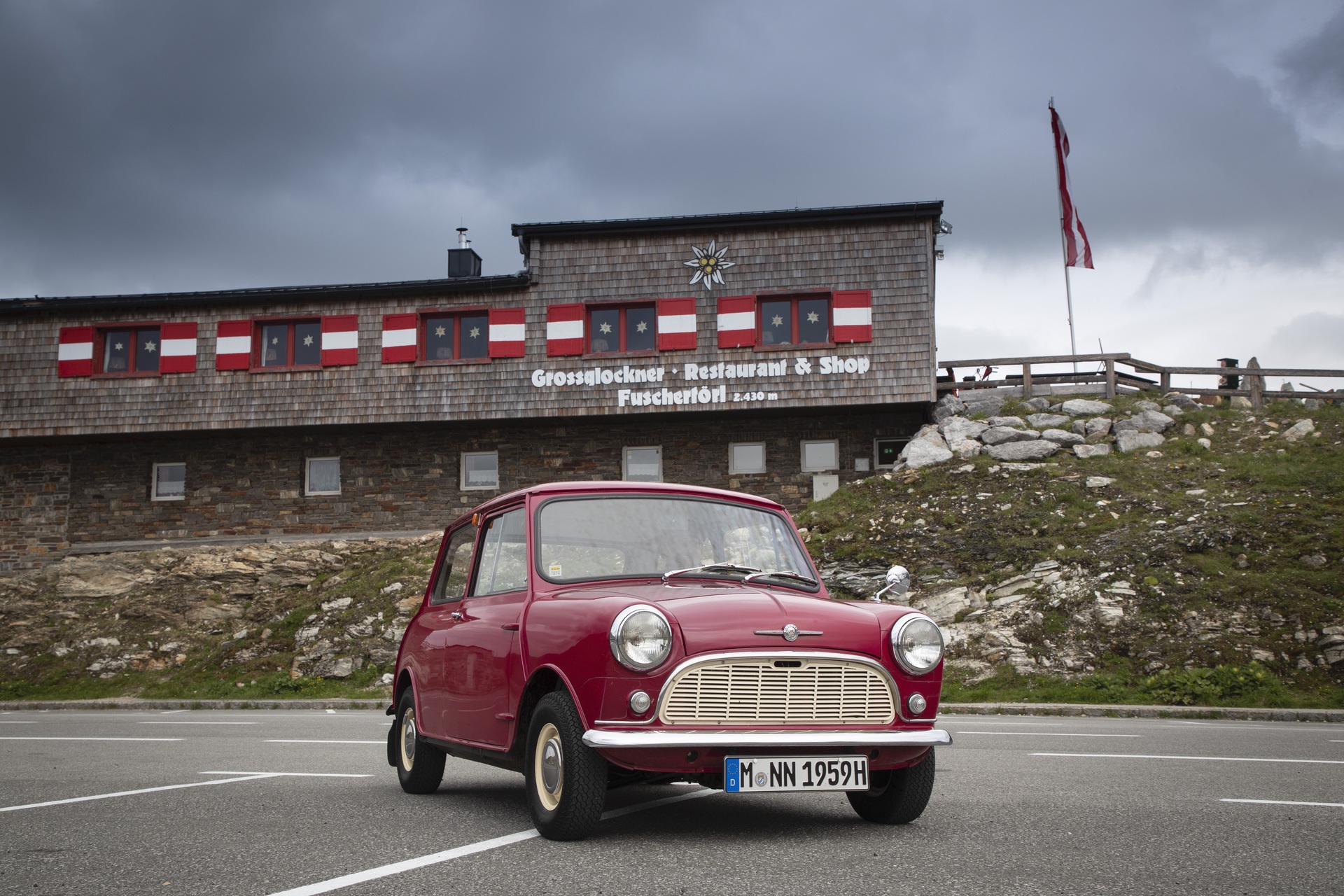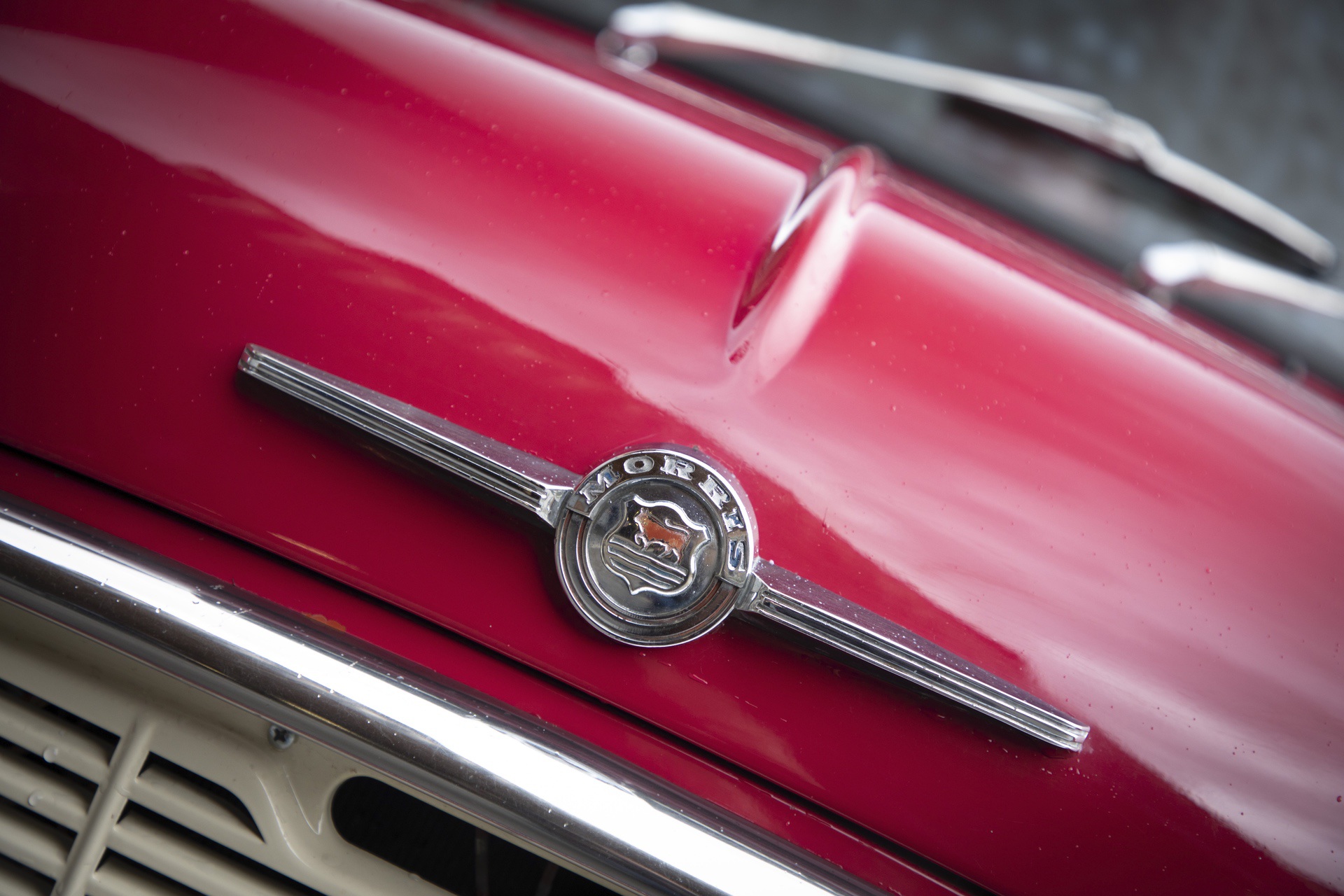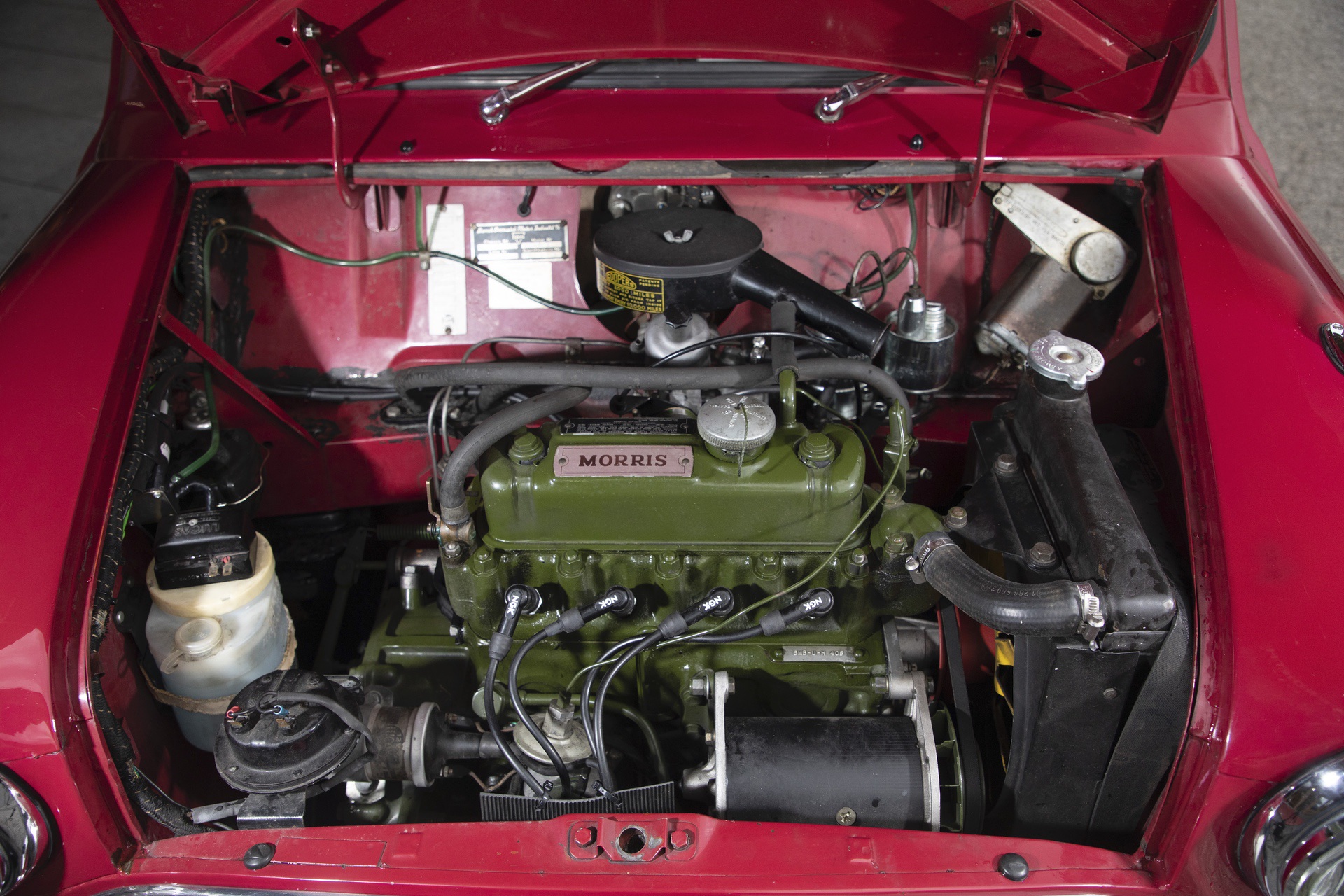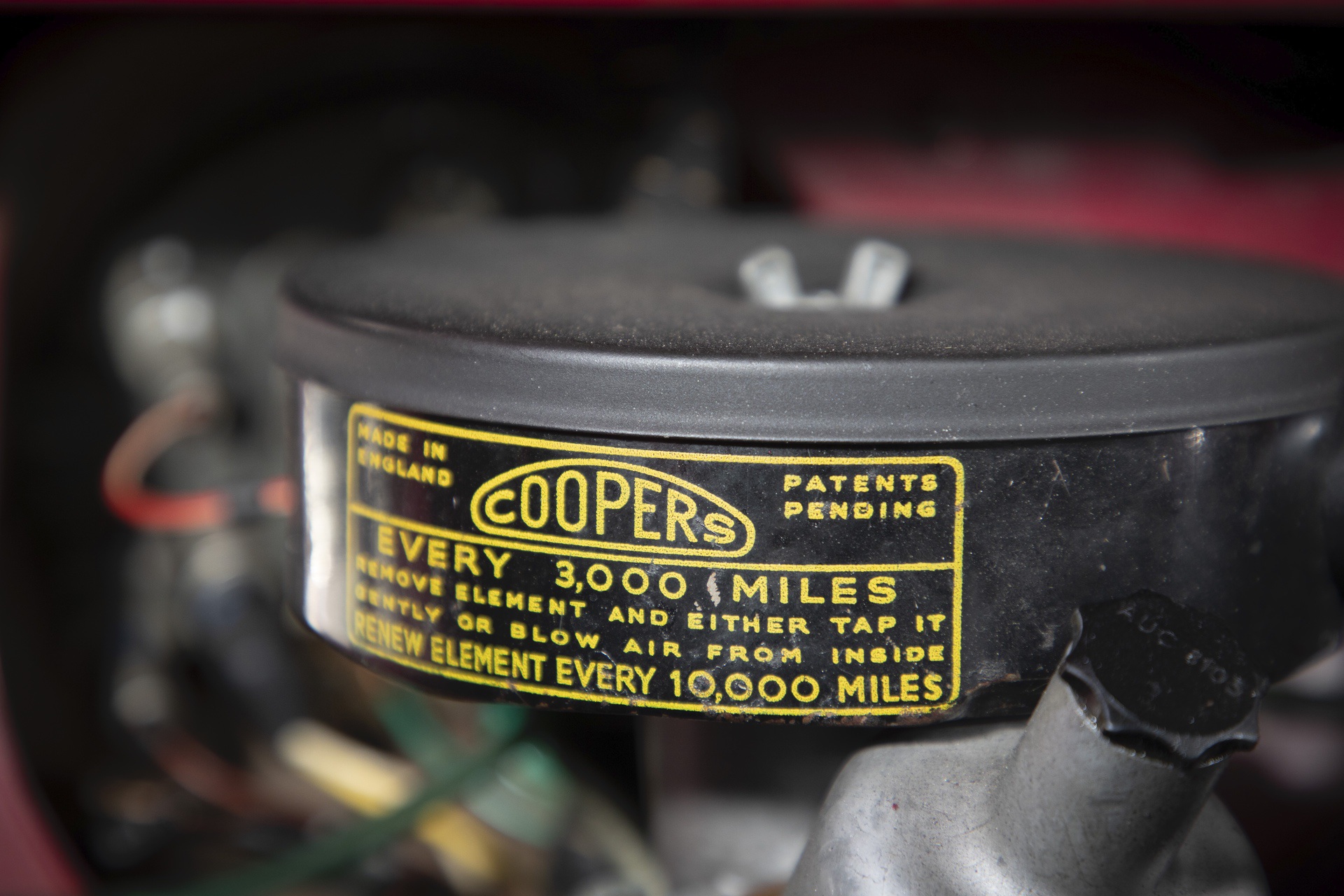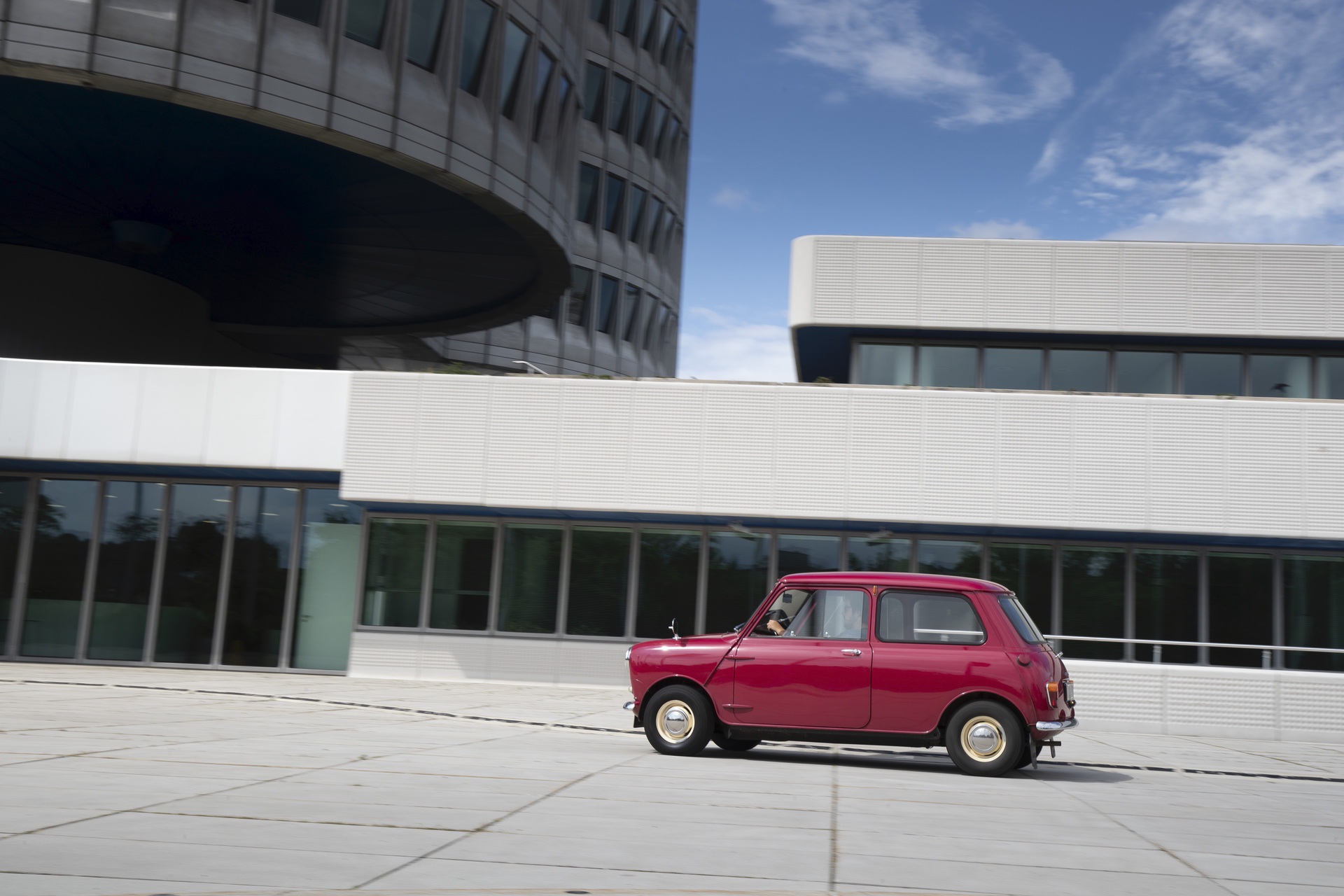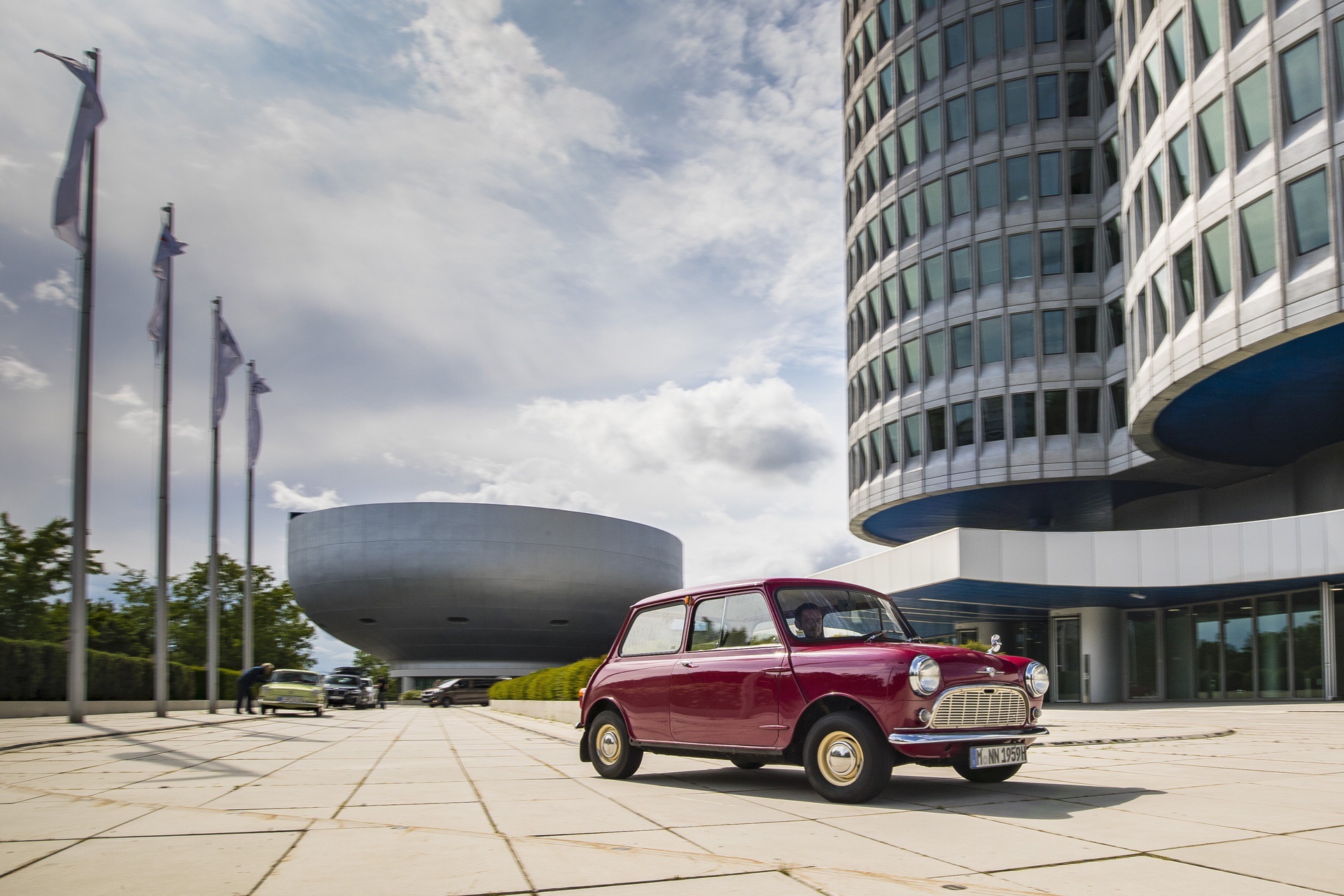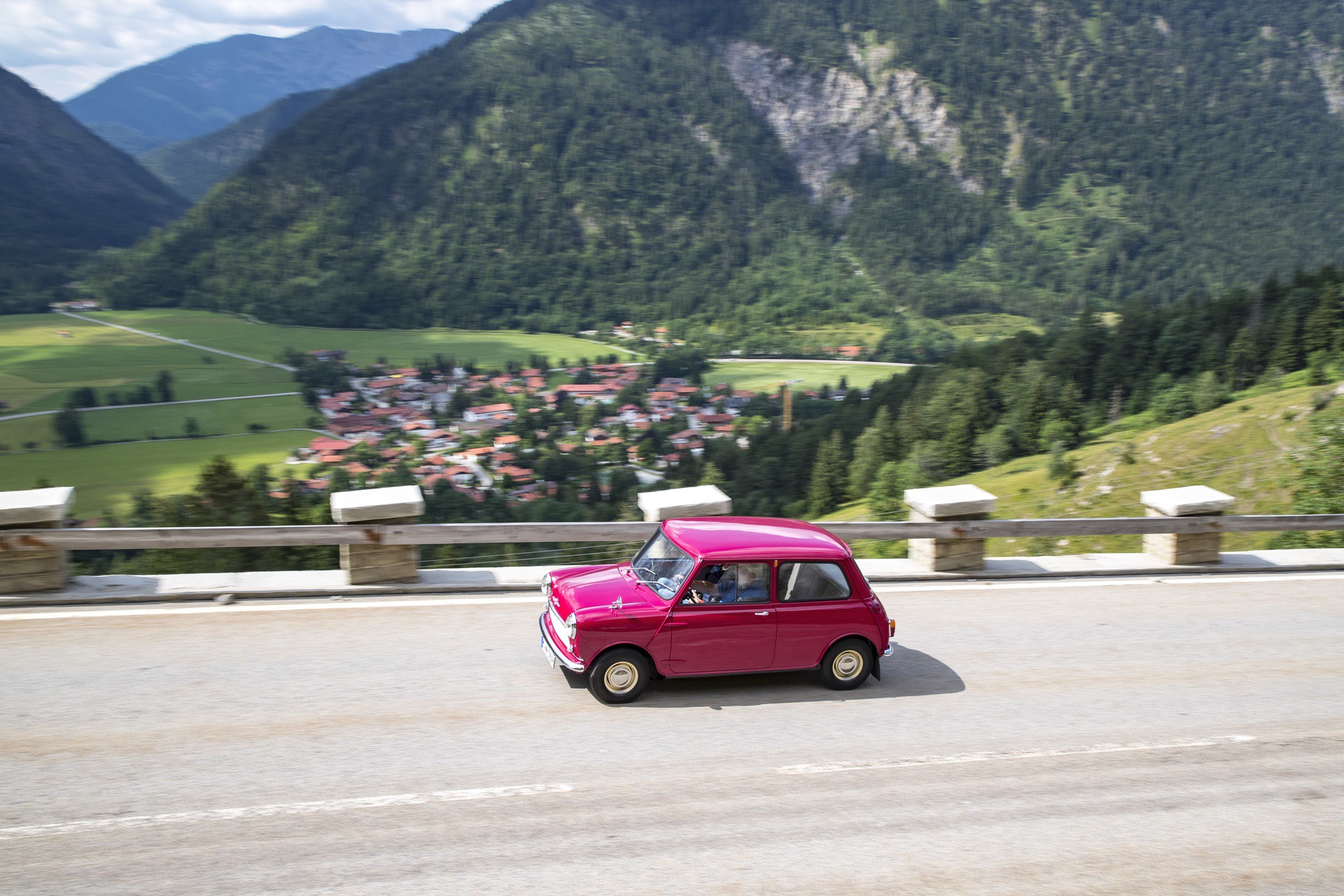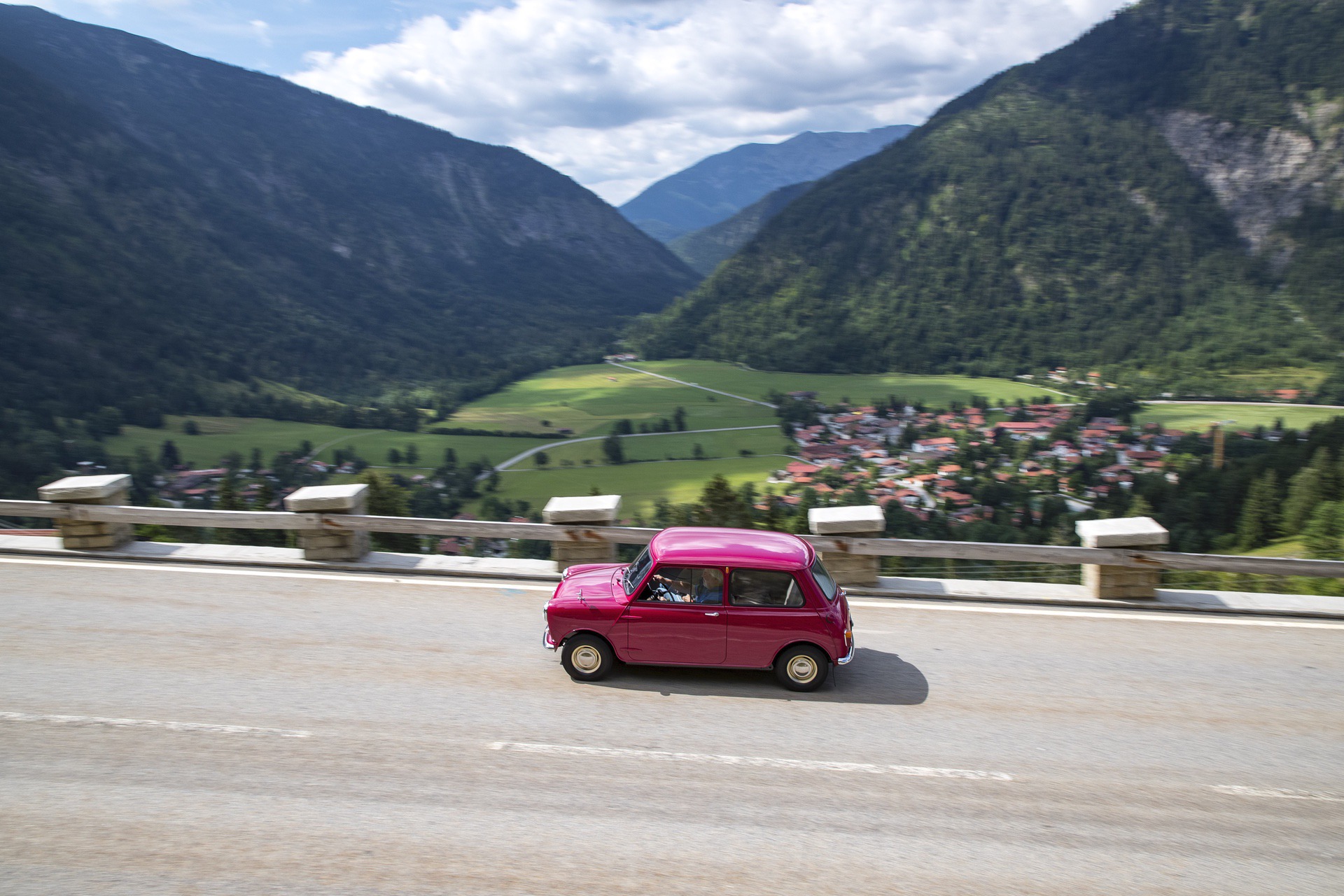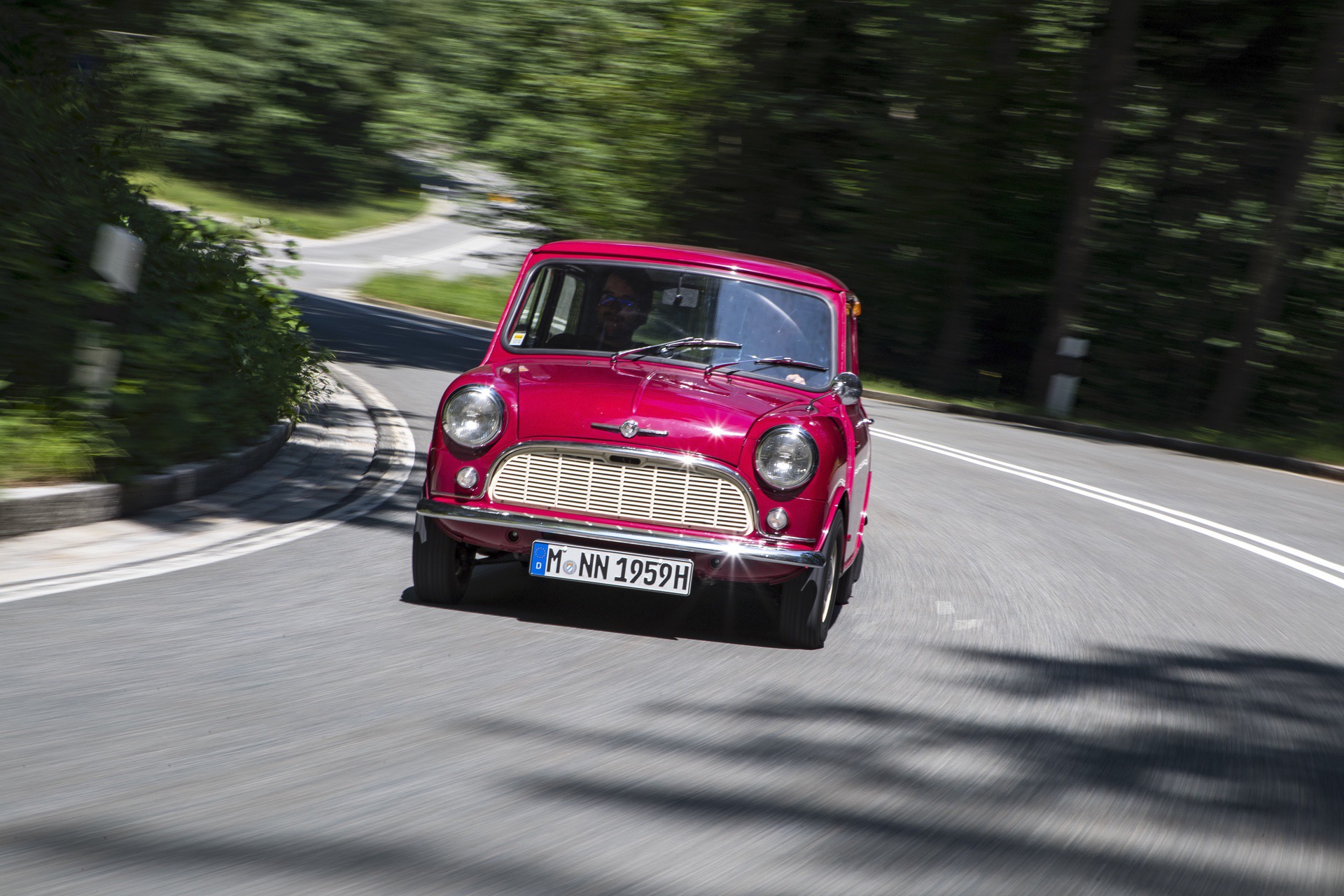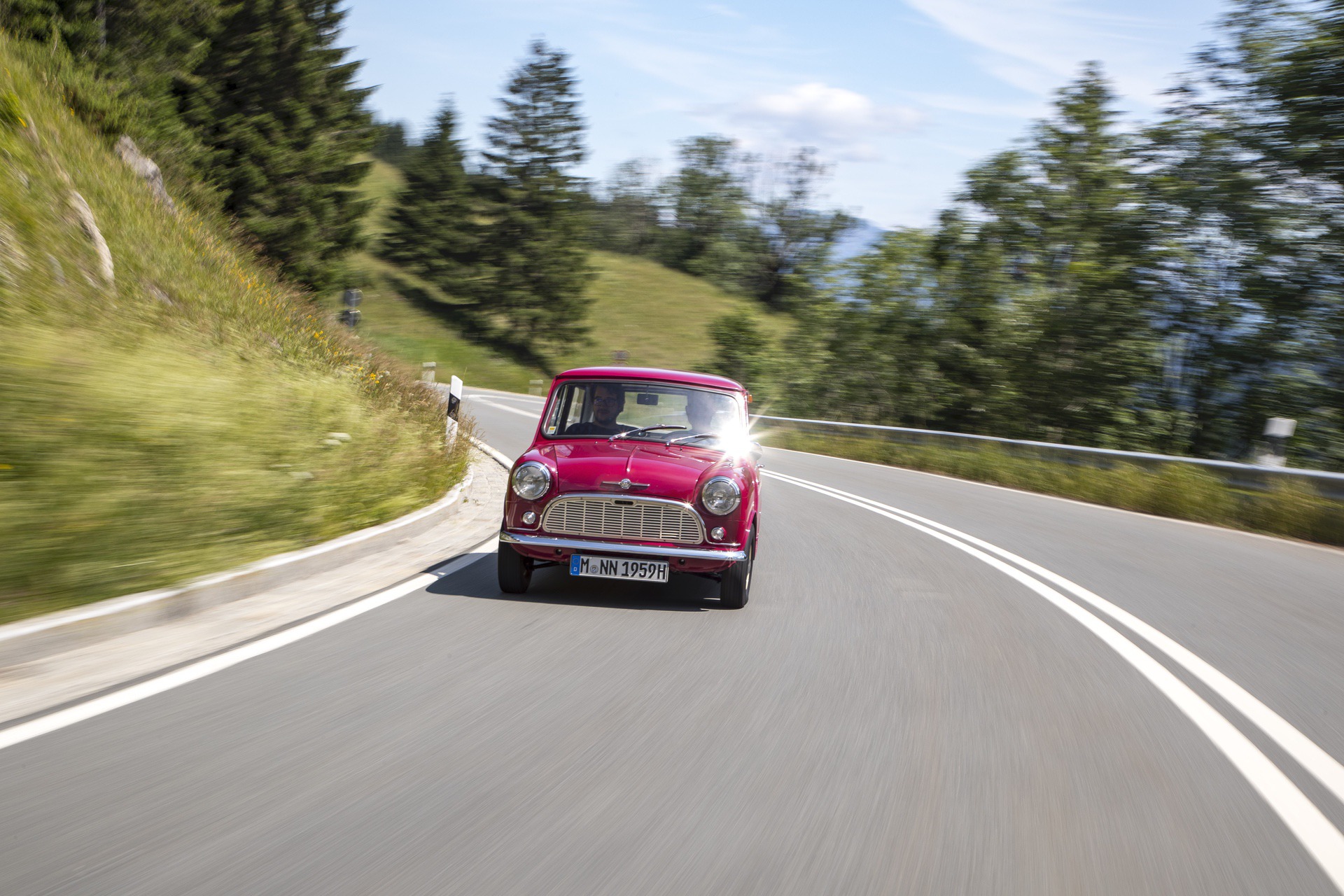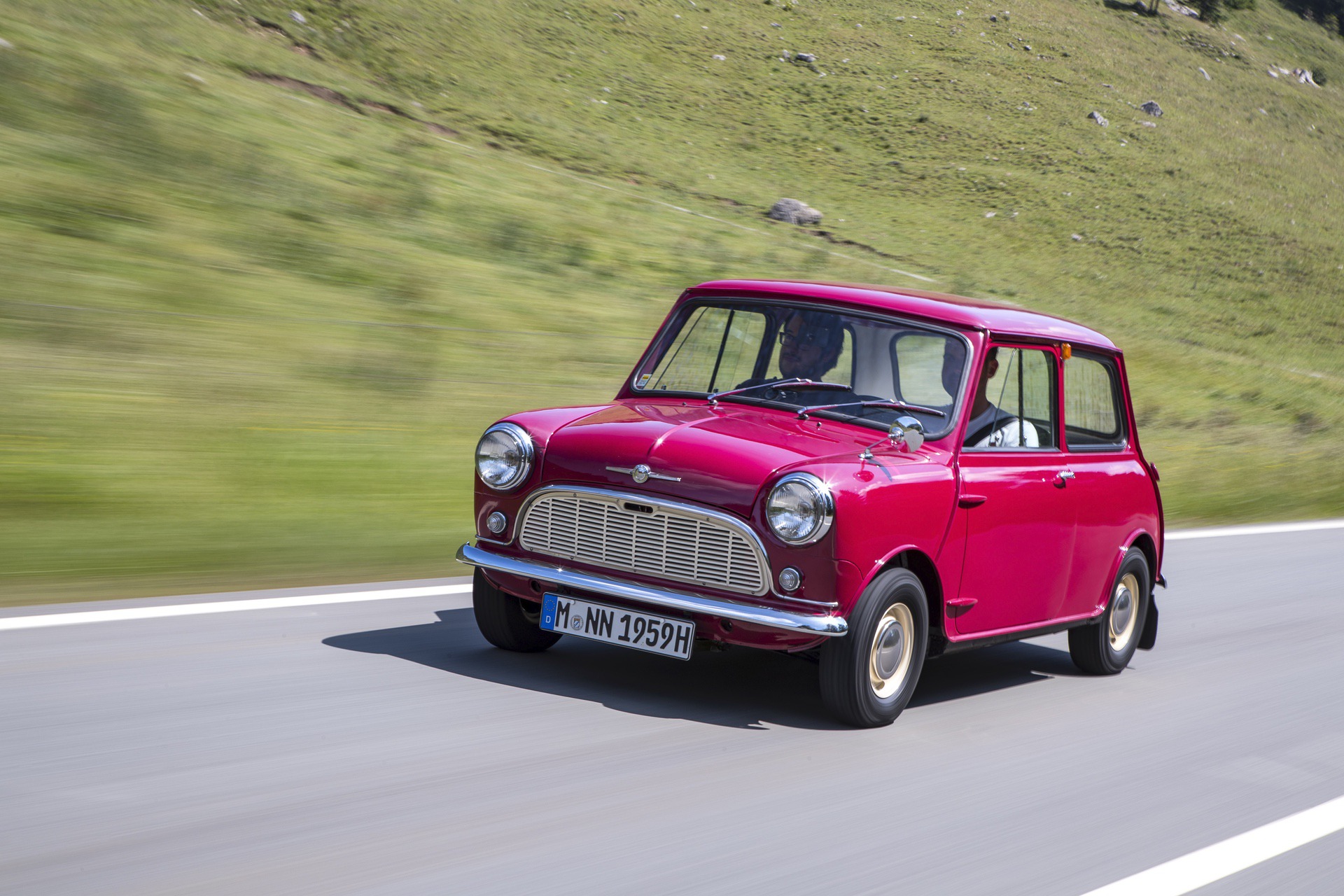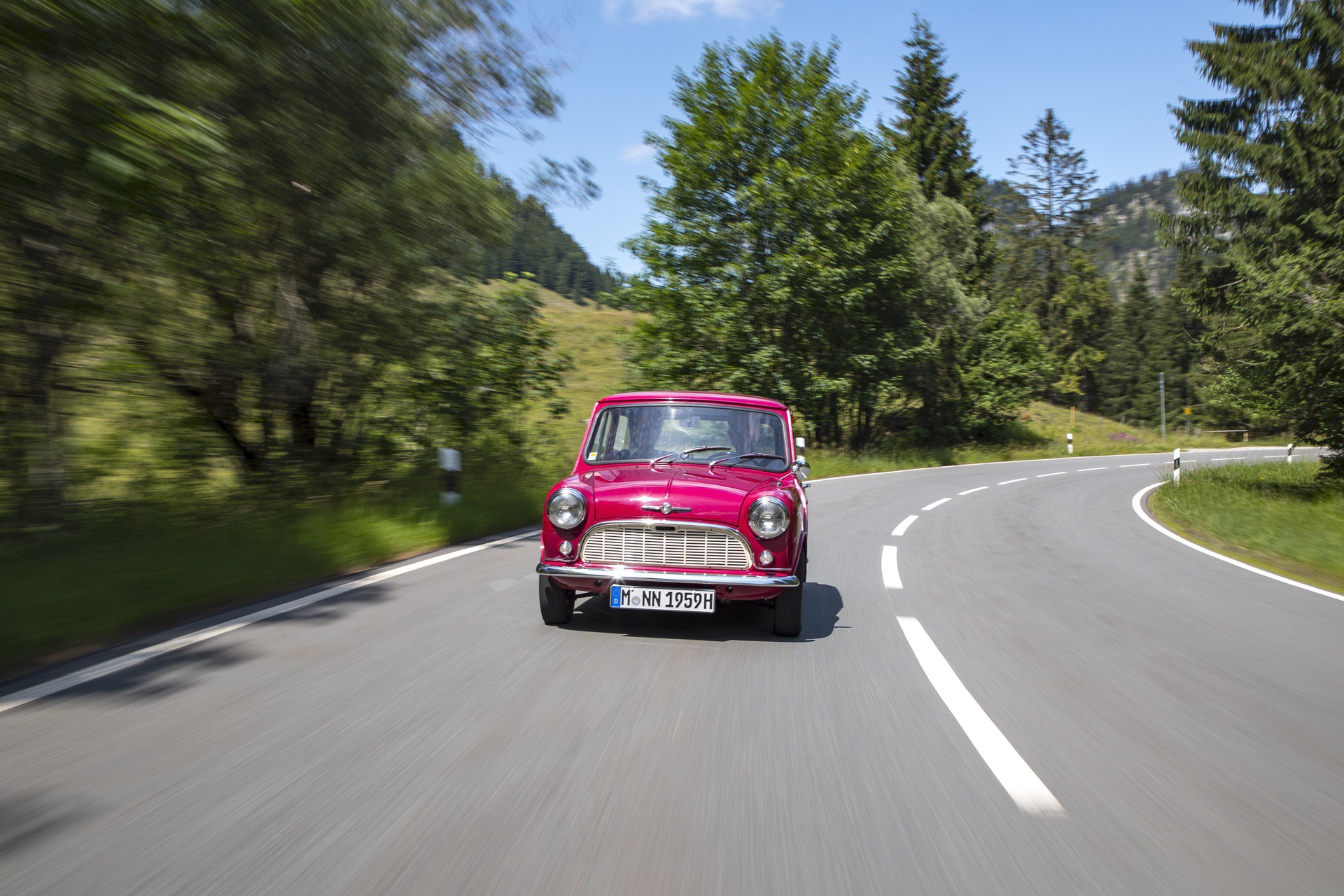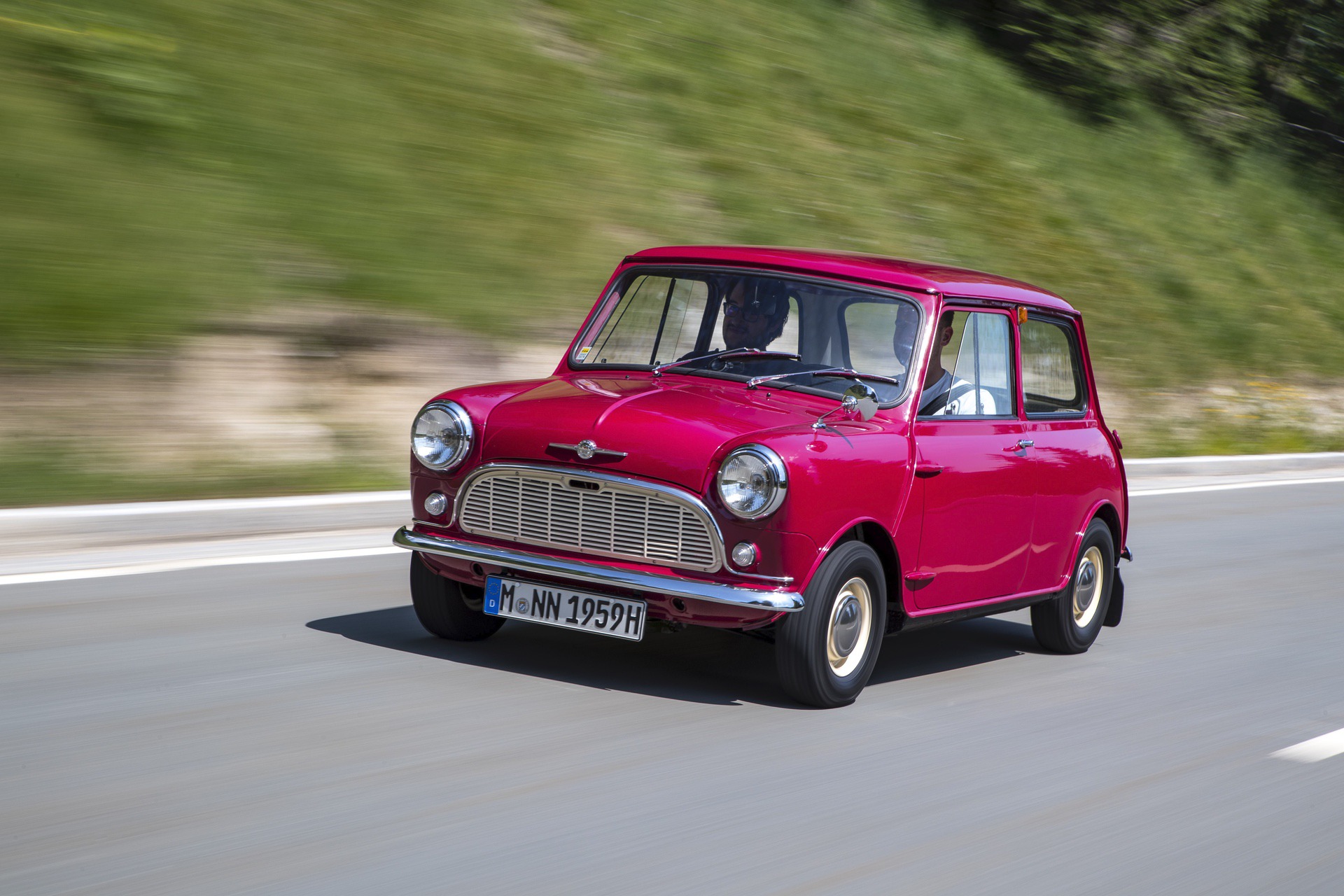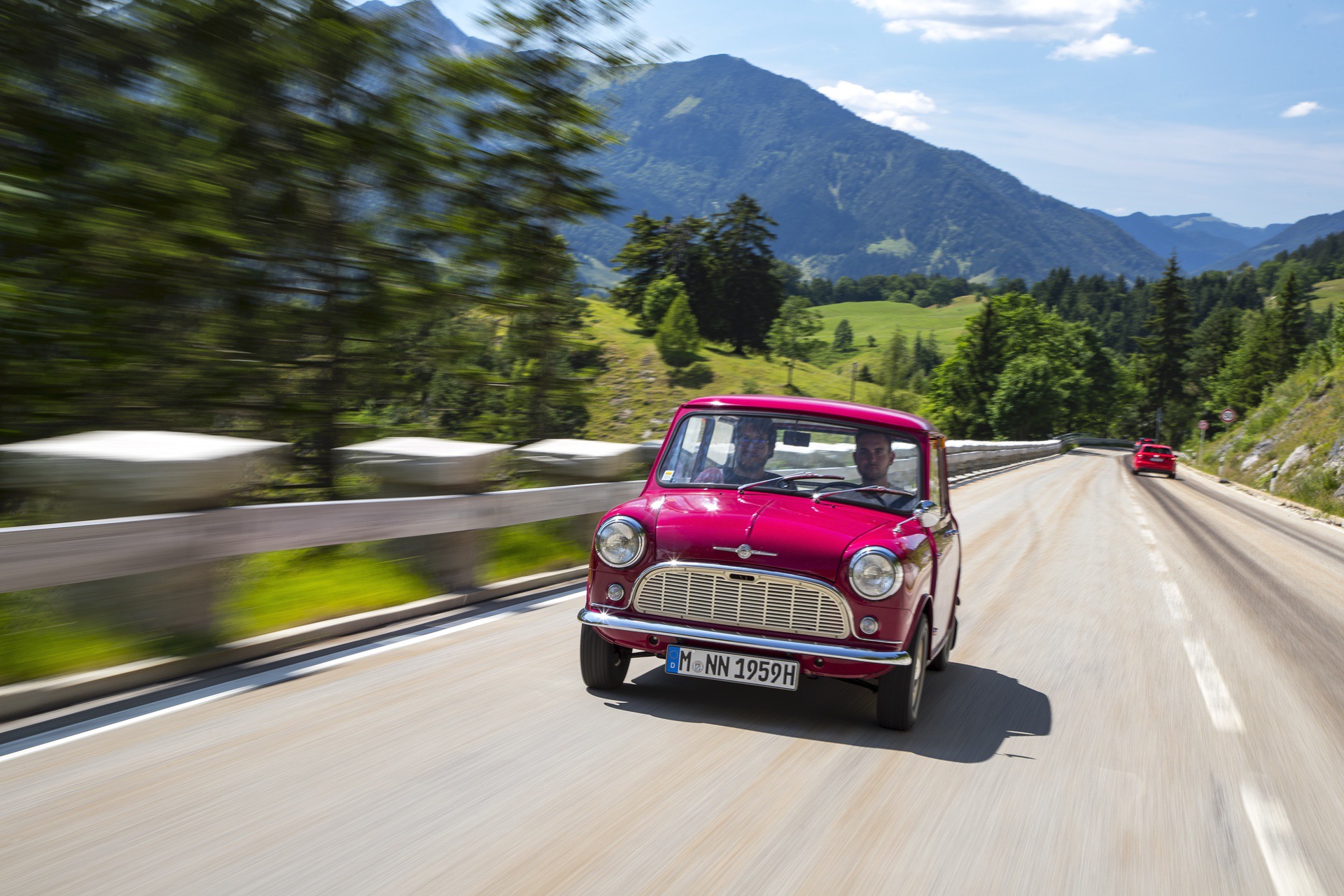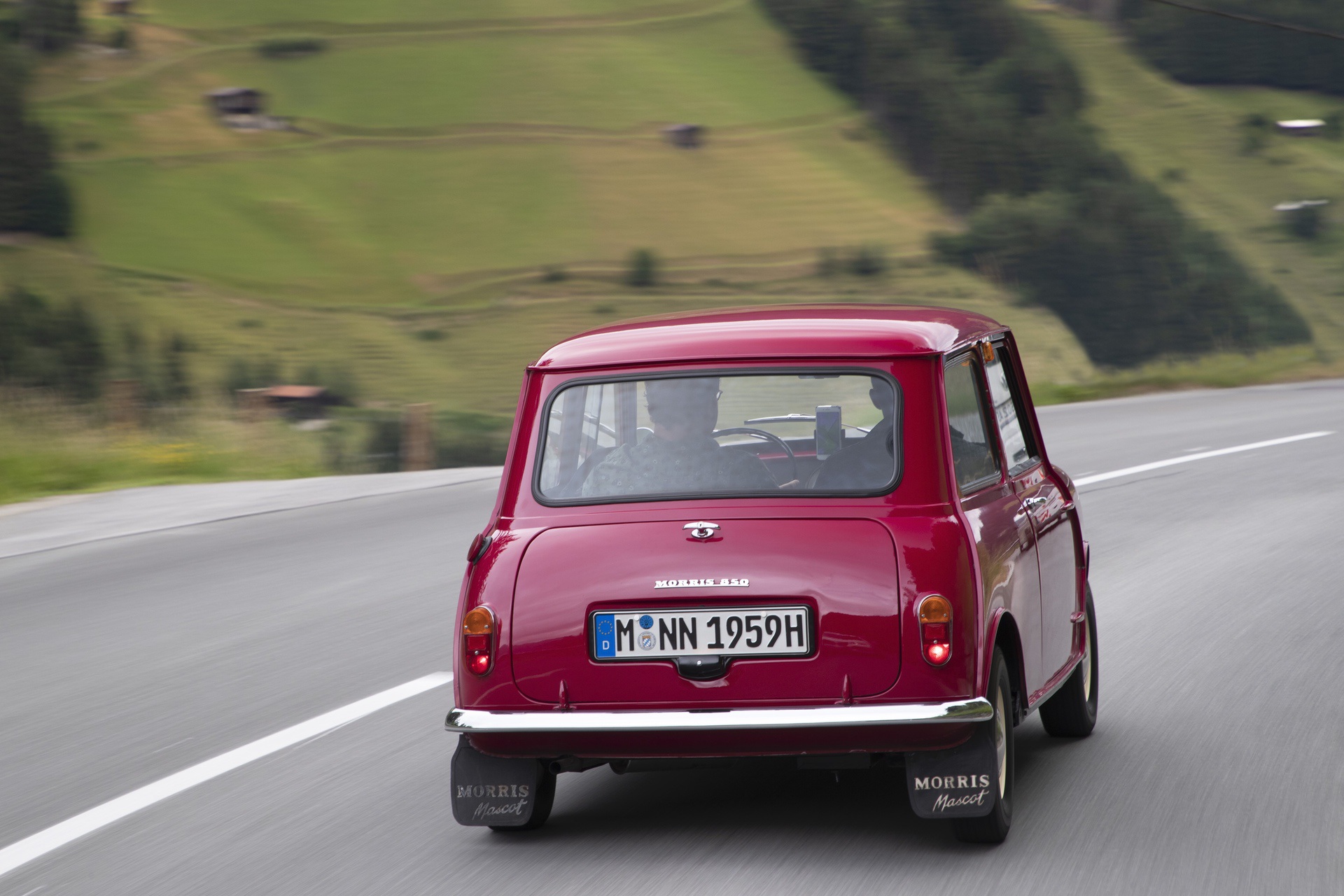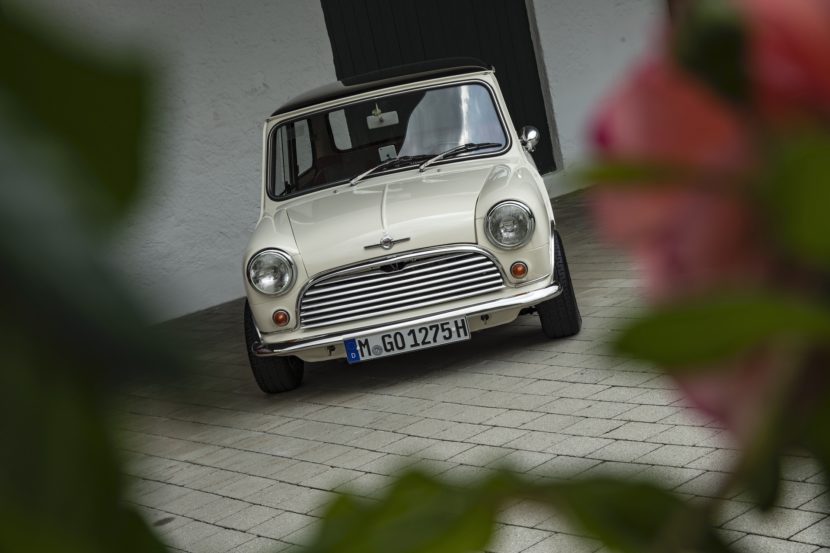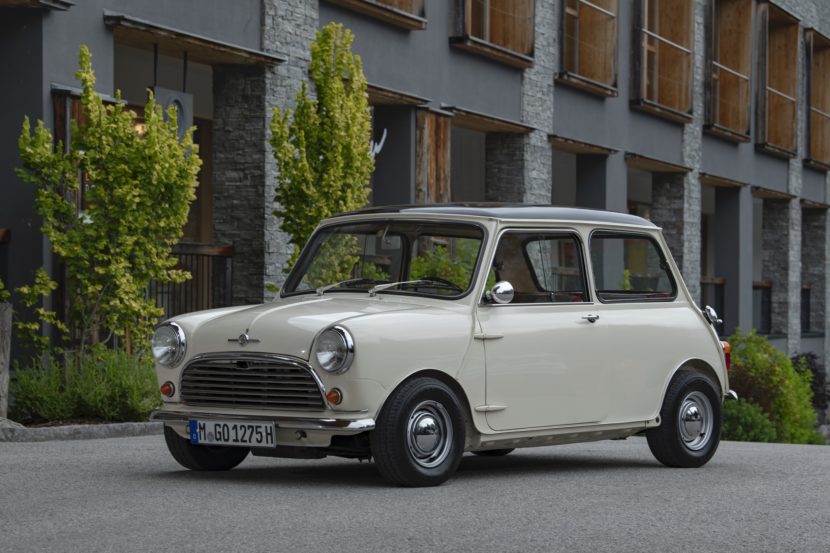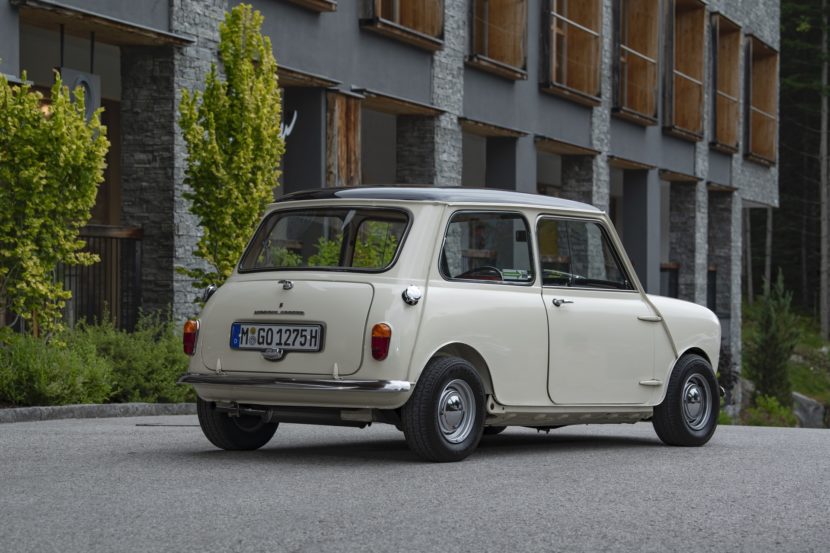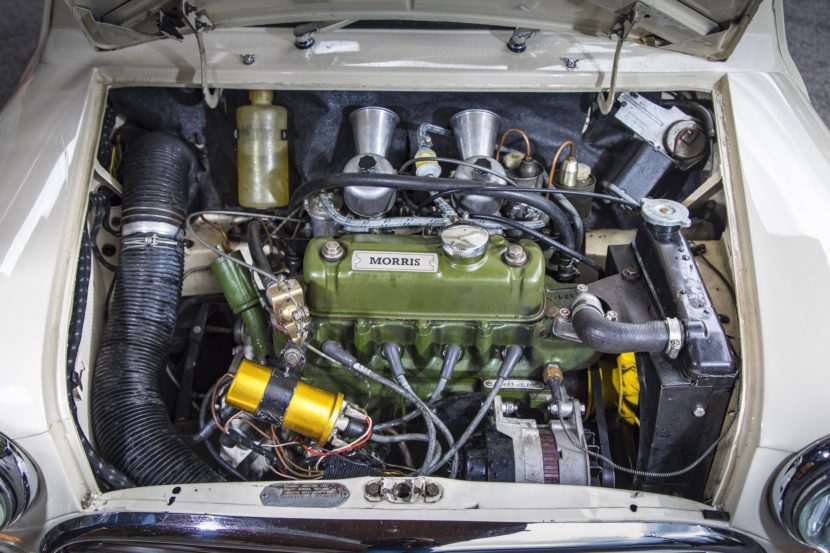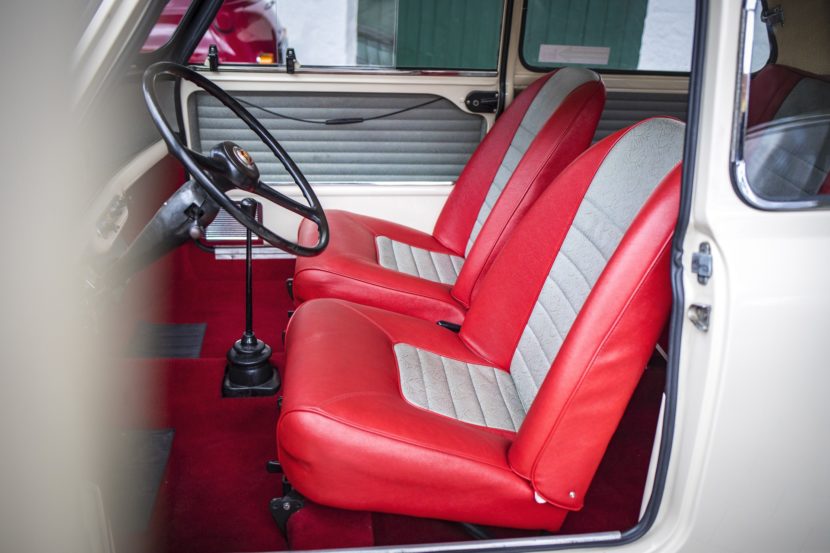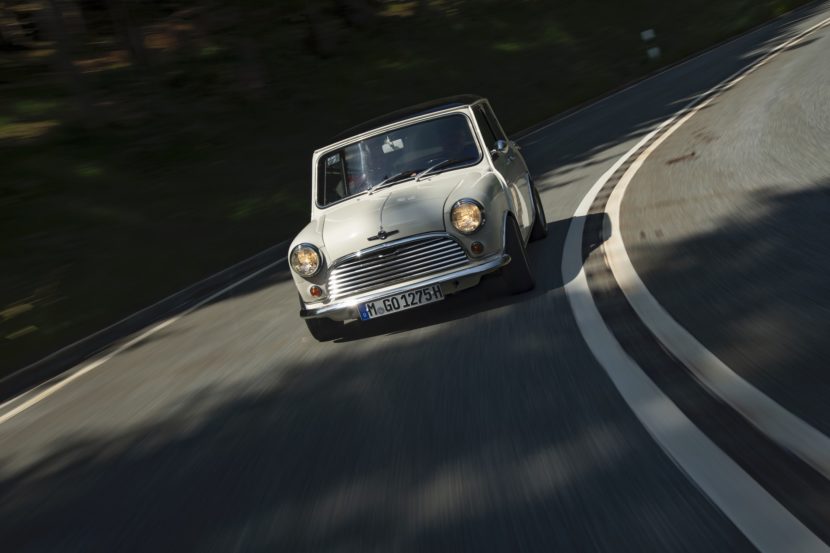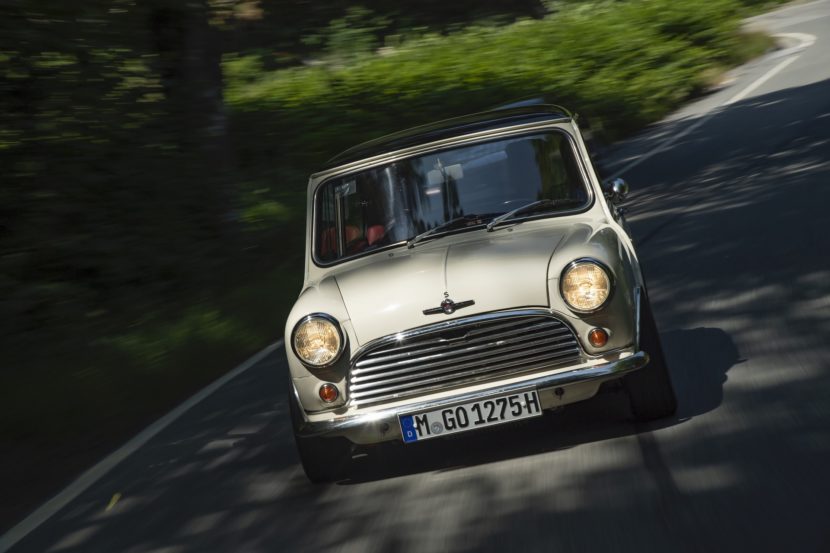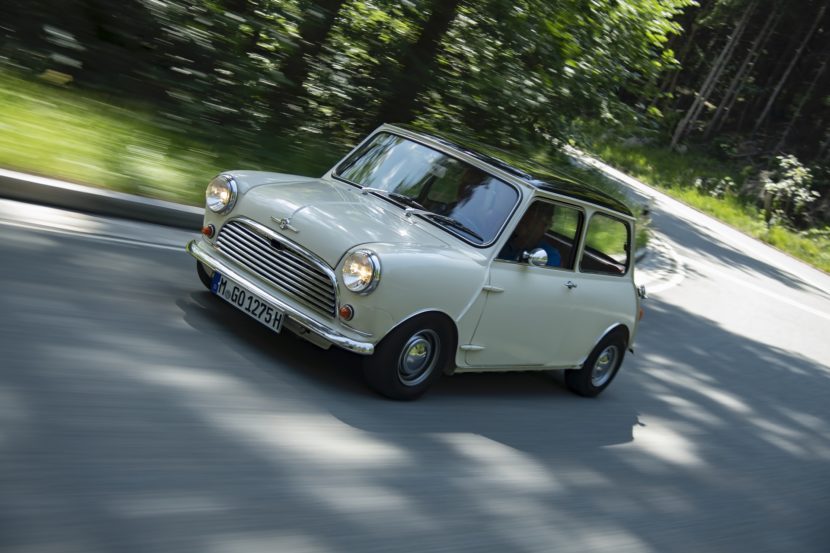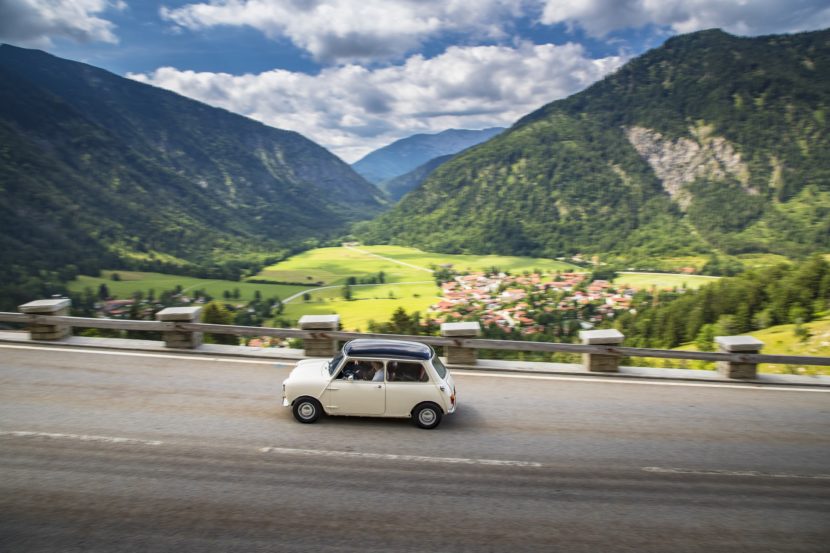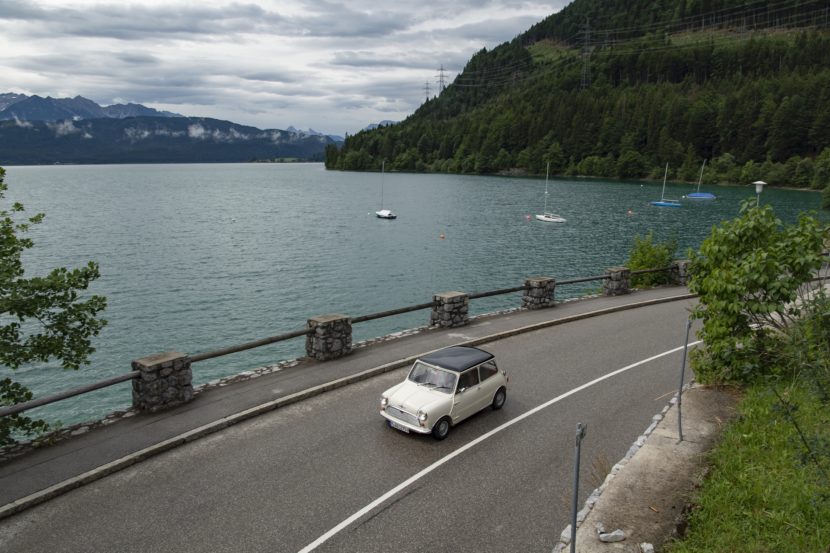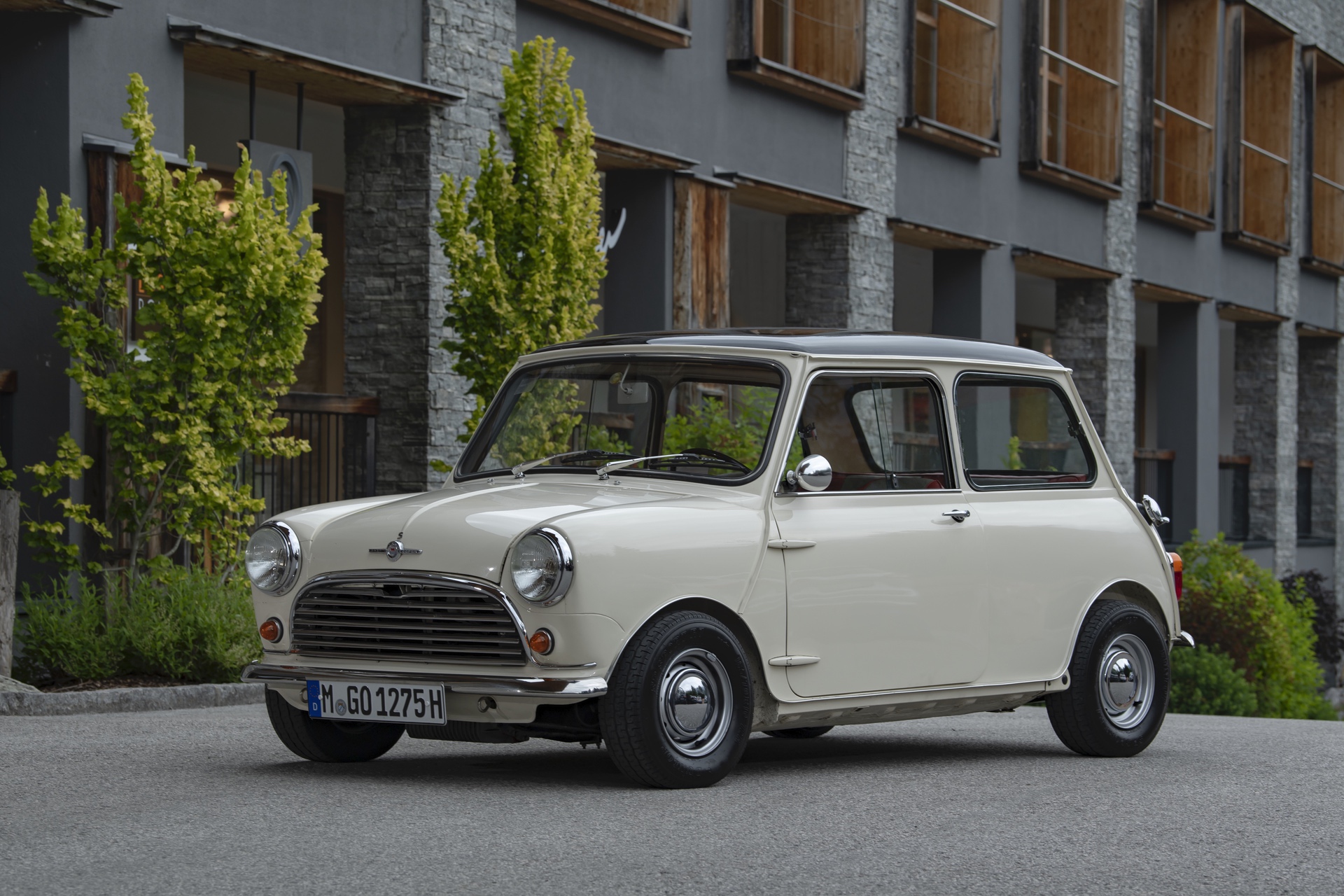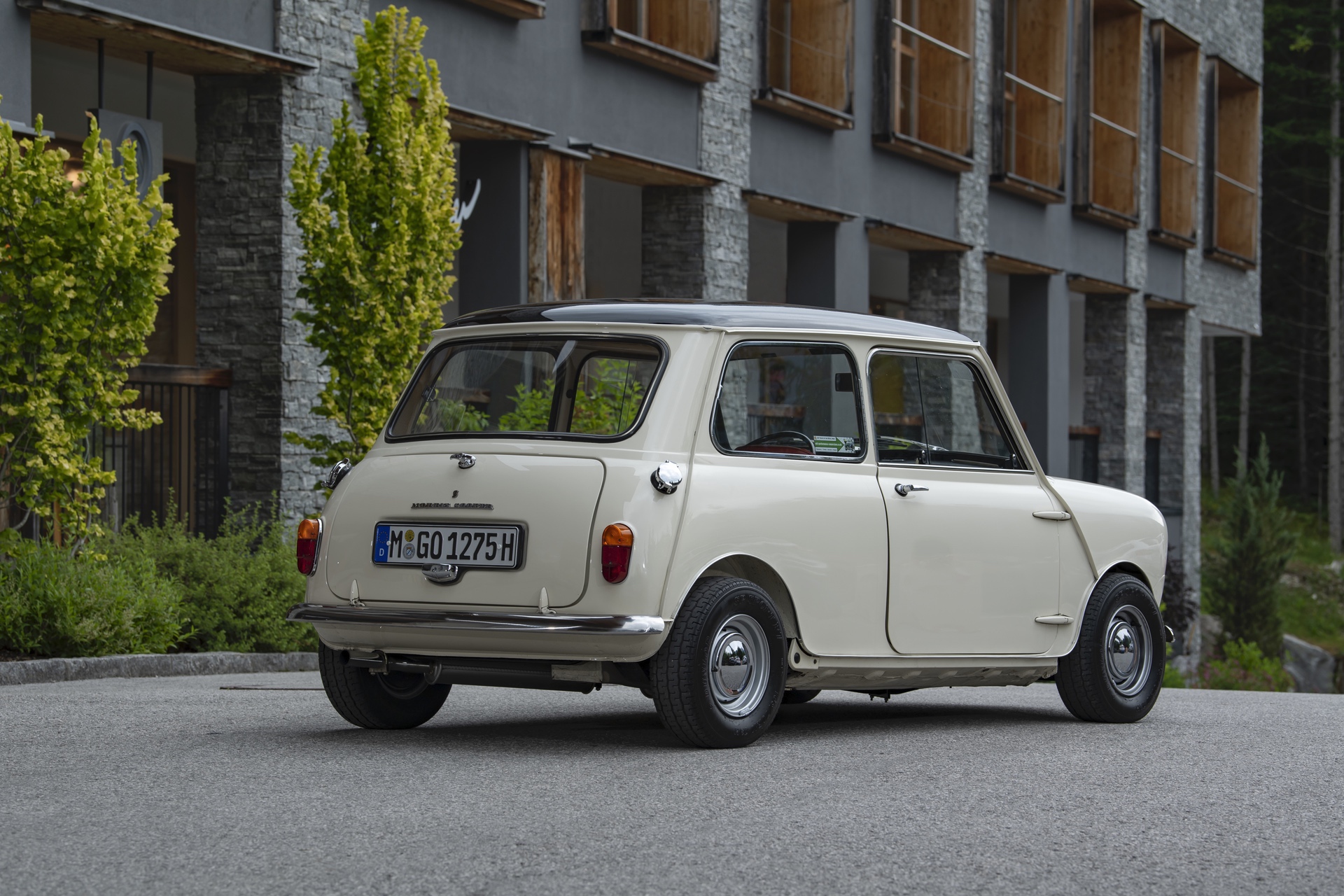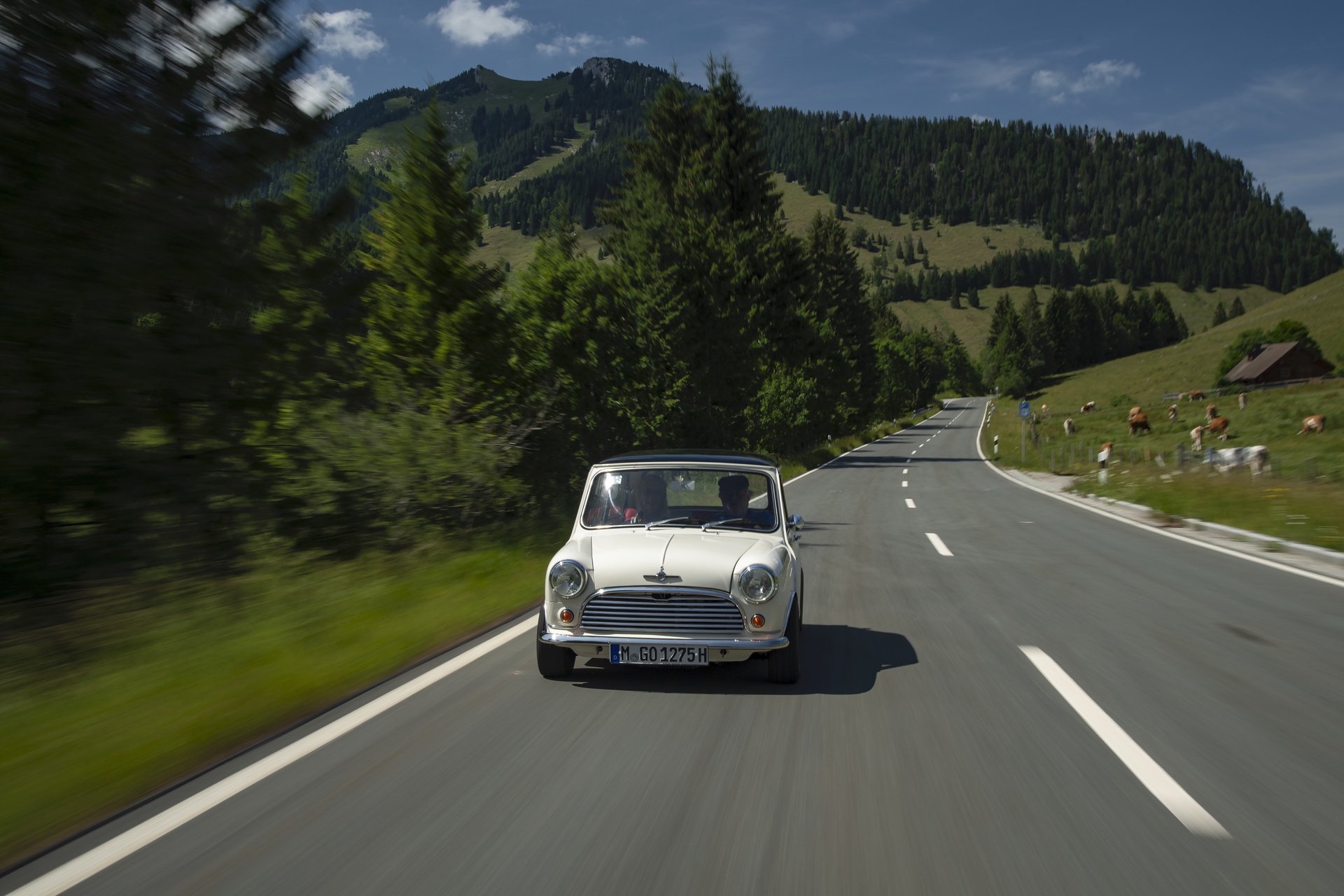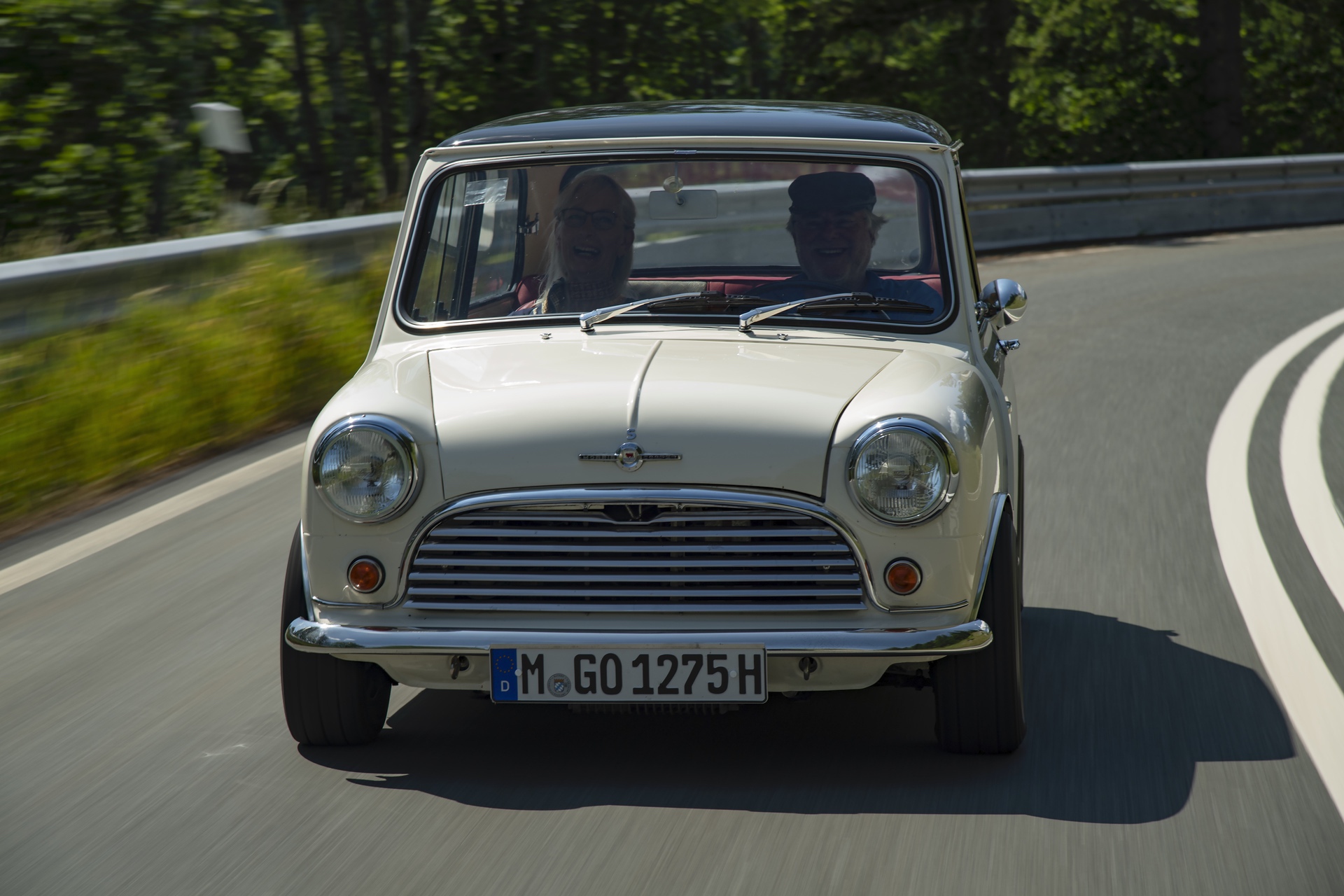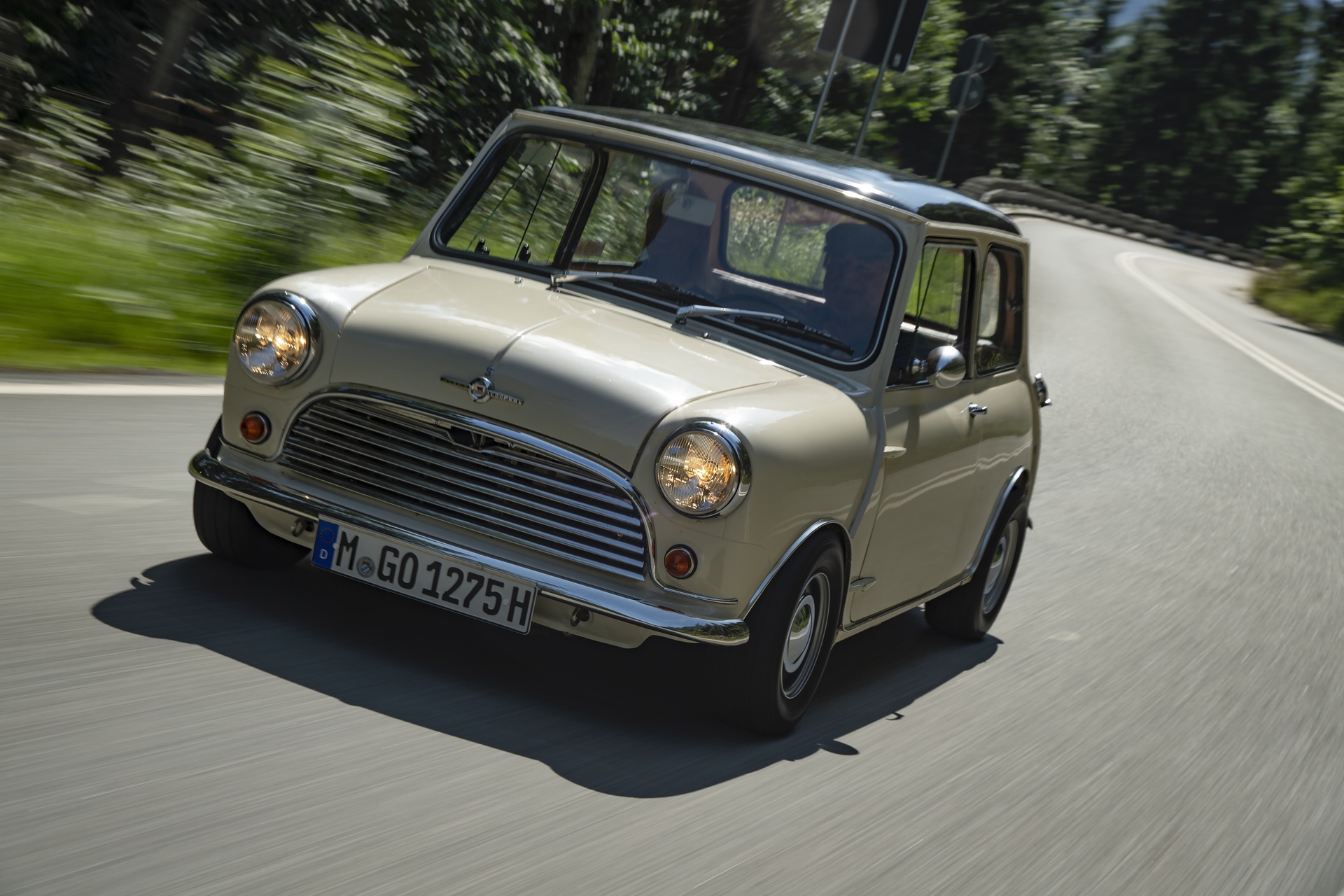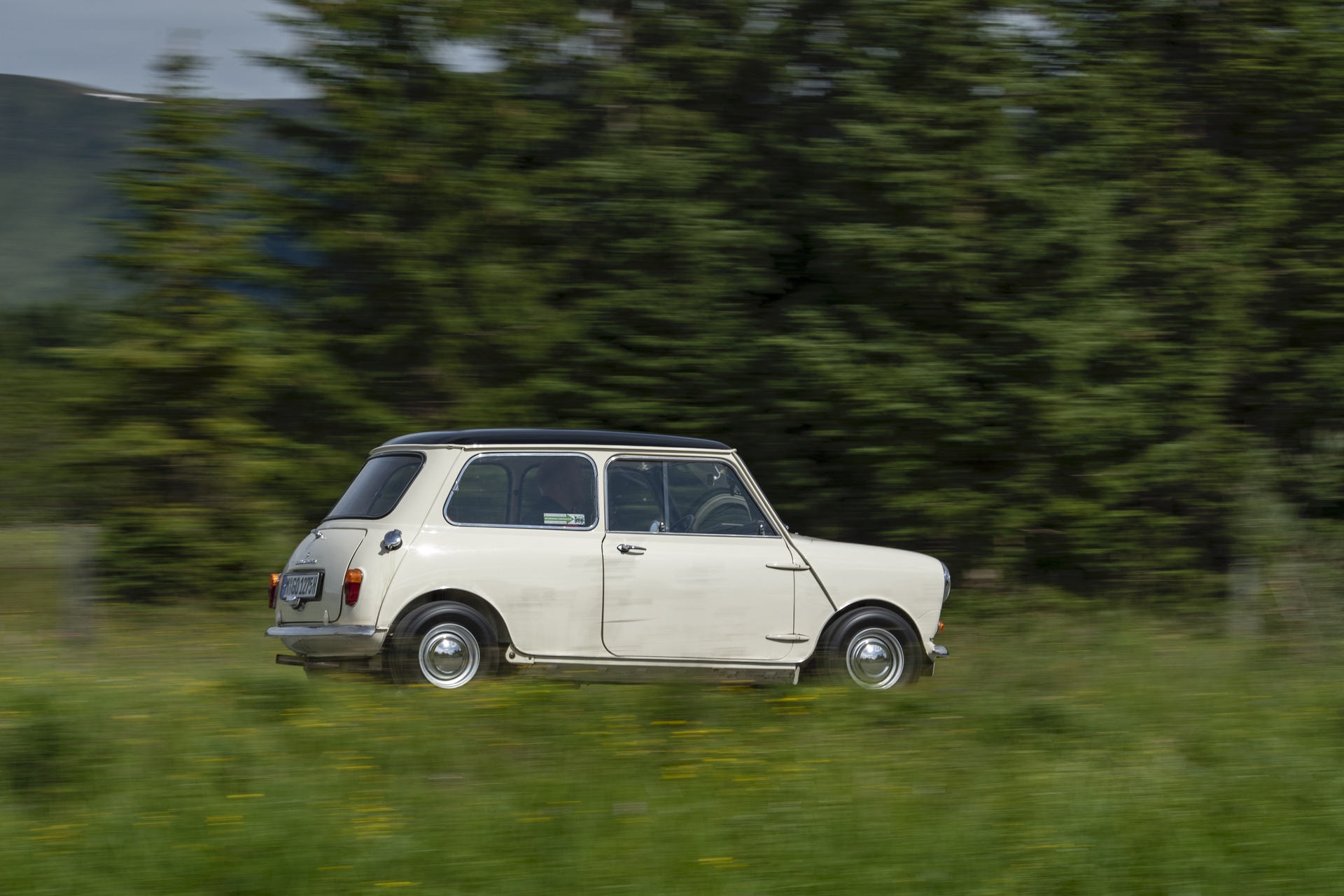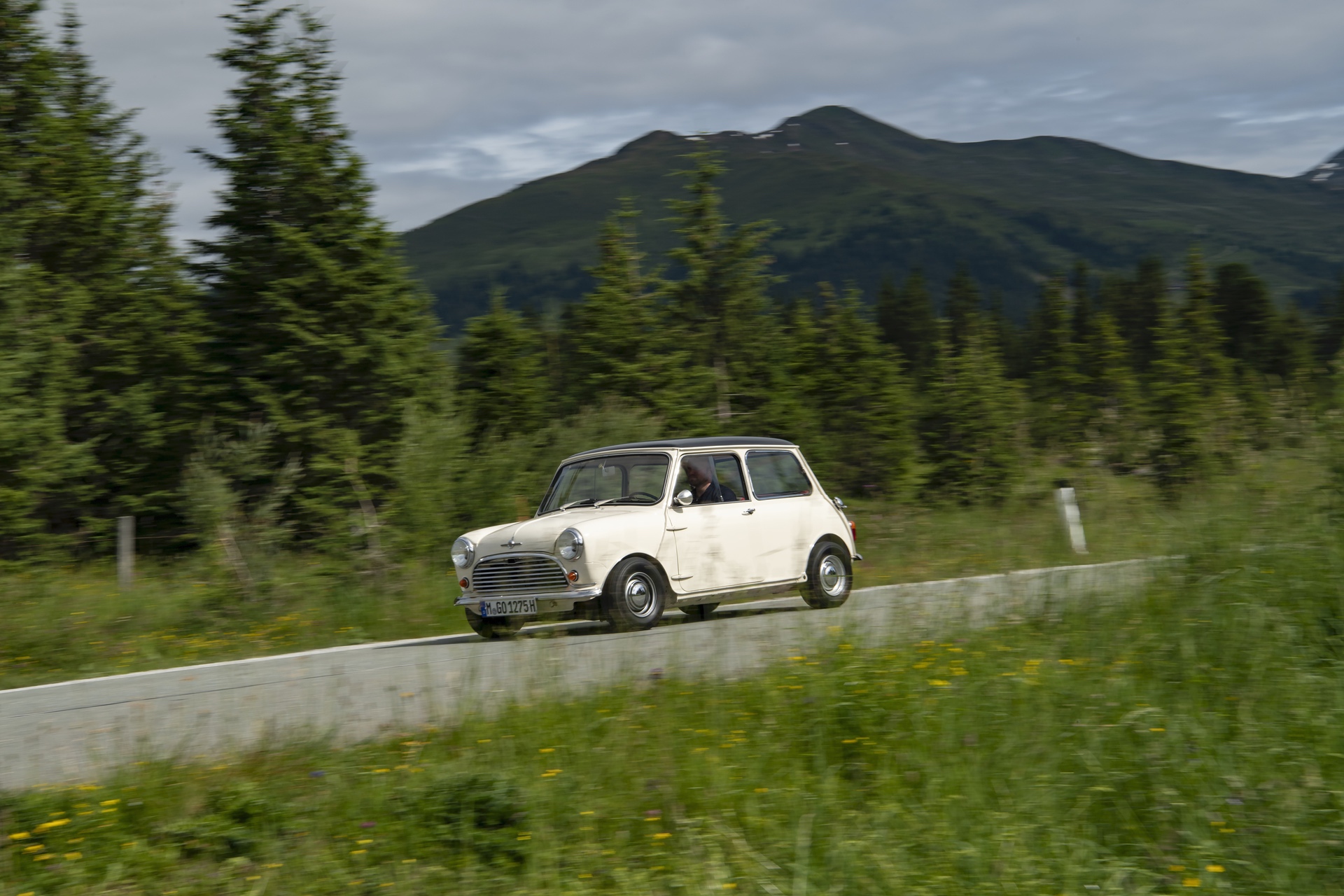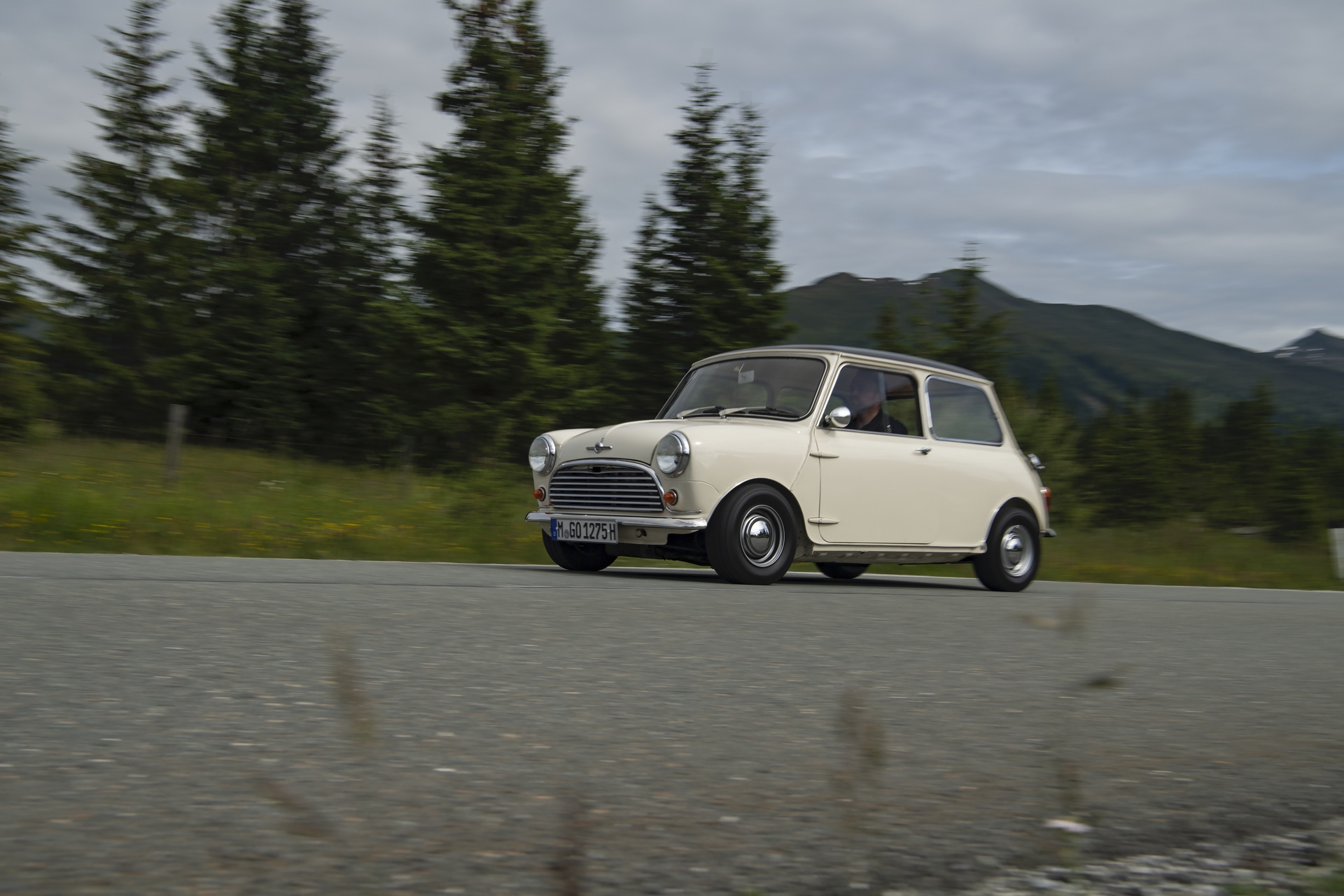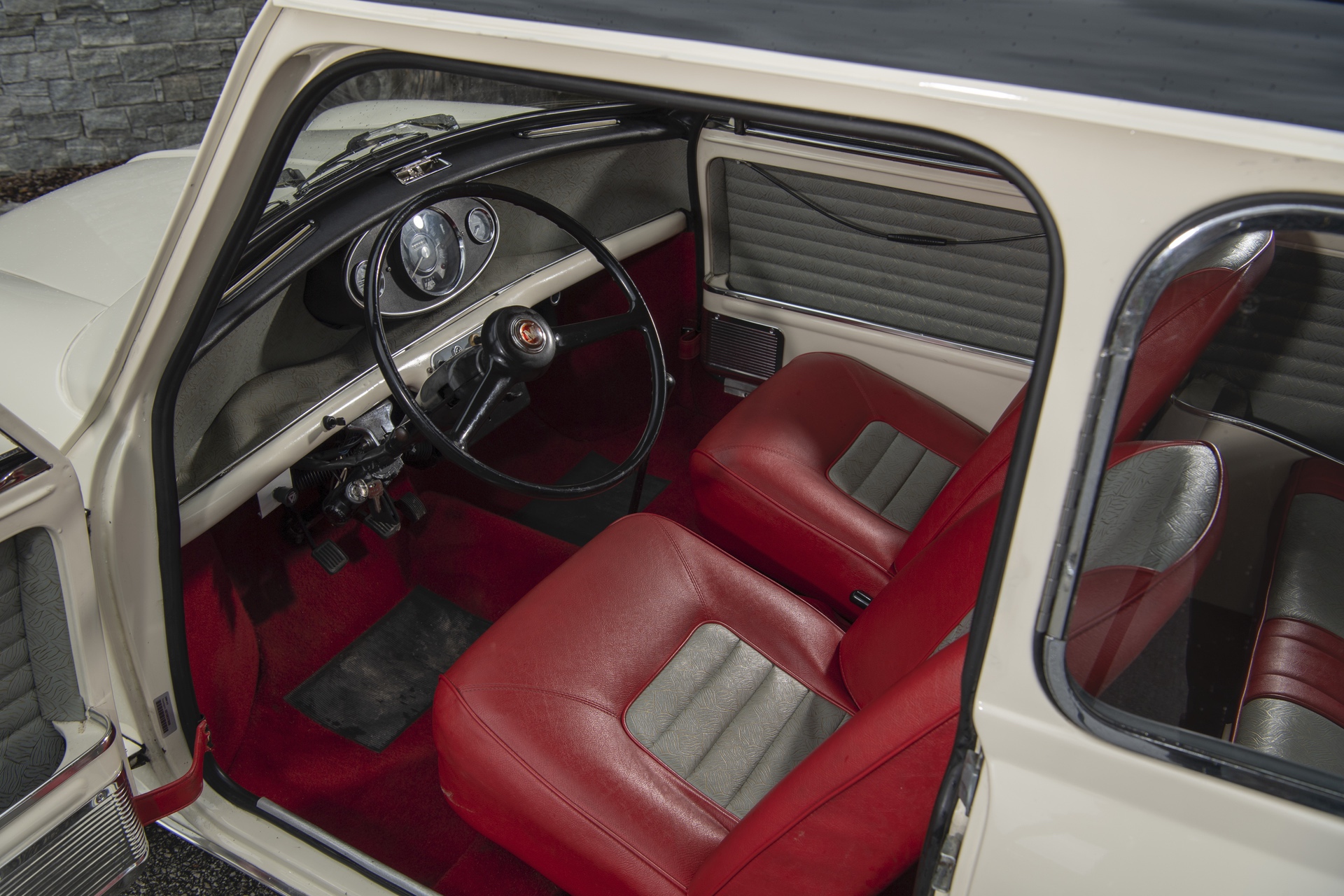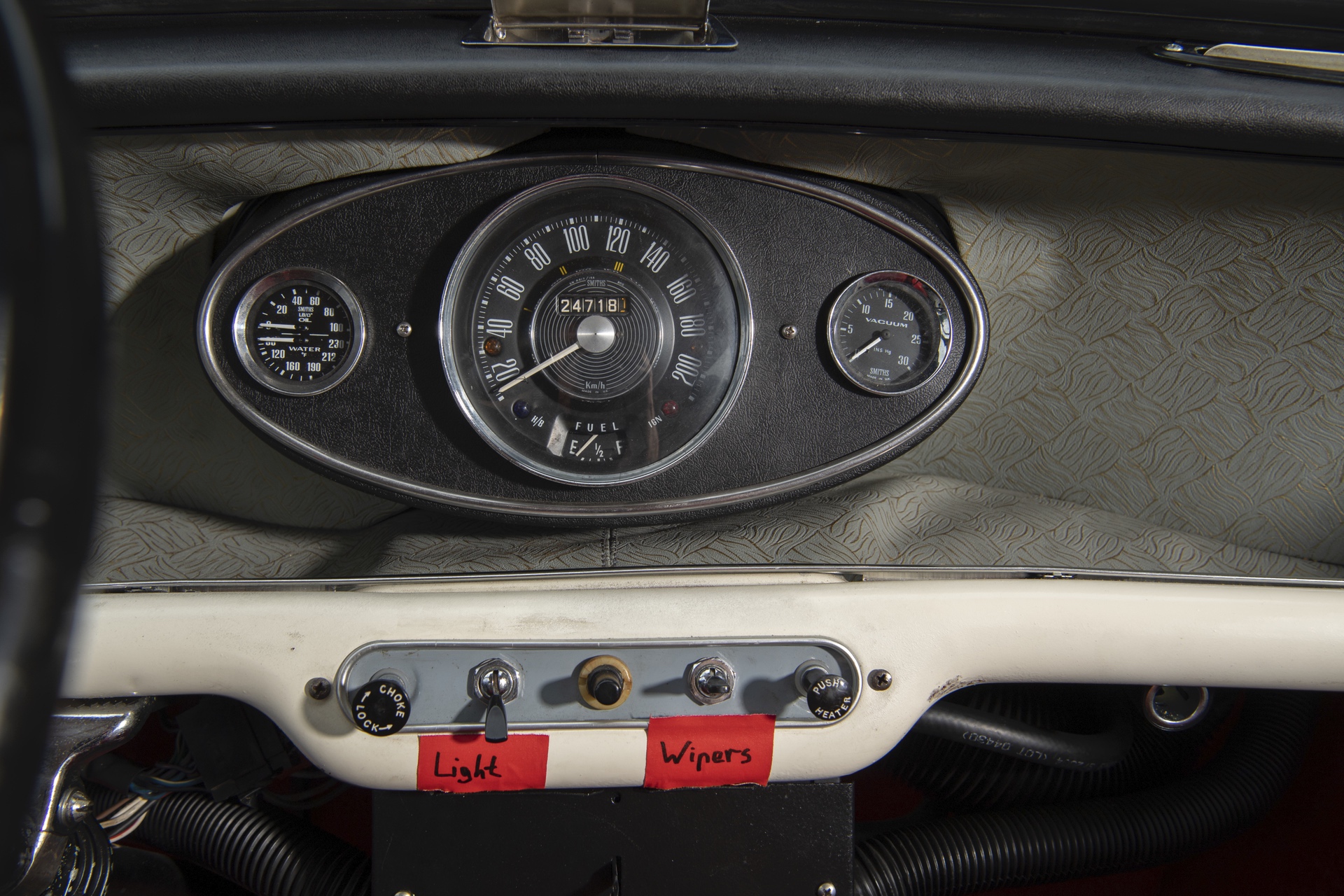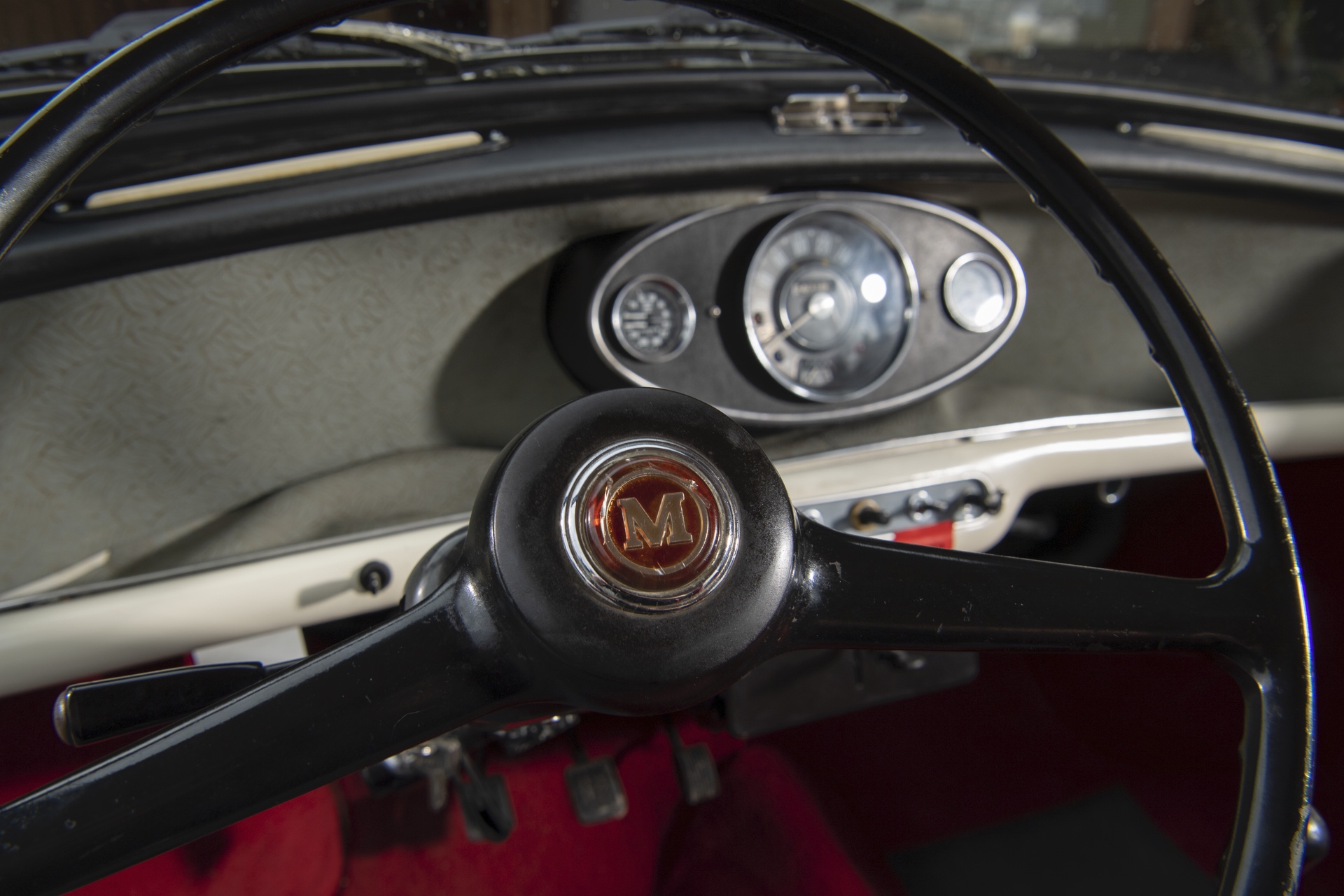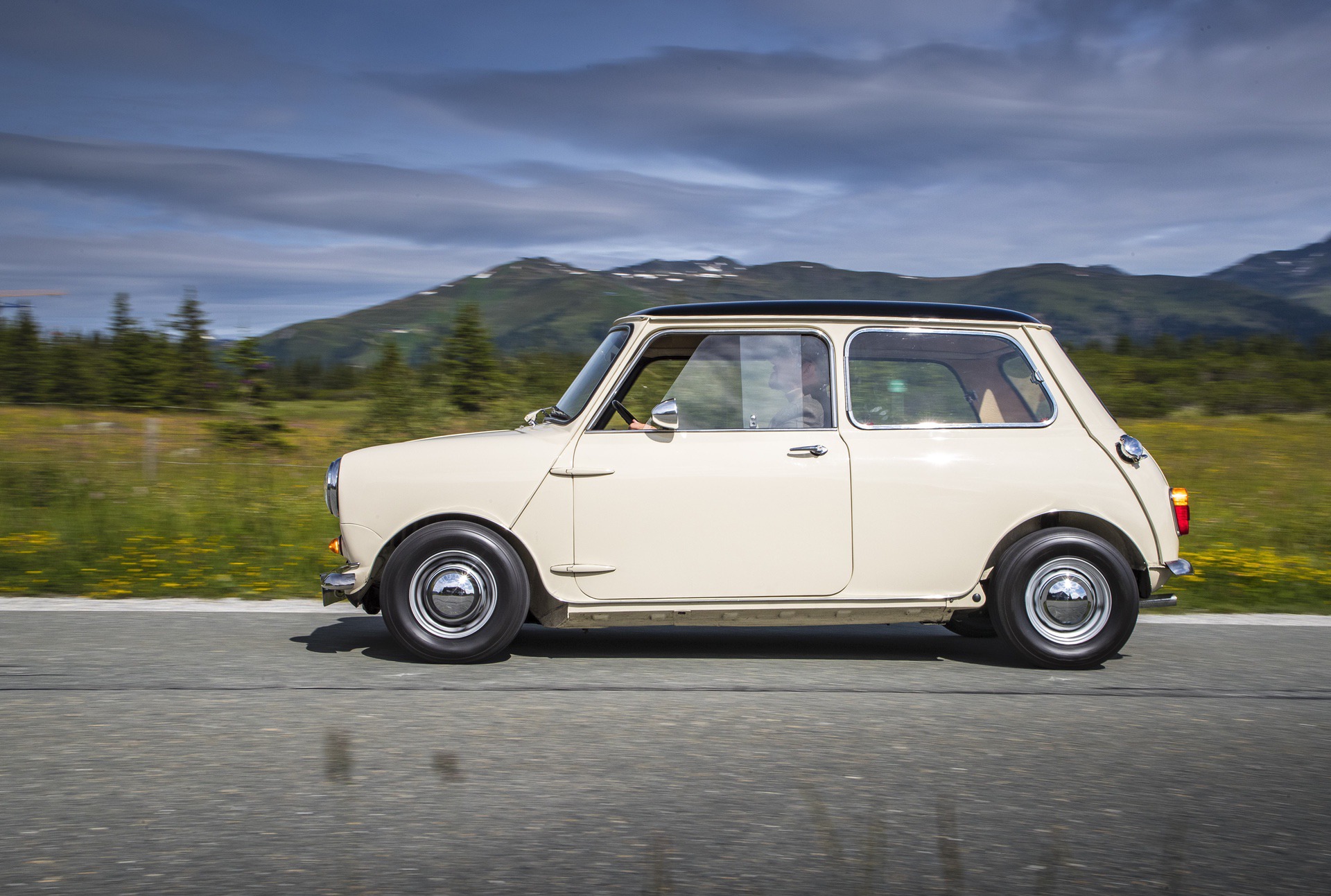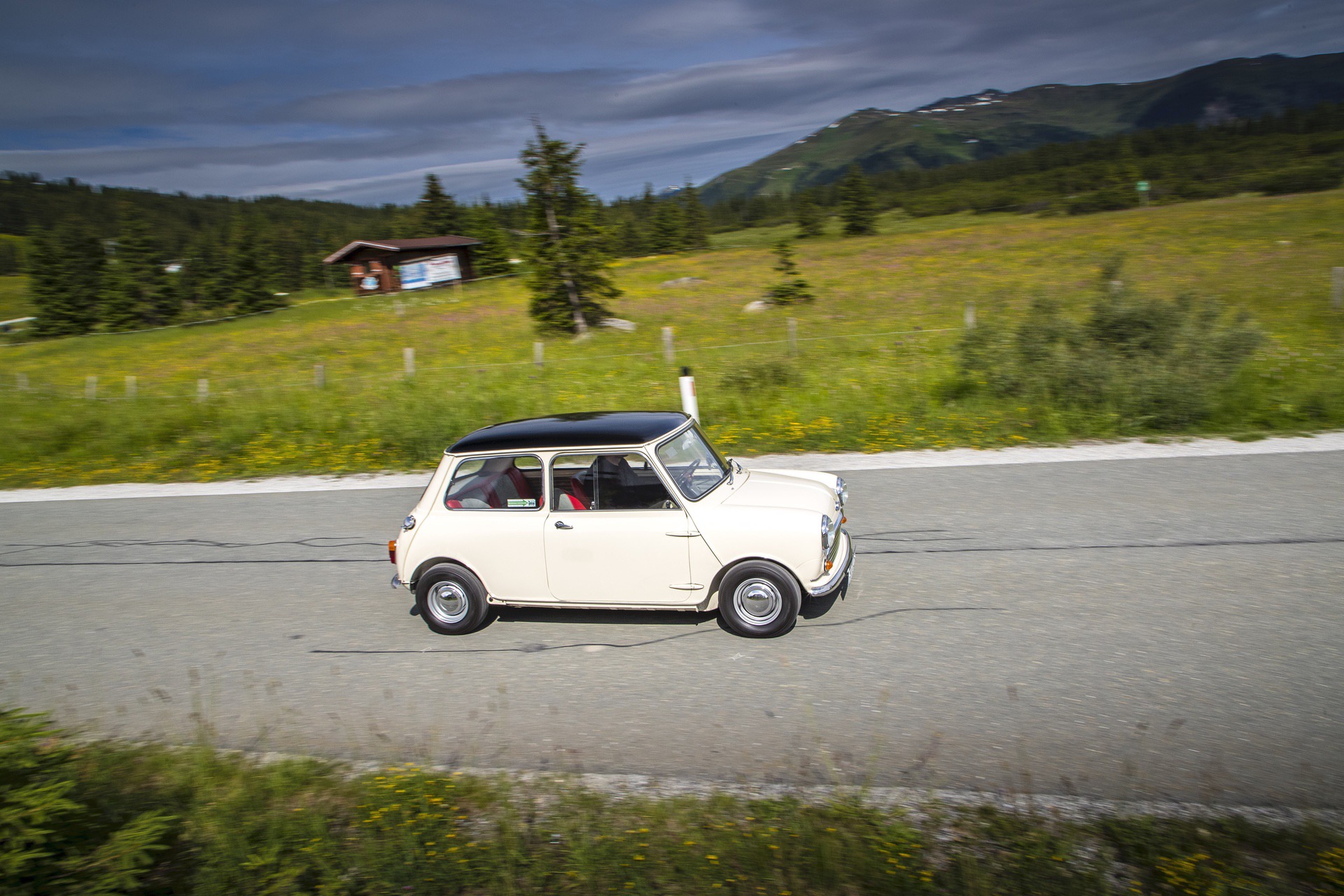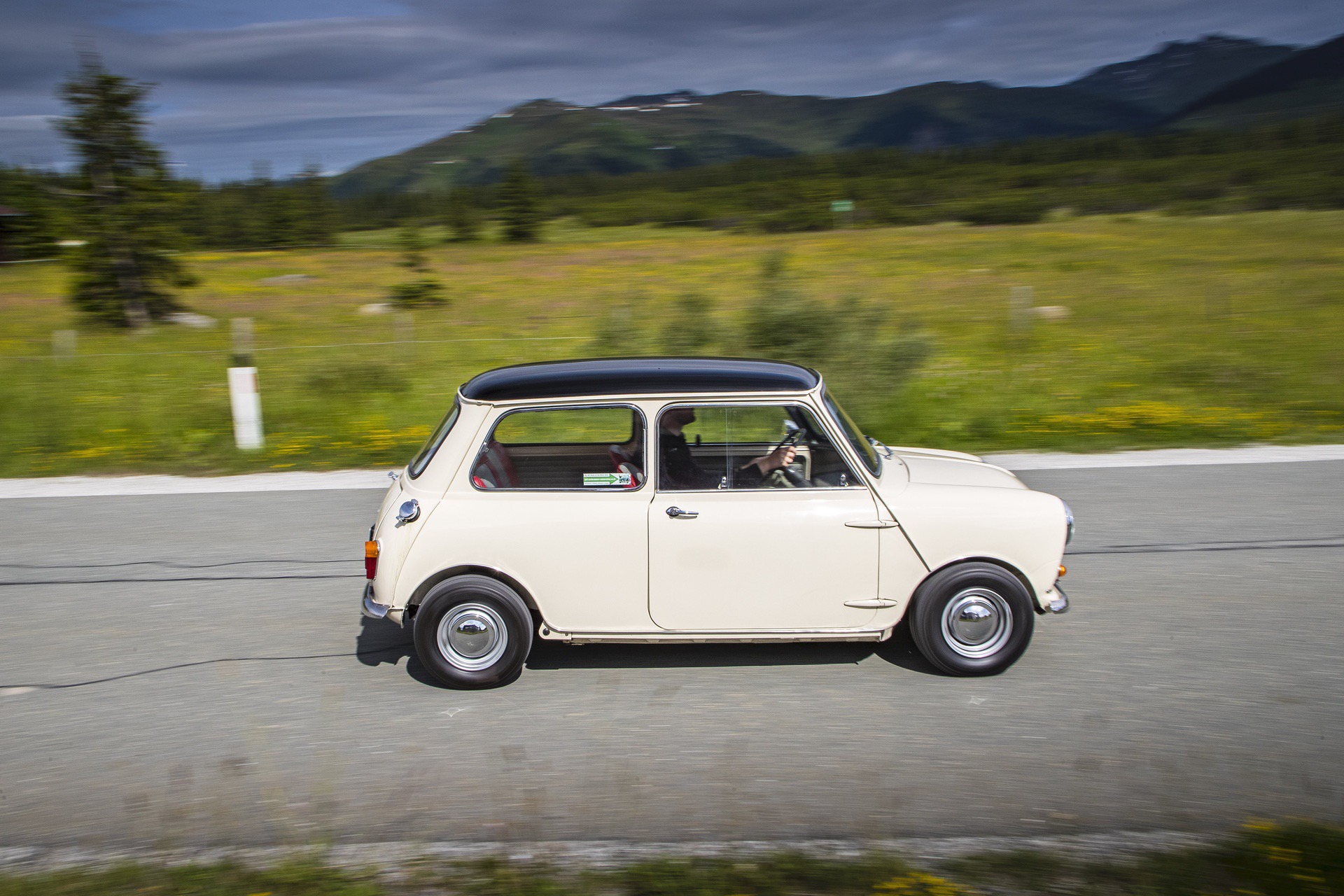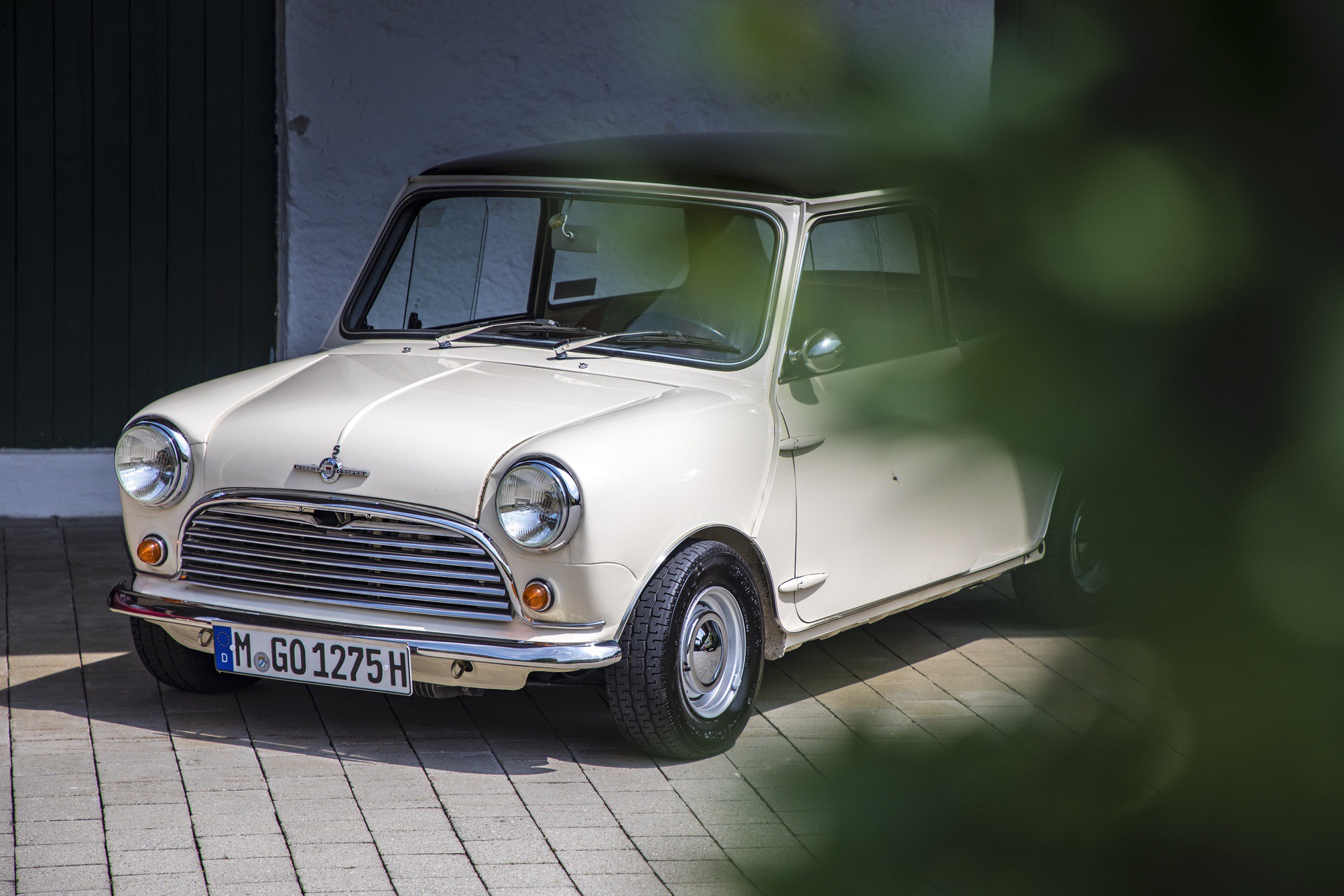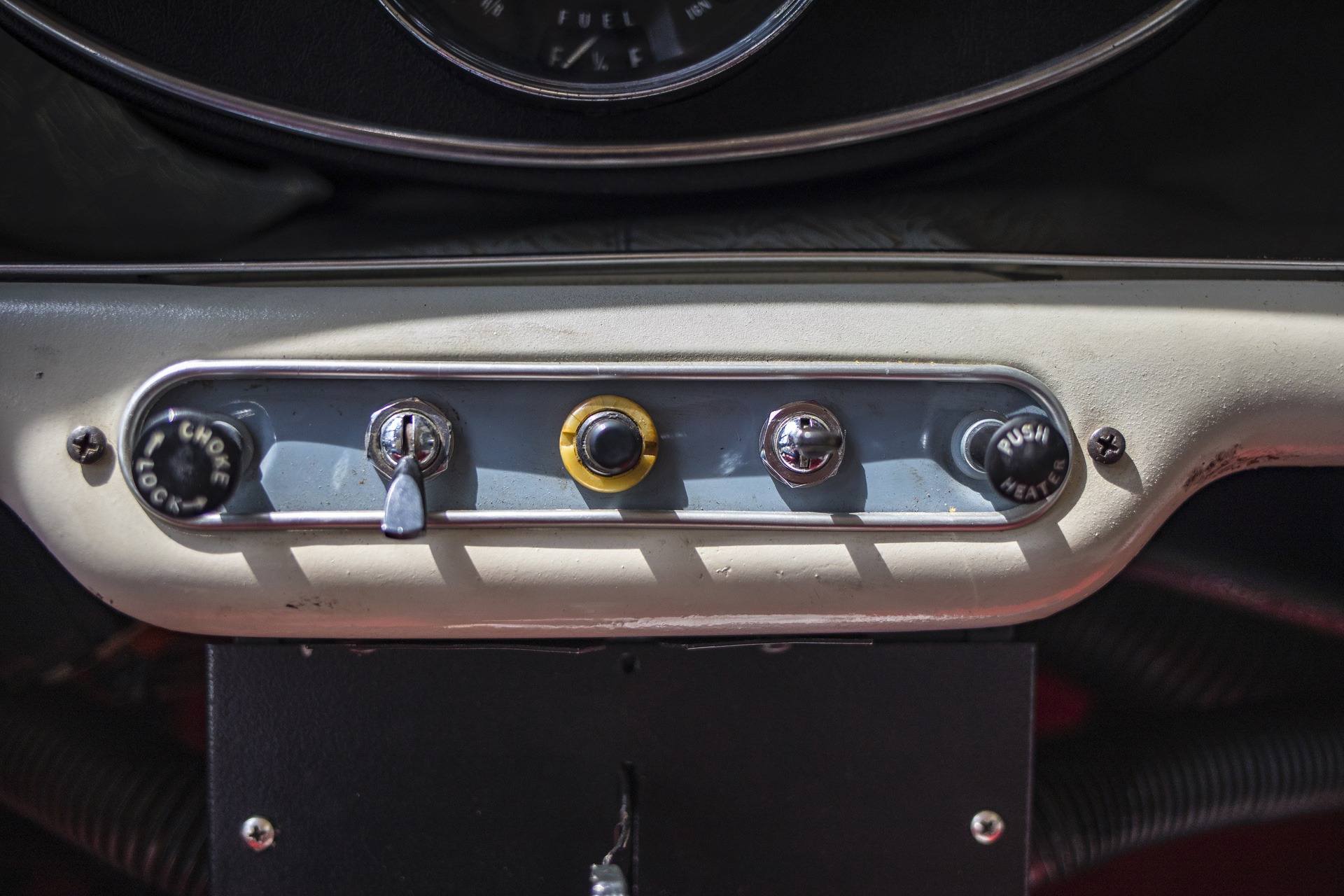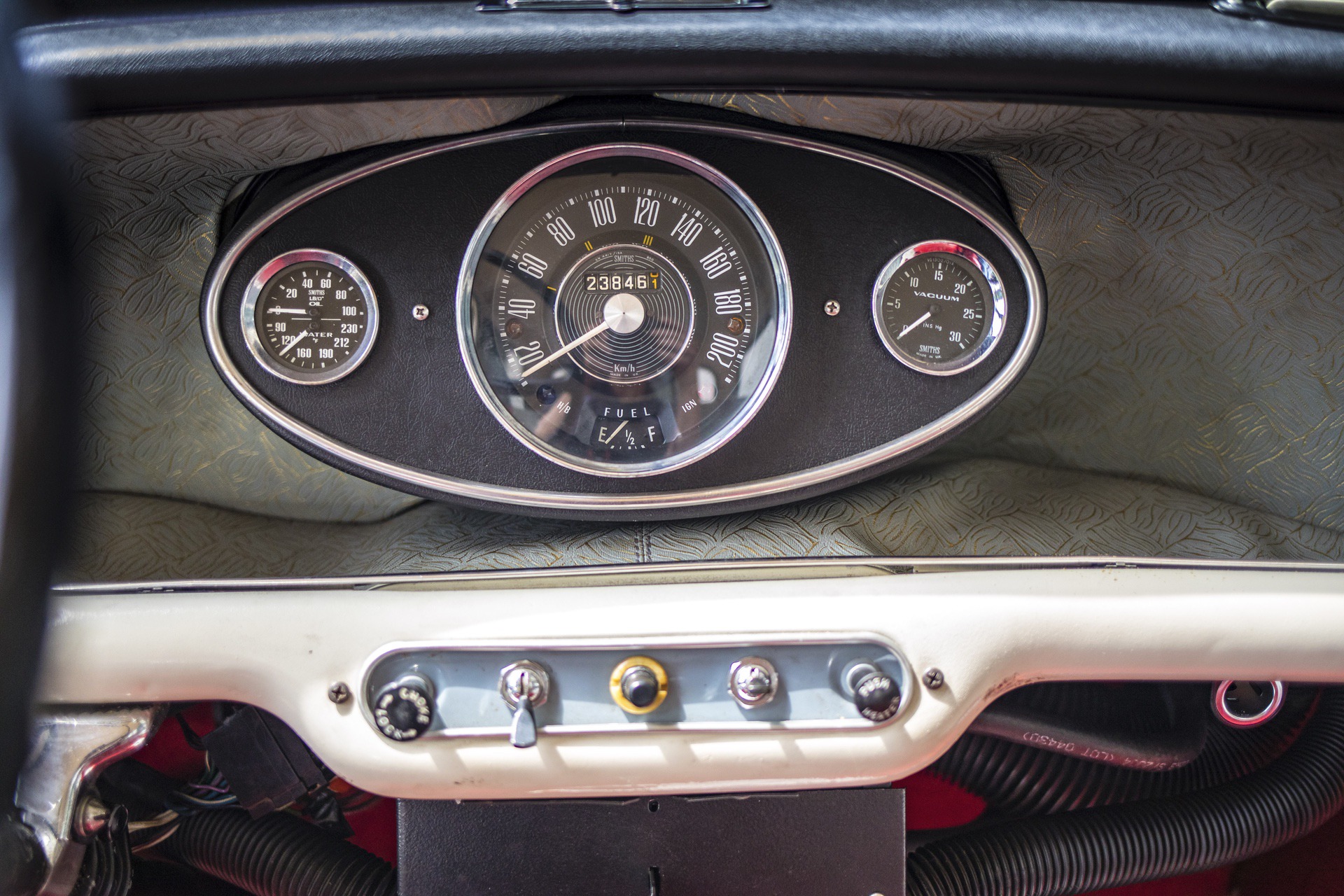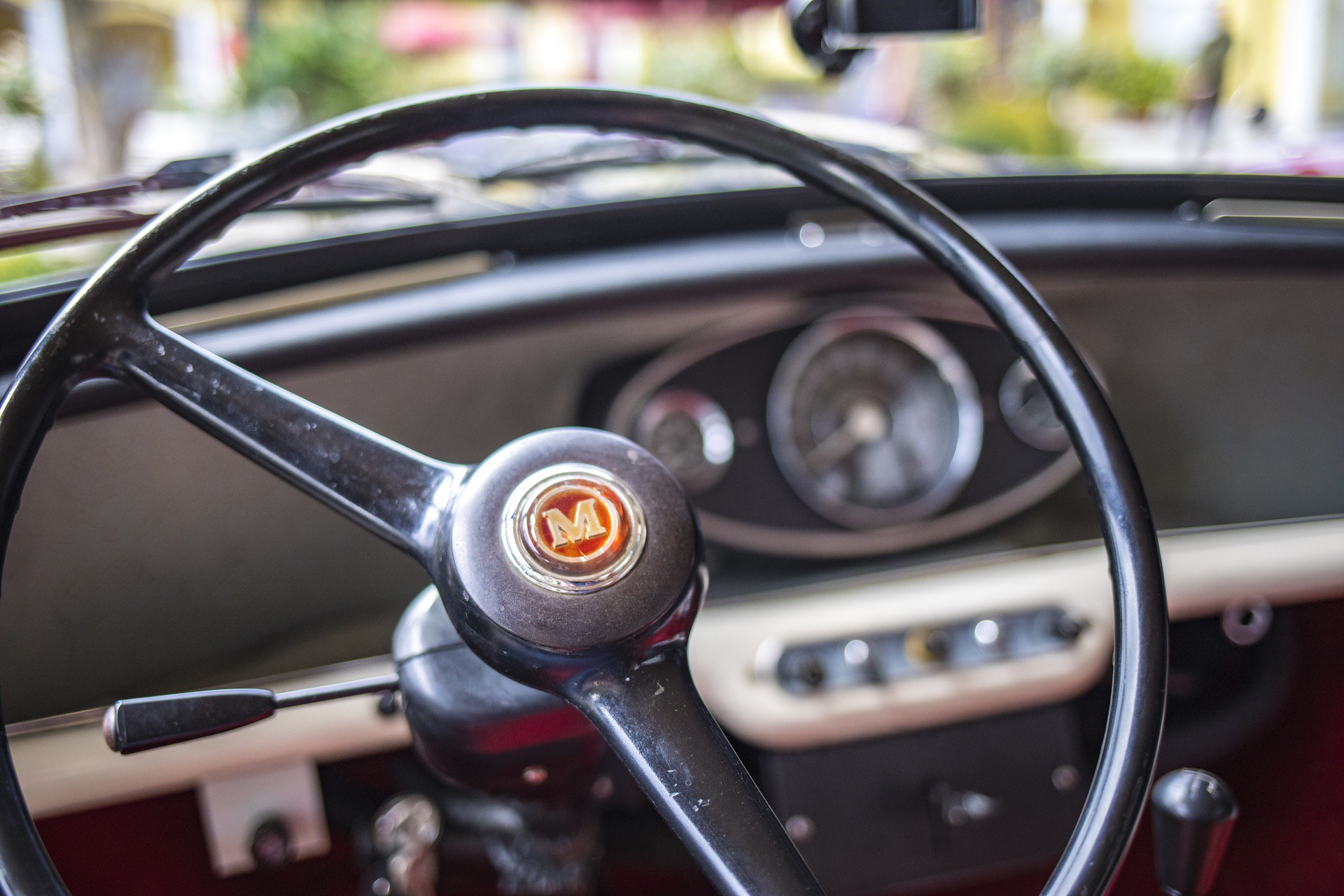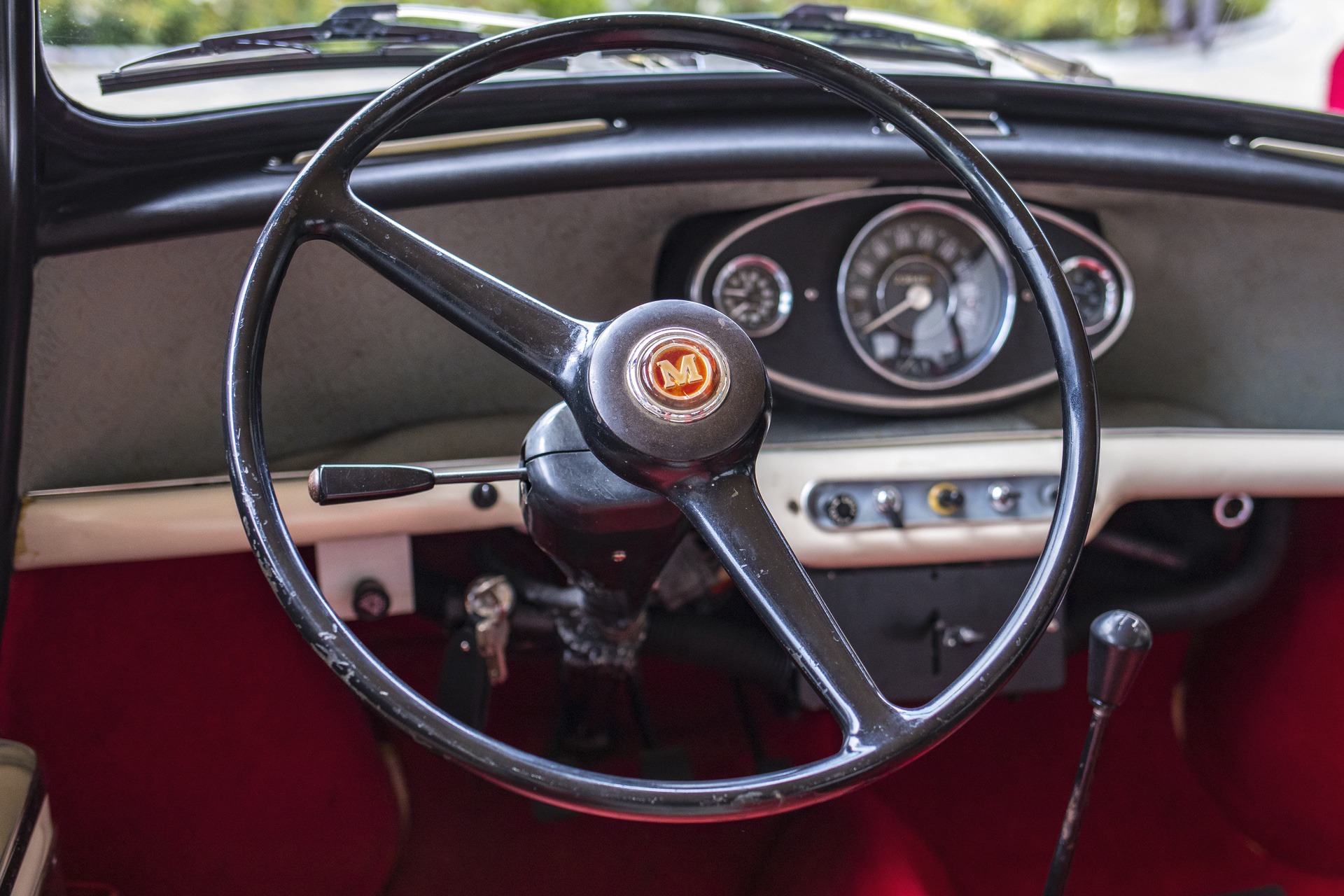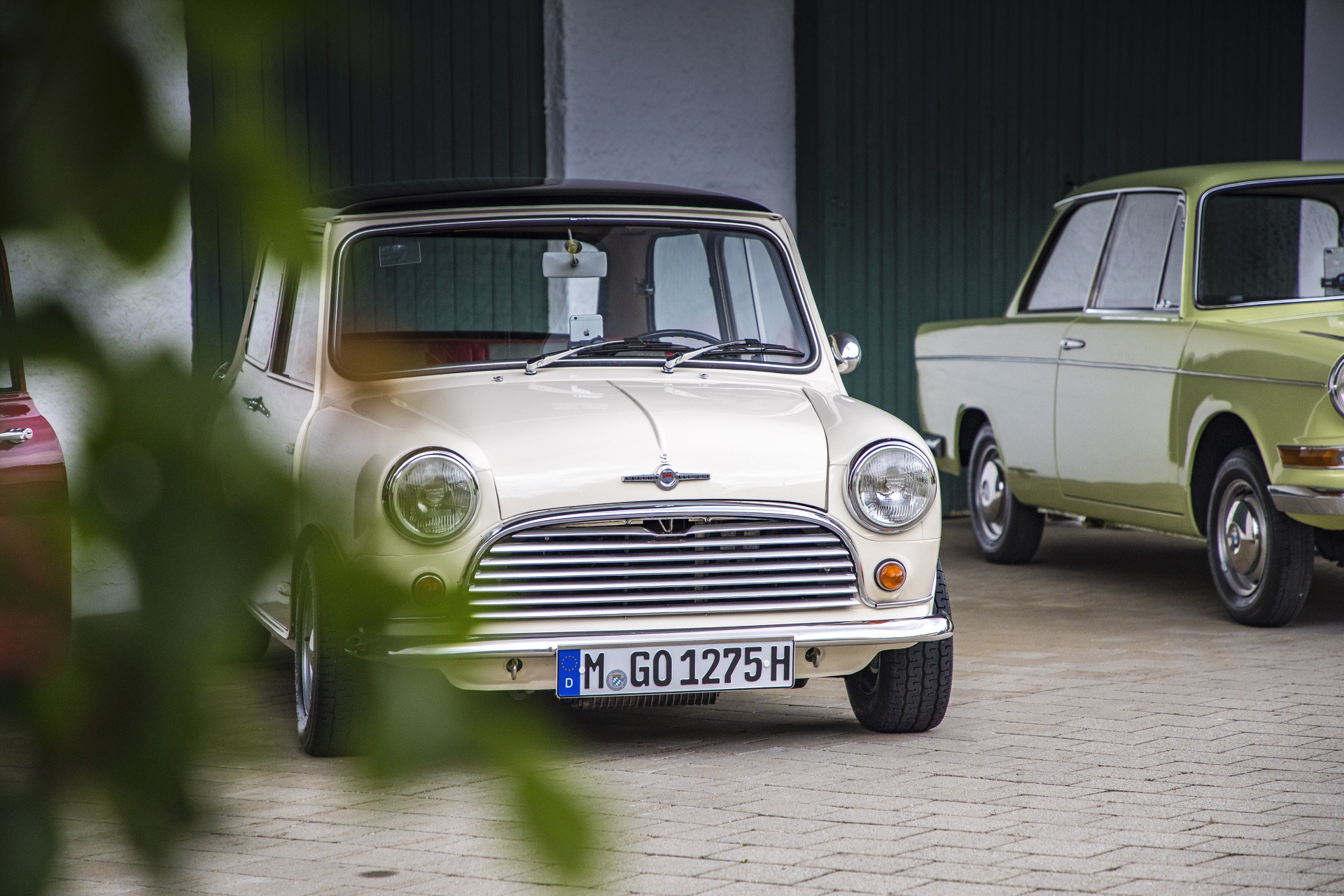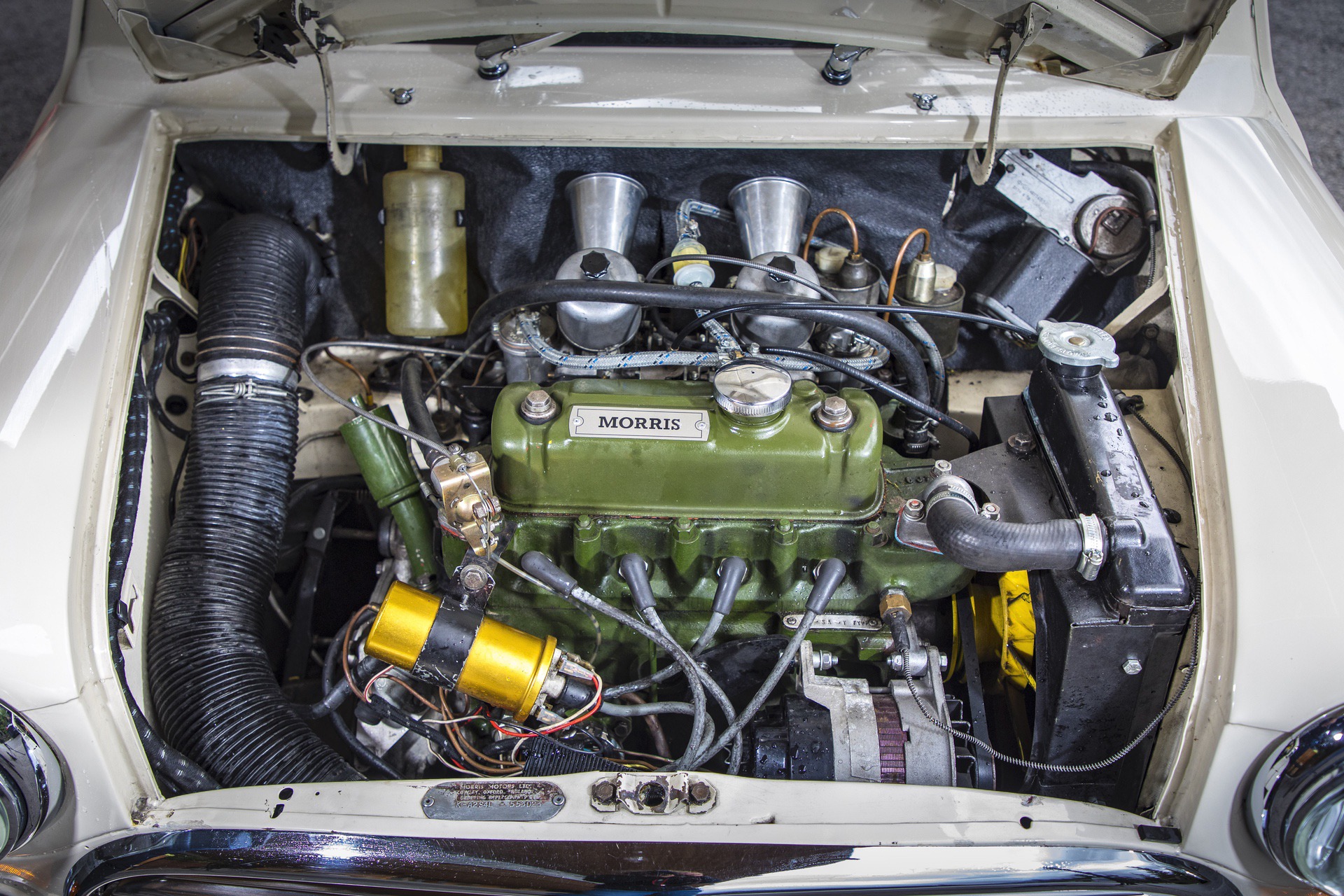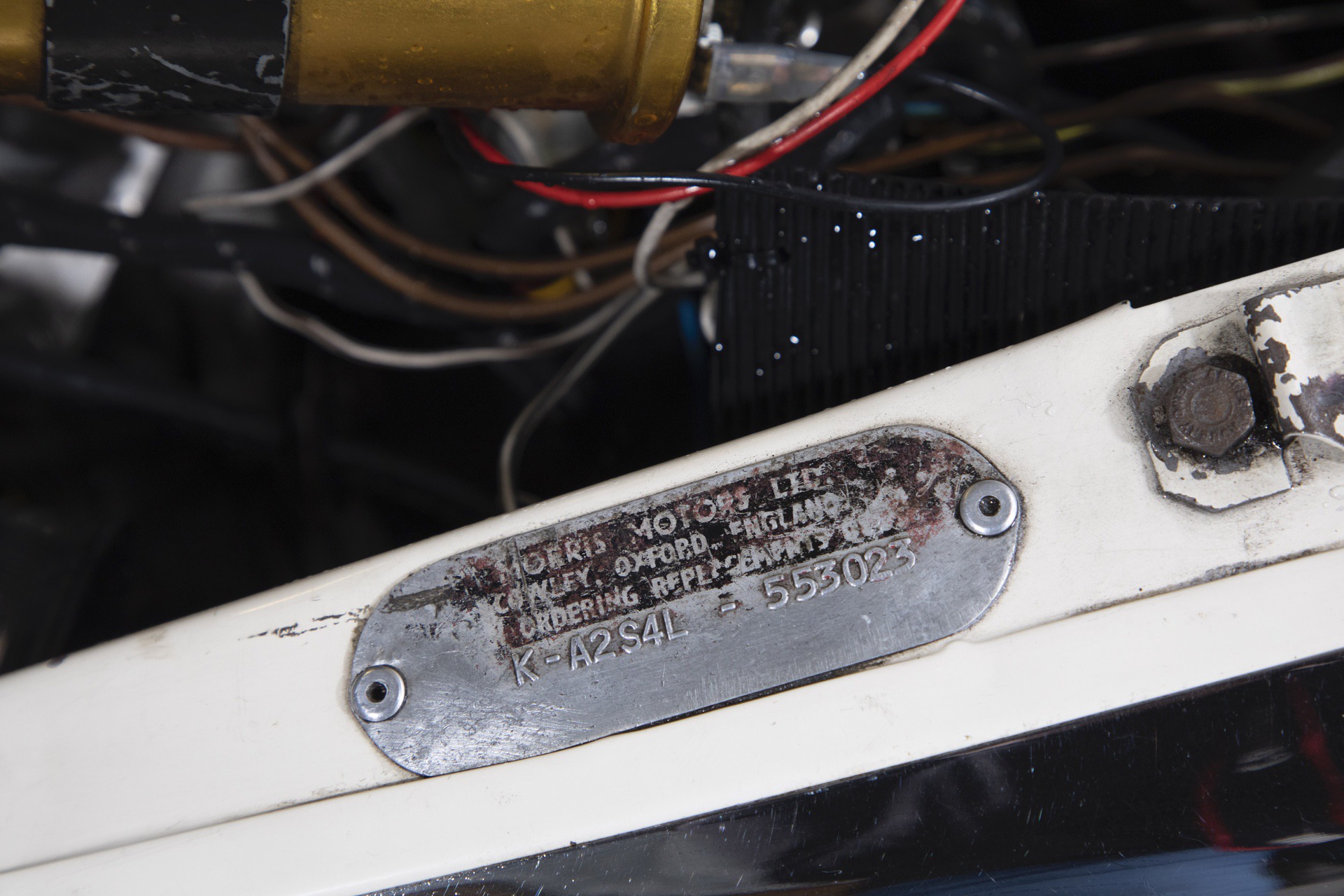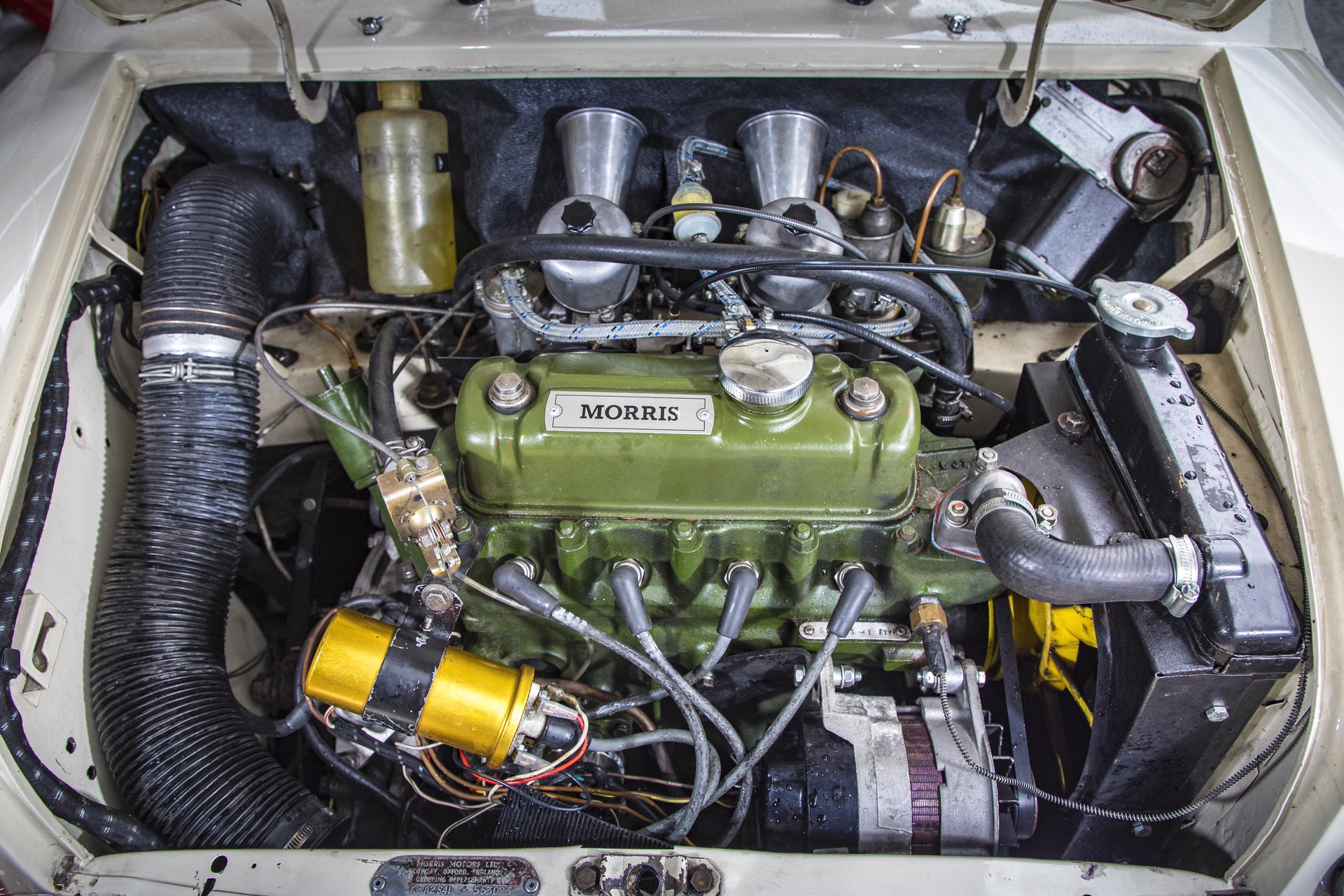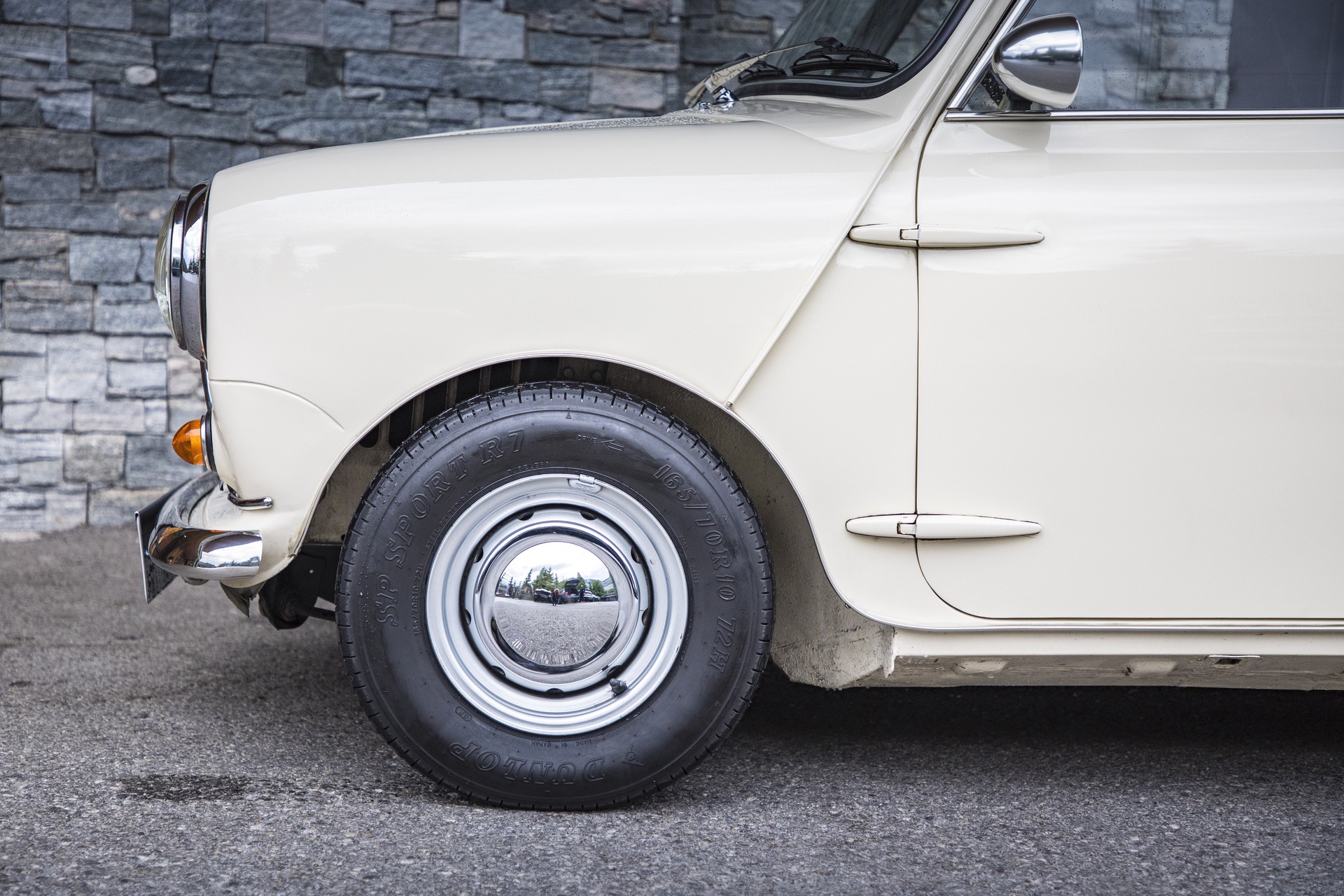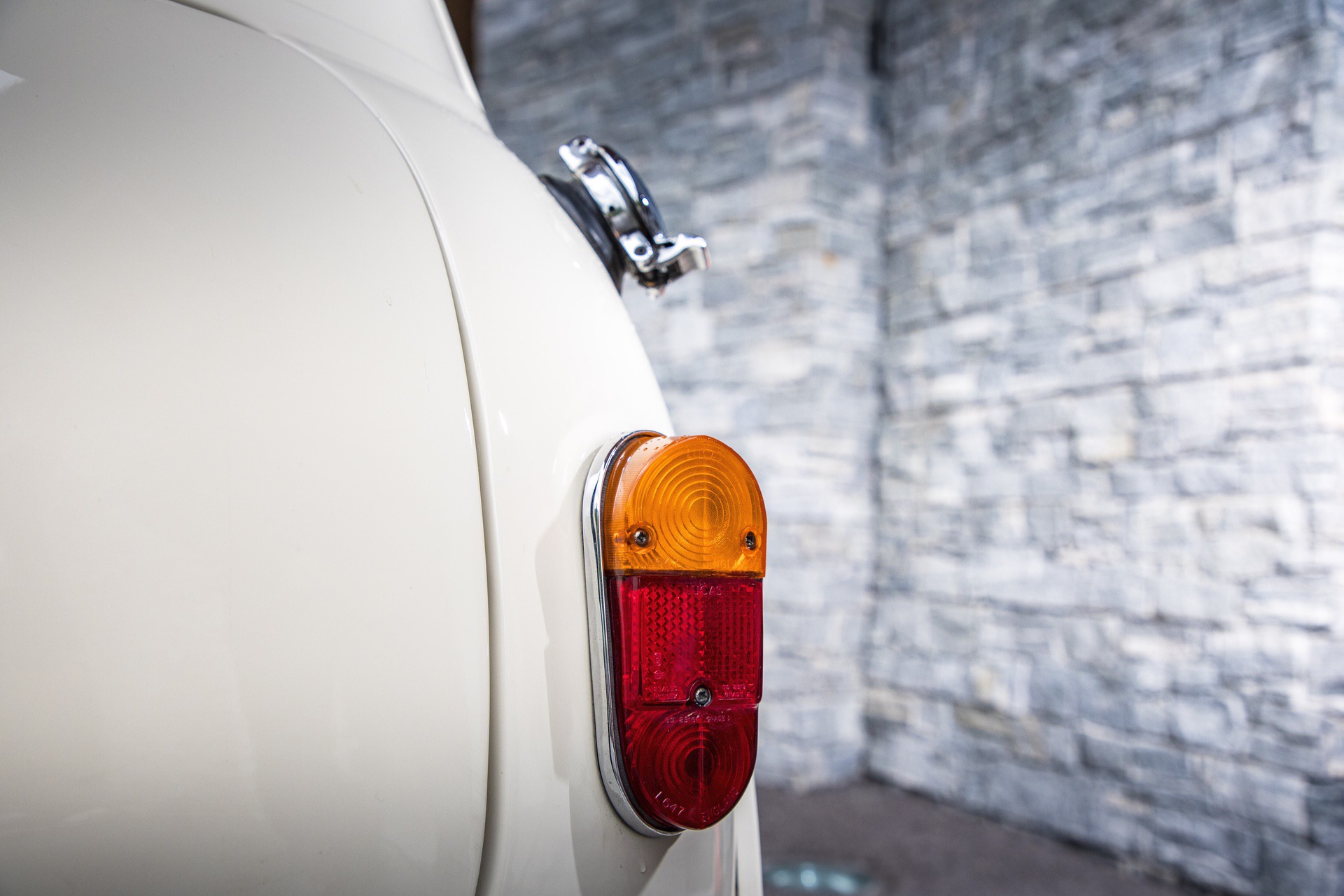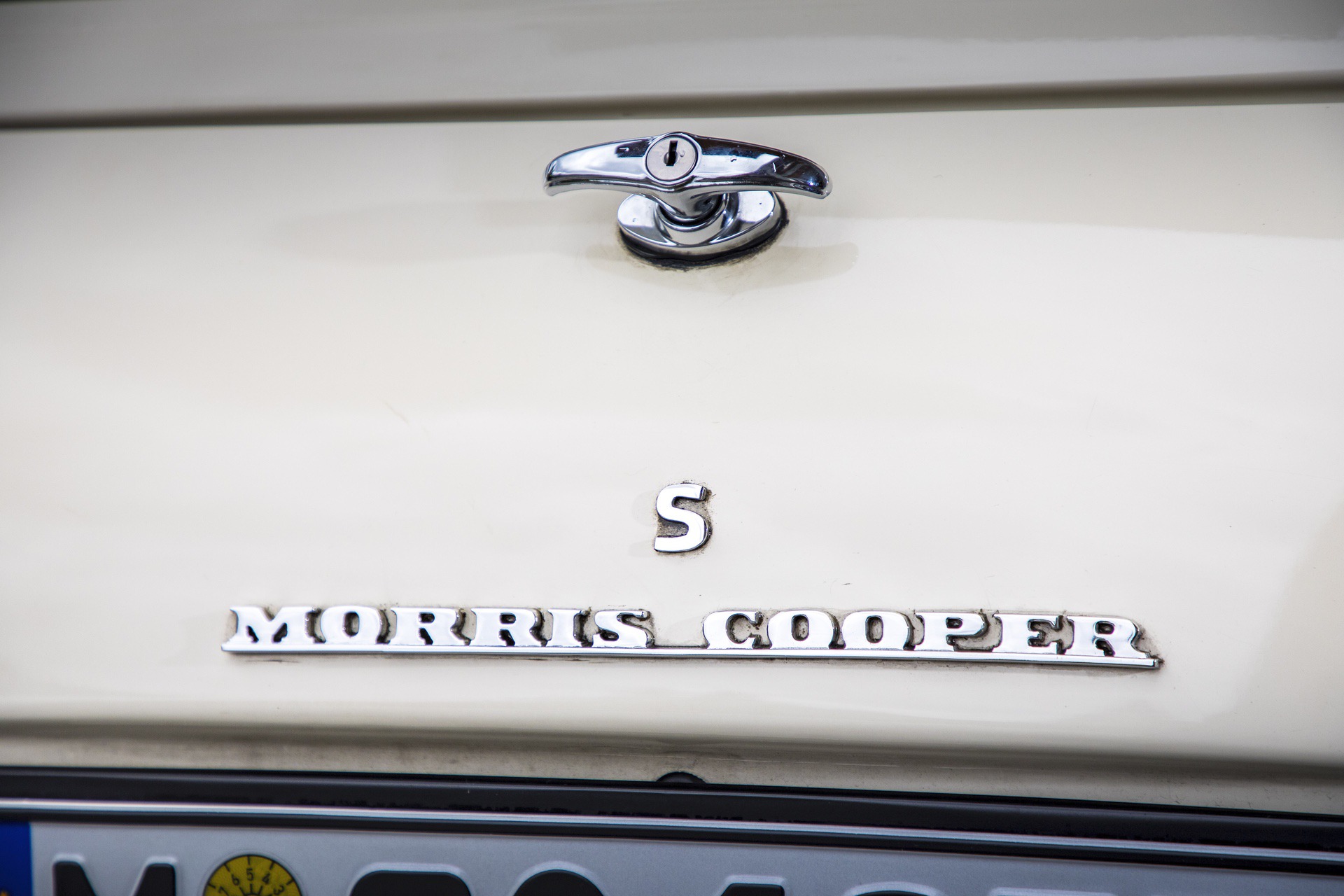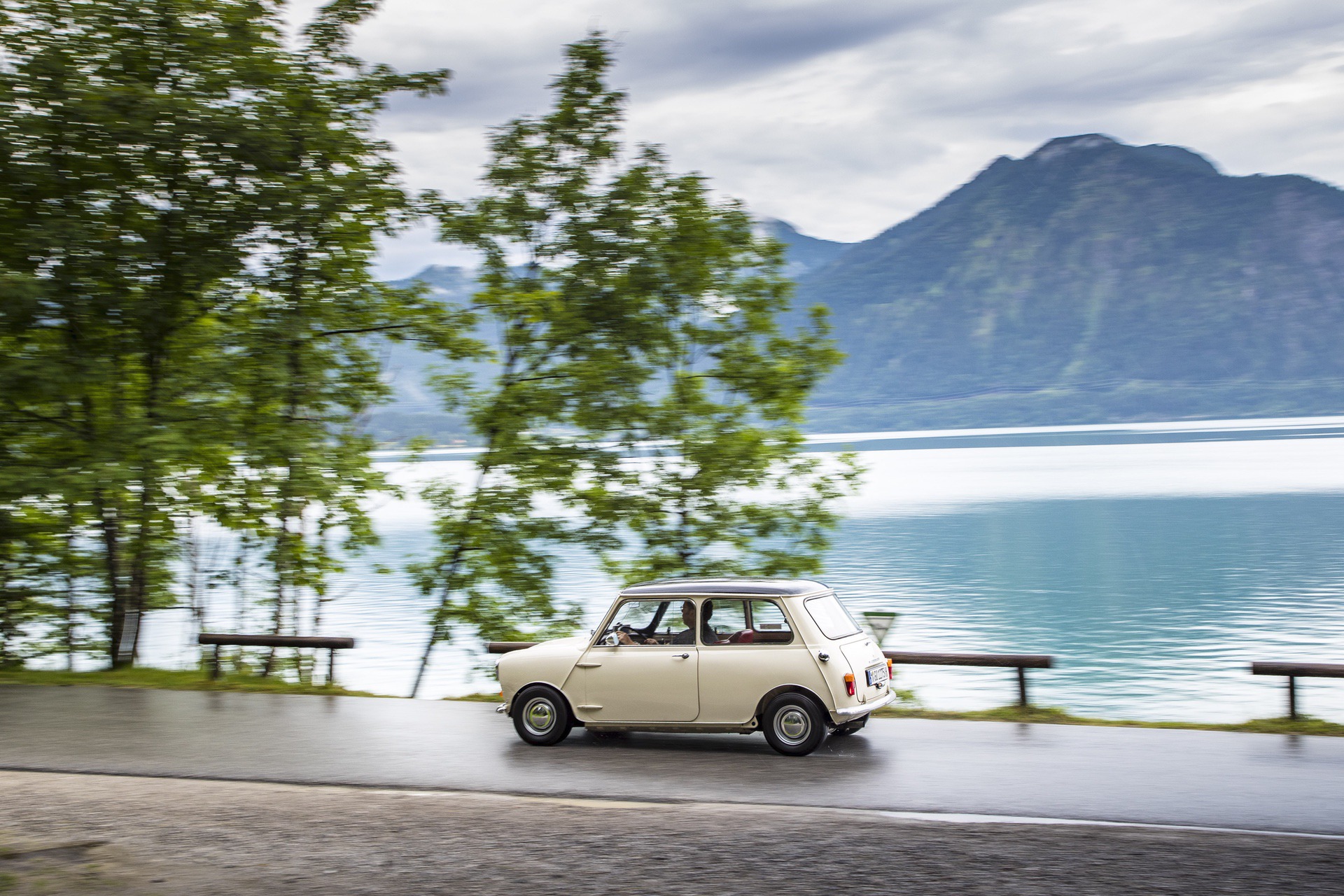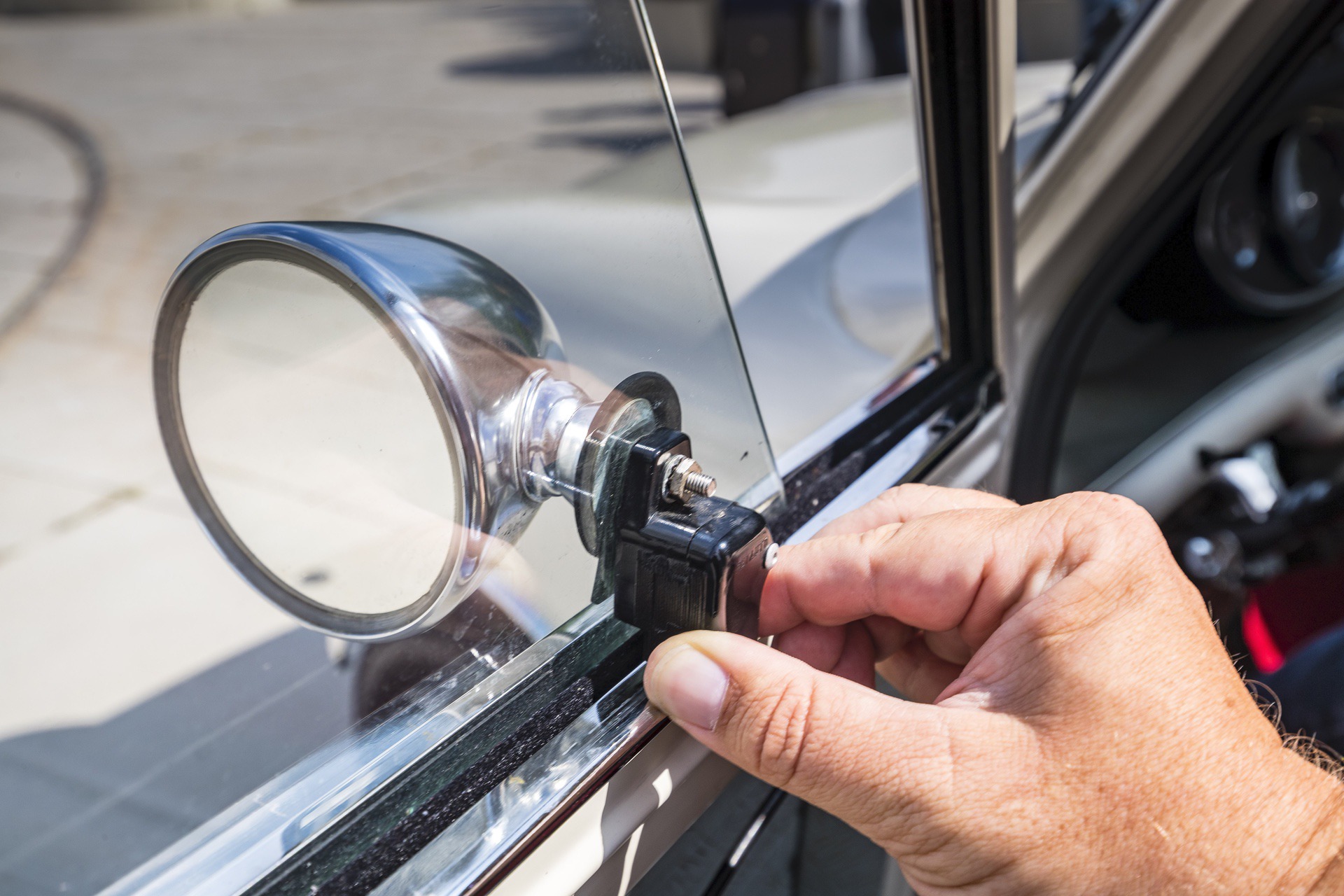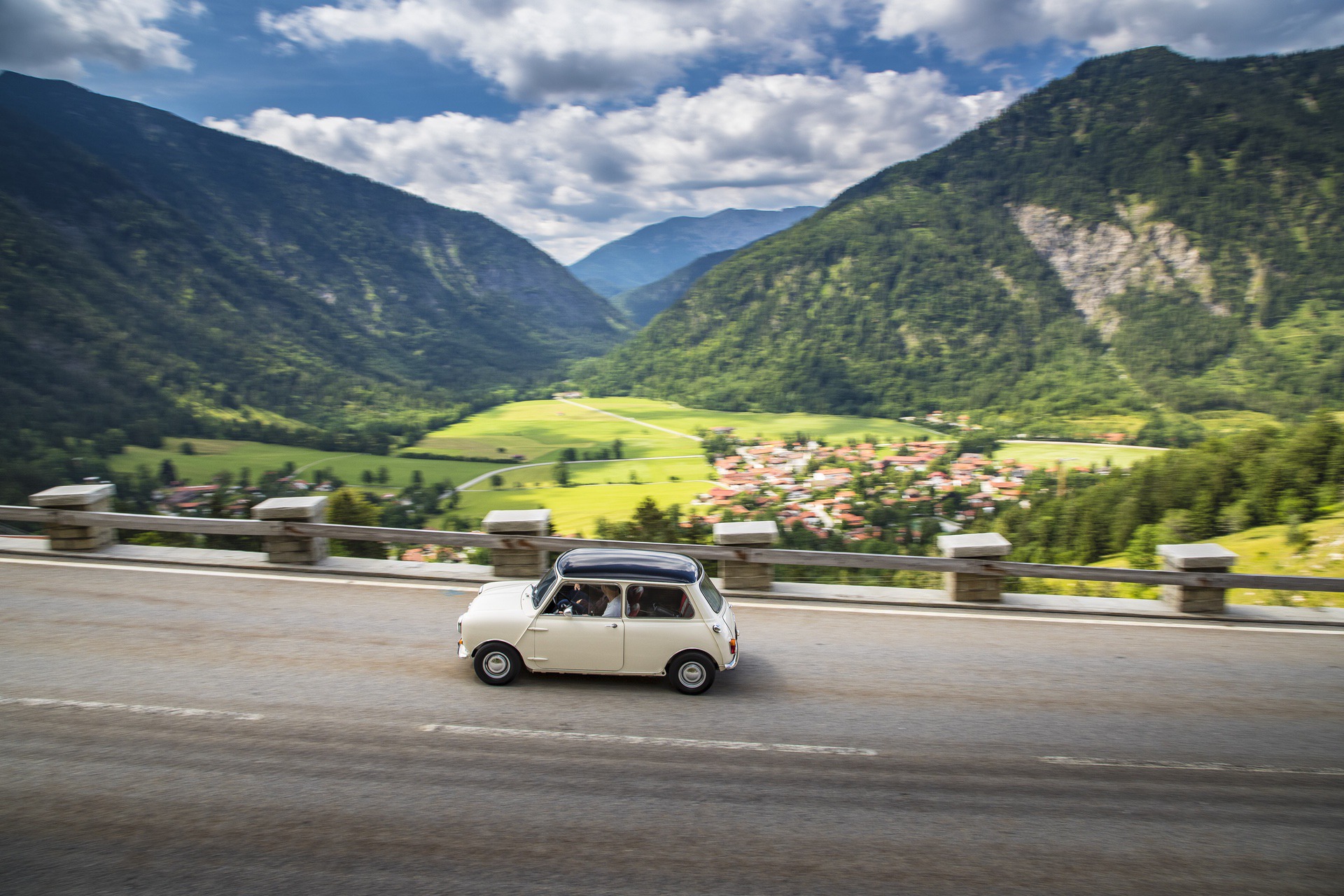Minimalism is a word that’s getting thrown around a lot these days as trends have a habit of popping back up from time to time. Nowadays, the minimalist approach has a lot to do with our apparent goal of saving the planet and cutting back on wastefulness as much as possible. However, some 60 years ago, the same philosophy was applied with a lot more success, for completely different reasons.
The world was recovering from the largest conflagration ever recorded in the long life of our planet: the second World War. This was such a destructive and damaging event that it took the entire planet a couple of decades to recover from it. And yet, people needed certain basic necessities to be covered and ingenious solutions became mandatory to keep everyone satisfied. It was in the 1950s when a certain Alec Issigonis came up with an idea for a car that would require only the bare minimum of resources to be made and run and yet would provide all the mobility needs an entire family could have.
This is how the Mini came to be.
In order to make things work, convention had to be thrown out the window. This was going to be a small car, using the materials already available to the utmost extent of their possibilities to make sure the end result was satisfying. Today, the word ‘minimalism’ is used way too freely, and I myself have done so way too often. In order to truly understand what ‘bare minimum’ means you definitely need to take a ride in a classic Mini.
My chance to do so came a few weeks ago, when BMW Classic invited me over to the Austrian Alps to test one of the first Morris Mini models ever made – a 1959 granny that looked exactly like the car used to advertise the new model throughout Britain back in the day. And by today’s standards, the Mini looks so freakishly small, you’d be prompted to think it’s a toy car, not one that wrote history over the last 60 years. Since the brand is turning celebrating the big 6-0 this year, along with the original Mini I was also introduced to the car that wrote history in the rallying department – a 1967 Mini Cooper S, the ‘hardcore’ model that started the whole ‘go kart’ feeling madness.
However, my trip started with the original and when looking at it from the outside, I had serious doubts regarding whether I could actually fit inside or not. I’m a rather well-built man, at 6-ft tall and 220 lbs so you can imagine, at times, I do feel cramped inside modern cars.
I was surprised to see that the Mini, however, offered ample space for me inside the cabin. It’s quite amazing how much space this thing offers inside the cabin. My guess would be that another three people of my stature could fit in there without an issue, probably prompting the car to sit as low as it has even been, but other than that, the space inside would’ve definitely taken all of us in.
But how is this possible, with a car that’s just 10 feet long? Well, this is where the genius of Sir Issigonis steps in.
The revolutionary trick he used hid under the hood. The 847cc 4-cylinder engine was positioned across the nose, and beneath it the entire transmission for driving the front wheels. This way, about 80 percent of the car’s overall length of 10ft is made available for passenger and luggage accommodations.
Head and elbow room are adequate for both front and rear seat passengers. The rear seat is wide enough for two adults and a small child on shorter journey and that is truly remarkable. Other tricks also help out too, like the fact that you really don’t get anything more thrown in other than seats and a steering wheel.
Everything is reduced to the bare minimum. There are five buttons on the bar of metal you could probably call a ‘dash’ in front of you, a steering wheel with a signal stalk, three pedals and a gearshift lever and that’s about it. Oh, and there’s also a big speedometer in the center of the ‘dash’ that has three lights in it.
That’s all you get.
No rev counter, no useless shenanigans. You don’t even get a lever to open the door, instead being greeted by a loose hanging wire that does the job just as well. You also don’t get a crank to open the windows, this operation being done by sliding the bits of glass on a stainless-steel rail that has holes in it to allow more or less of air to get in.
This is truly minimalism at its core. There’s nothing to hold on to inside either, no handles hanging from the roof, no carpet on the floor, just some rubbery mat that gets the job done. The sheet metal of the floor is so thin you can actually bend it if you press your feet too hard in it and you can forget about sound deadening.
Heck, you only get one sun visor, luckily for the driver.
Even the pedals are small, making driving this thing an adventure from the get go. One issue I found was that the gas pedal was too close to the stick, leaving me no room to actually get my sneaker in there. Thus, I had to get creative to make sure I actually get to drive this thing and not just look at it. I took my shoes off and drove the car using my toes. It was quite an interesting experience, saying a lot about how easy it is to drive it, using solely your toes. I need to point out that this was an issue because our car was a left-hand drive model. On right-hand drive versions – like all the cars sold in the UK back in the day – that wouldn’t have been an issue.
Without any sort of electrical help, I set off, with no power steering or any sort of assistance from the car. This was going to be an adventure. I soon learned that there’s simply no need for power steering. Those comically small 10” wheels of the Mini were easily turned thanks to the huge steering wheel sitting in front of me. The biggest issue was adjusting the rearview mirror. No, not the one inside, which wasn’t larger than an iPhone 4 screen, but the sole side mirror I had, which – of course – was not electrically adjustable and was sitting neatly on the front left side fender. Thus, adjusting it required getting out of the car, moving it, getting back in and checking if it’s ok. After several attempts to adjust it I just gave up and came to terms with the fact that I will only be using the interior mirror.
Setting off I also noticed how important sound deadening is. Don’t get me wrong, I love hearing an engine rev up too but after a while it does get tiring. But that’s how it is with a car that’s 60 years old. It was all analogue, a back to basics experiment if you will and one that felt marvelous. The small Mini was fast to accelerate, the four-speed gearbox not terribly precise, but it did its job. The small 847-cc engine would scream once you reached 50 mph so I wouldn’t dare push it any further, even though BMW Classic mechanics told me I could’ve pushed it harder. I was completely good with 50 mph though, especially since such a car, with a thin sheet of metal separating your feet from the asphalt below does amplify the feeling of speed once inside.
What did surprise me immediately though was how fun the car felt. The throttle response was immediate and the engine was also rather willing to rev, going up in RPM fast, making you want to change gear as soon as possible. All this contributed to the feeling of speed you get inside the car. The classic Mini has its wheels at its extremities and that makes a big difference when pushing it. You feel very stable at all times and you know exactly what each wheel is doing, which is rather interesting, especially compared to new cars.
It basically completely reshaped my understanding of the word ‘feedback’. Push the car hard into a corner and its behavior is predictable and clear cut, with no surprises whatsoever, making you feel in control at all times. The brakes were adequate too, drums all around, good to stop the light, 30-HP machine on a dime if you wanted them to.
And while I was walking away from this Mini being completely baffled at how much fun it was, a couple of days later I also got to drive the iconic Cooper S, a car that wrote history in rallying events, blowing away much bigger and more powerful cars. Reading about it, you can’t help but wonder just how could that have been possible but driving it you realize that it was simply the brilliance of the Mini design that made it stand out in the crowd.
“Watch the brakes in that Cooper S, guys. It has a lot more power than the 850 but the same brakes and you don’t want to be surprised by them in a fast corner,” said the chief BMW mechanic before getting into the 1967 Mini Cooper S 1275 GT. This was a big step up from the normal Mini, in a lot of ways, and a completely different beast.
First of all, as the name suggests, even though the two cars looked roughly the same from the outside the 1967 model had a roughly 1.5-times larger engine. The 1,275-cc unit wasn’t stock either, something I discovered by accident by popping the hood to take a look at the engine. It had been upgraded with a different intake too, in order to probably squeeze more power out of it.
Getting behind the wheel was a trip too, as the seat was positioned differently compared to the standard Mini. I couldn’t get it to slide all the way backwards which made driving this thing a lot more uncomfortable overall. Luckily, at least the gas pedal wasn’t nearly stuck to the gearshift lever this time.
Setting off you’d immediately notice the extra power. The throttle revs even faster, the flywheel probably weighing 4 lbs, and the clutch hooks up close to the floor. Everything is more alive and the work of a certain John Cooper can be immediately felt. I set off in this British White Cooper S knowing that the brakes won’t be a match for the power of the car and yet I had to push it, to see how it’s like. Needless to say, it went beyond my expectations. If the Mini Minor felt composed and fun, this thing felt wild and dangerously fast.
It was mostly an impression, as the car rarely went over 60 mph but it felt so much more poised. The suspension was harsher and the engine, Oh!, that engine was brilliant. The induction noise was so loud you could barely understand your own thoughts, and the exhaust pitched in as well, making it all quite a loud experience. Compared to the 1959 model, this Cooper S had 80 HP according to the mechanics, a rough estimate if you ask me. But even so, if you do the math, you realize that’s roughly a ratio of over 100 hp/ton, something a lot of modern cars these days can’t match.
Press the throttle to the floor and the revs go up in the blink of an eye. The fumes from the carburetors get inside the cabin and you immediately have to open a window to make sure you don’t asphyxiate. The problem there is, there only side rearview mirror on the car, on the driver’s side window, is hooked to the glass. Therefore, once you open the window, you can kiss seeing anything in it goodbye.
You don’t really need a rearview mirror though, as you’ll be passing most cars on the road too. The front-end grip is amazing and due to the kind of speeds you can carry through corners, you can occasionally get the rear axle to lift off, in an incredible display of agility. The Dunlop tires we had on were amazing too, providing tons of grip, even though at one point it started raining. It was a maddening display of speed and agility up until the moment the engine simply died on us. That’s to be expected on a car that’s over 50 years old and was pushed to its absolute limit on some of the most challenging roads the Alps have to offer.
As I was driven back to the hotel in a BMW 3.0 CSi, I thought about the time spent inside these brilliant Minis and, all of sudden, I started to understand why some people just can’t agree with that name being used today on cars like the Countryman. By comparison, the essence of what the brand and the cars stood for back in the 1960s is gone. The difference in sheer scale is maddening, and even though BMW is marketing ‘Mini’ to be a premium brand, that misses the point entirely.
The originals were so good because they were reduced to their bare minimum. All you needed to get around, in a hurry if need be, was there. Everything else was left out, on purpose. Today that minimalist approach is gone and yet, BMW deserves a pat on the back. Before you start cursing, hear me out.
Times have changed and the customer demands have followed through. Keeping the MINI brand alive alone is a struggle in this SUV and Crossover dominated world. And yet, BMW not only did that, they made the company profitable once they took over. Sure, by comparison, the MINI Hatch of today seems like a behemoth compared to the original but then again, if you look at today’s landscape, the MINI hatch is still one of the smallest cars you can get today so I think it’s safe to say the spirit of the original is still alive, especially once you get behind the wheel and get going in a hurry.



